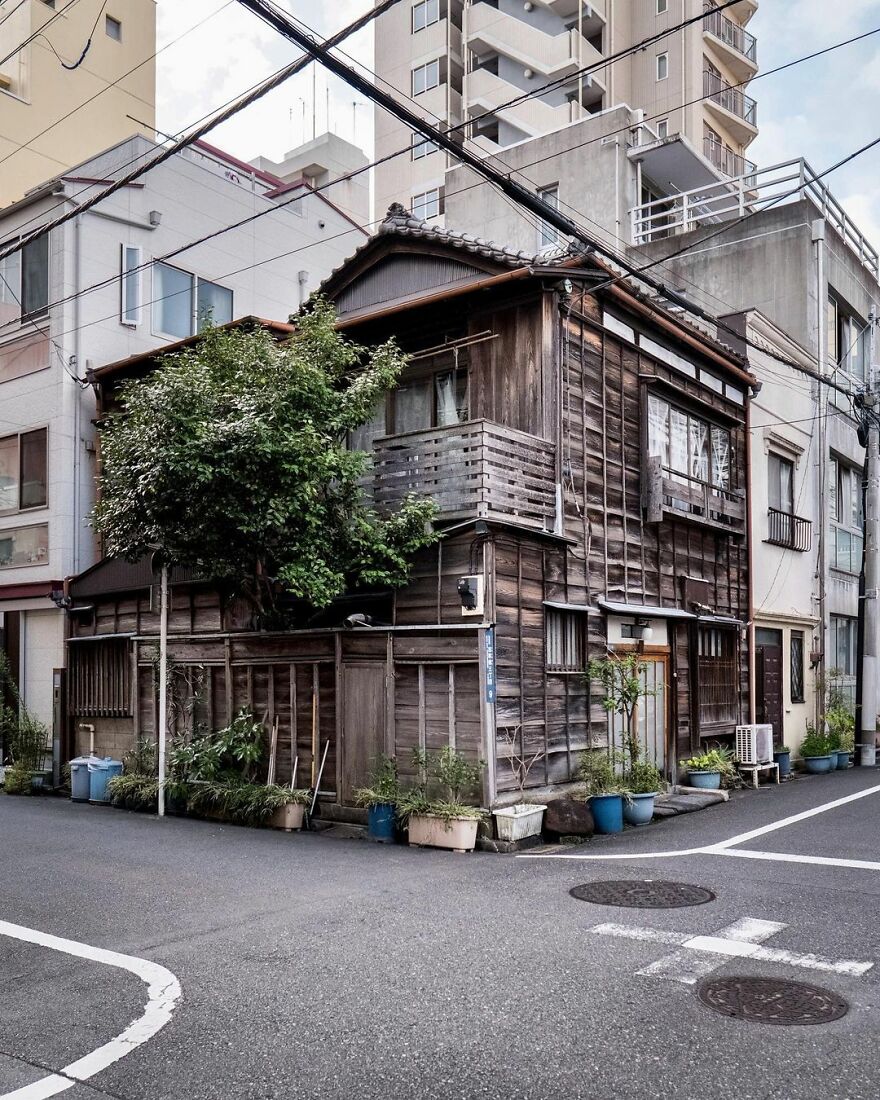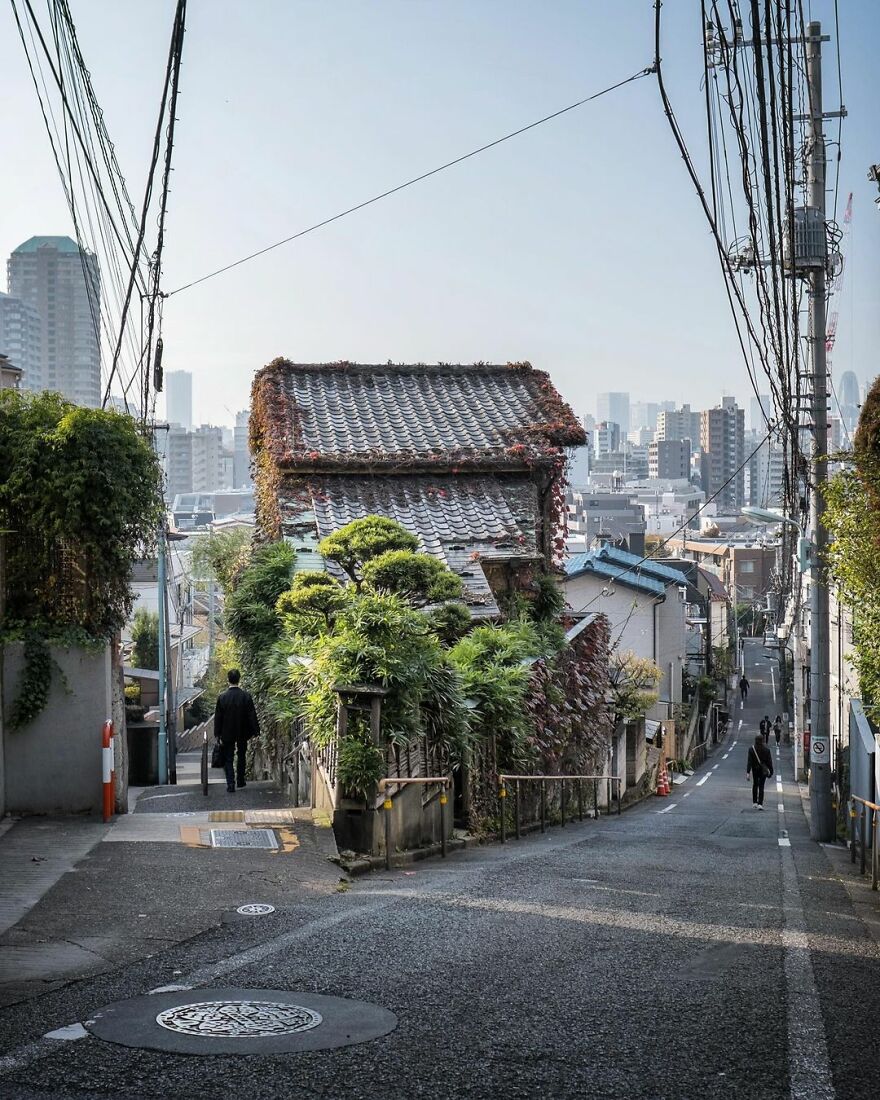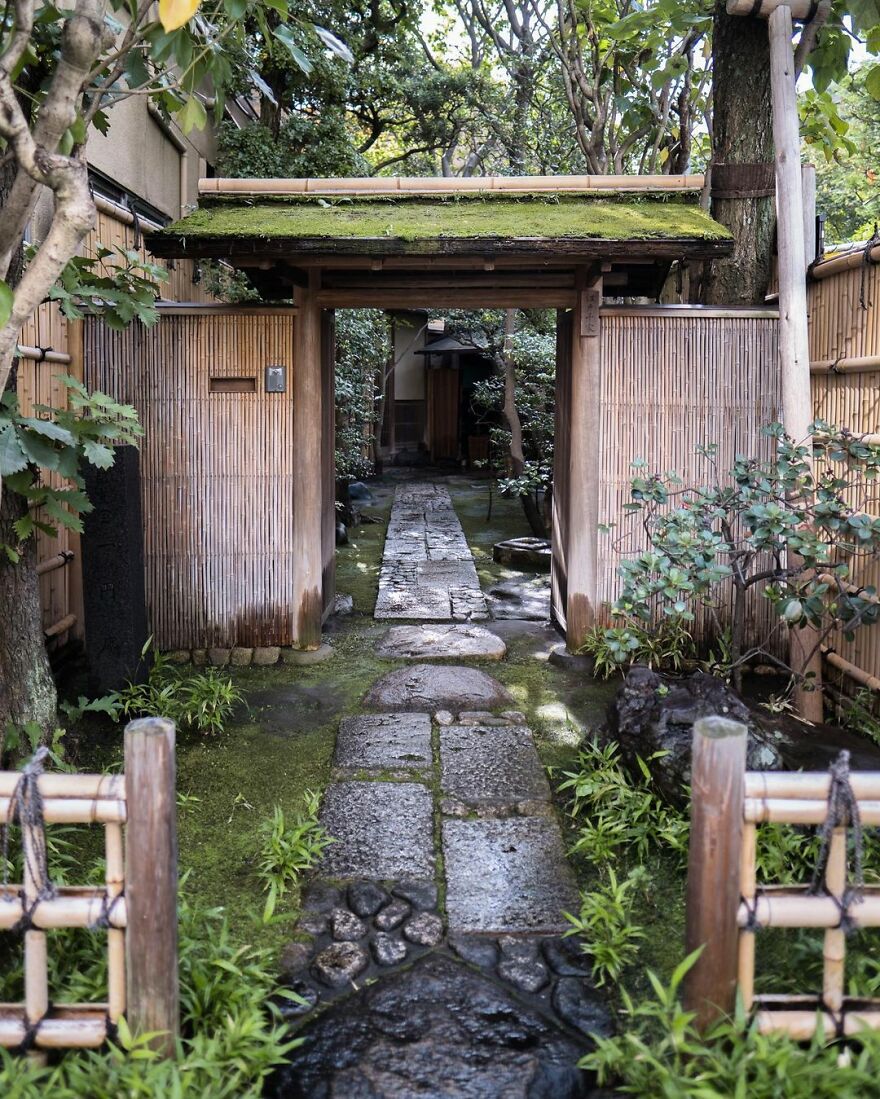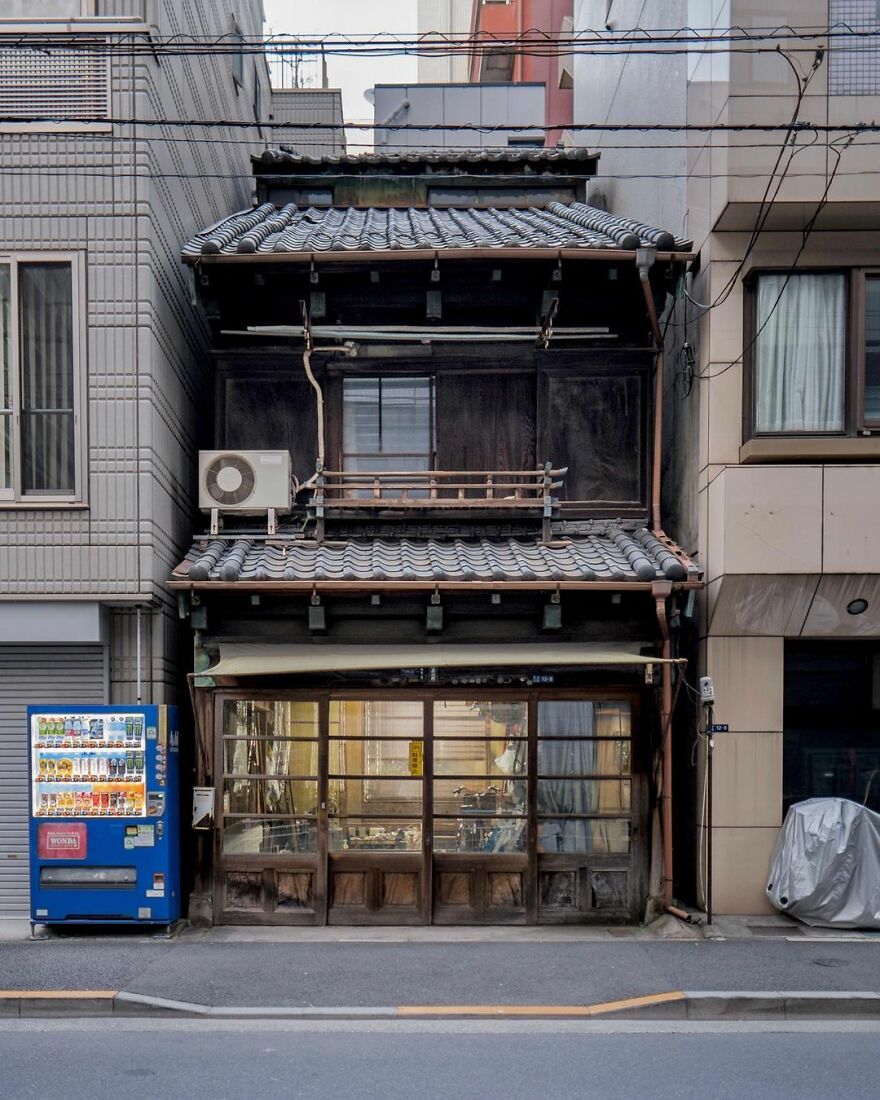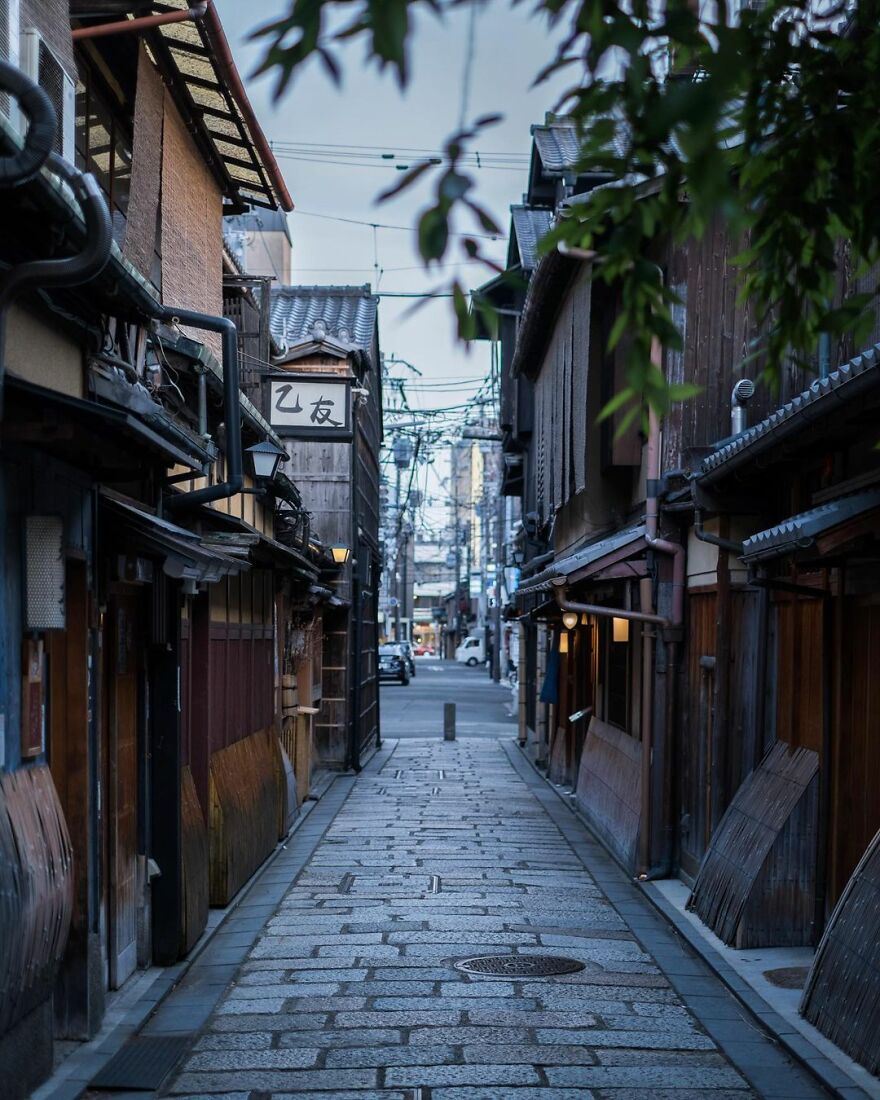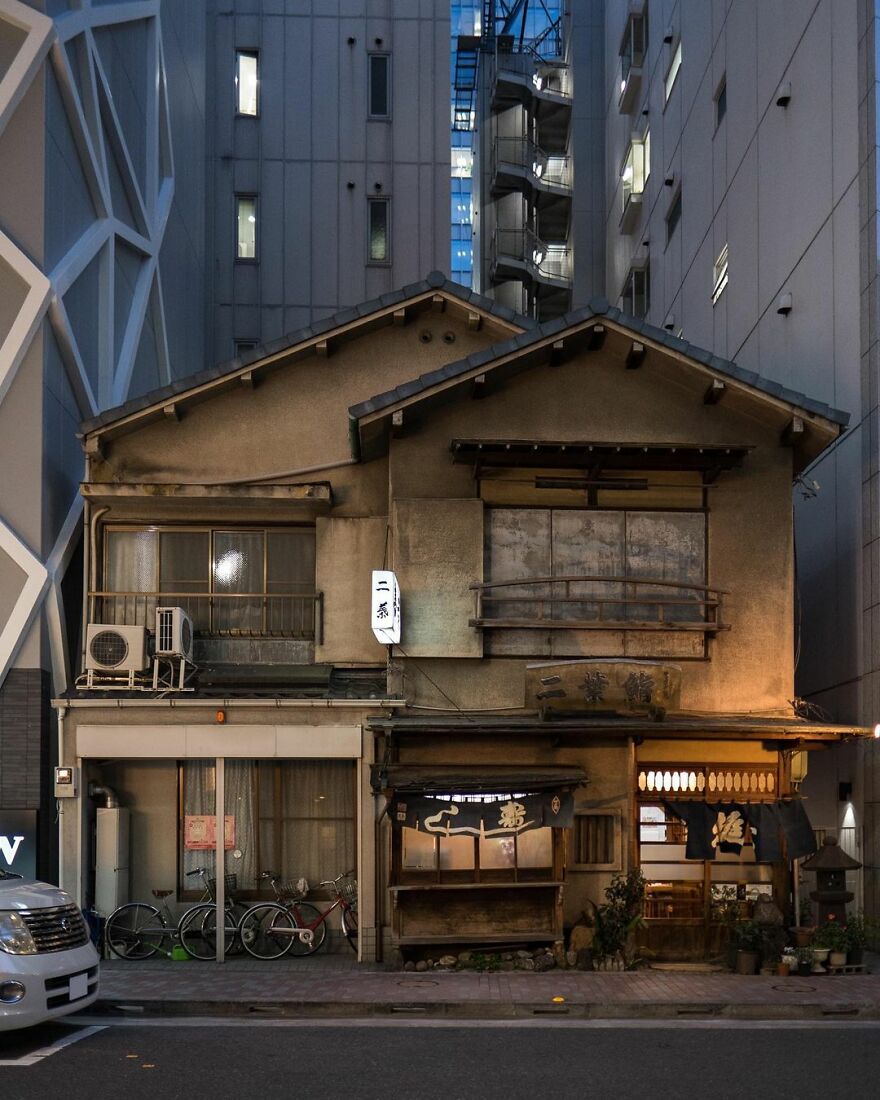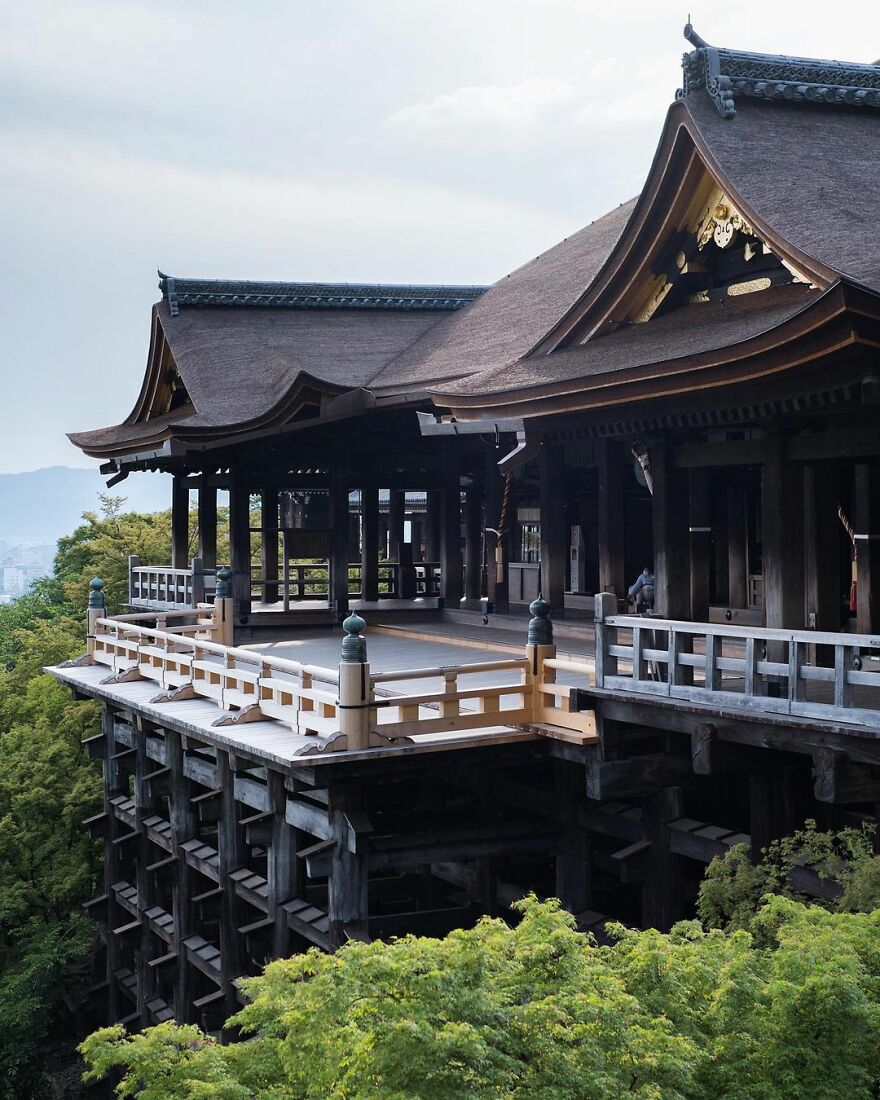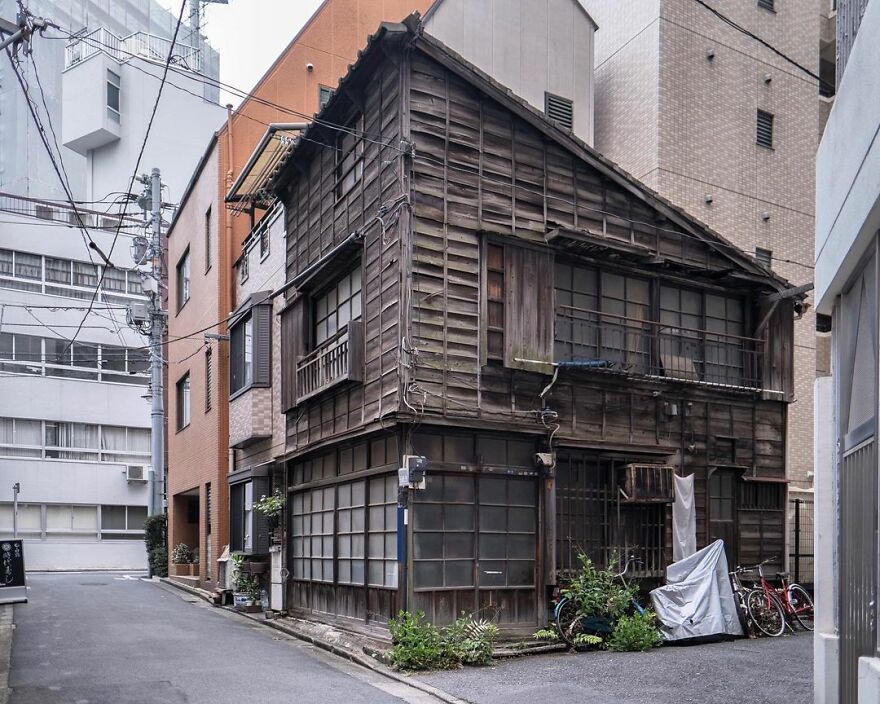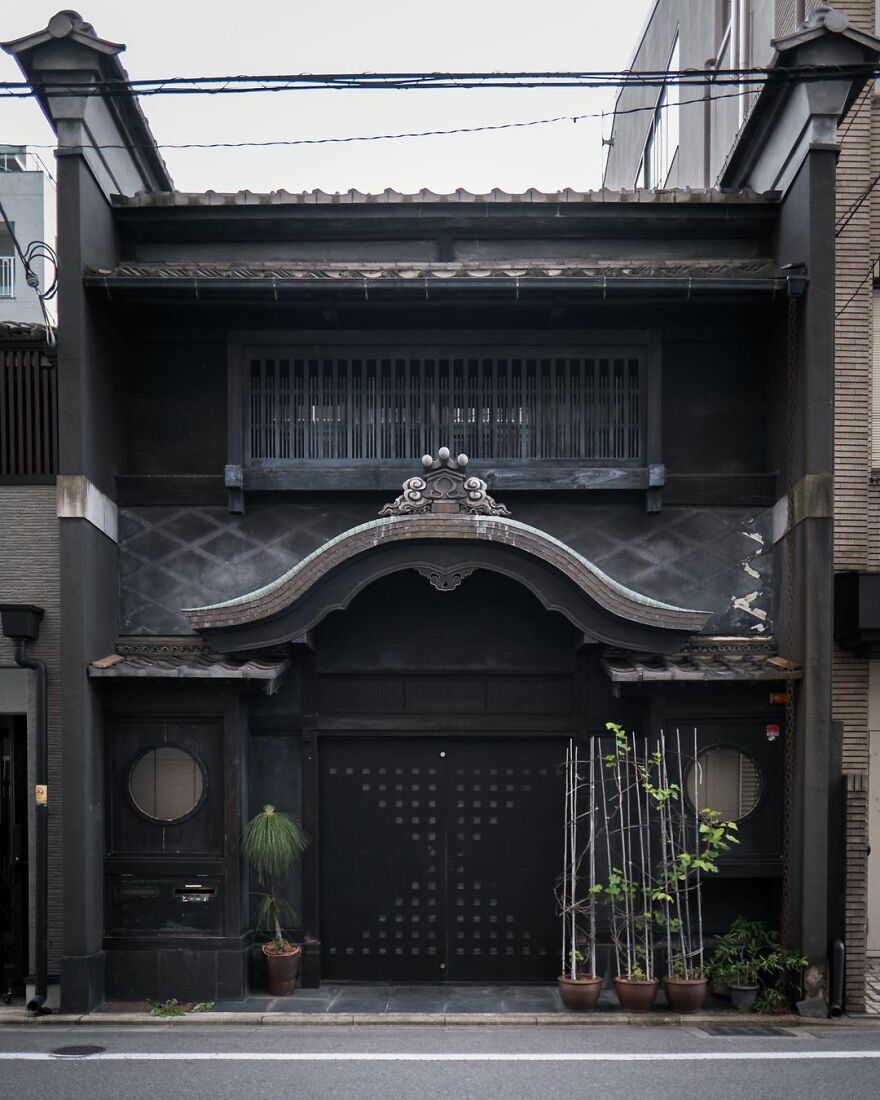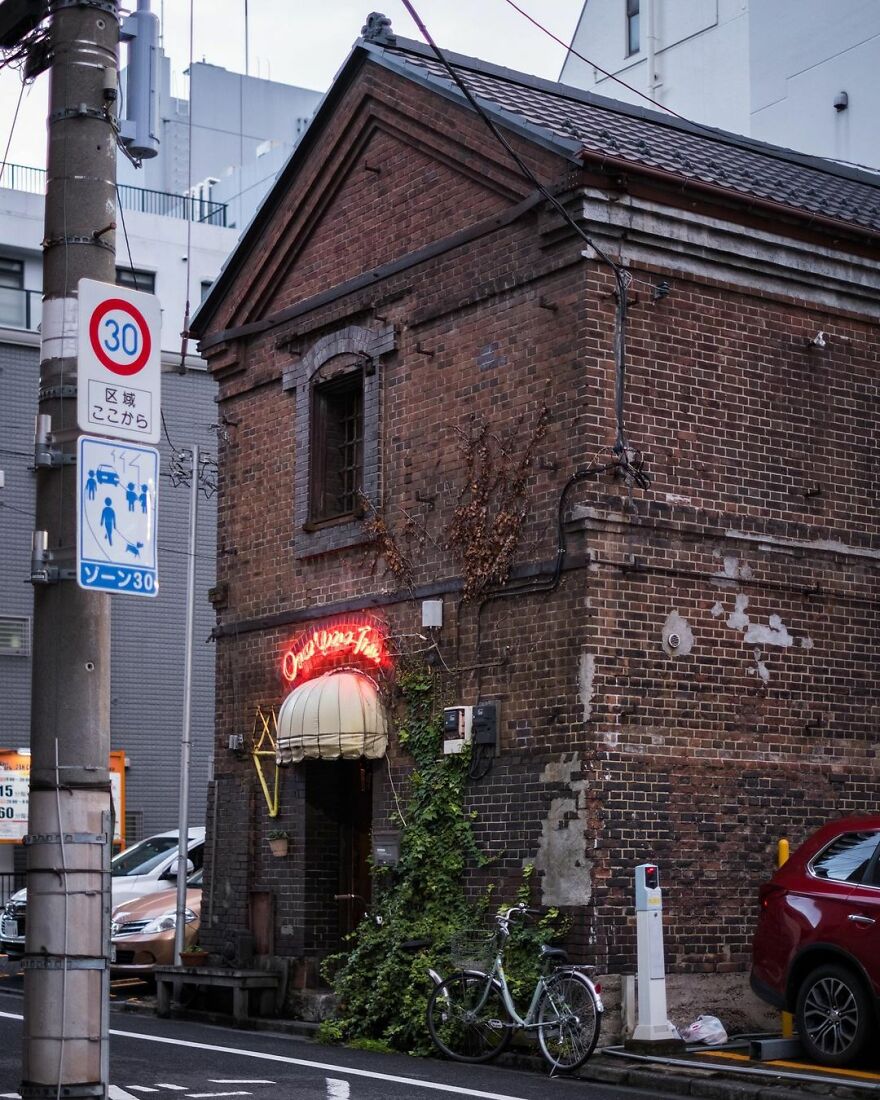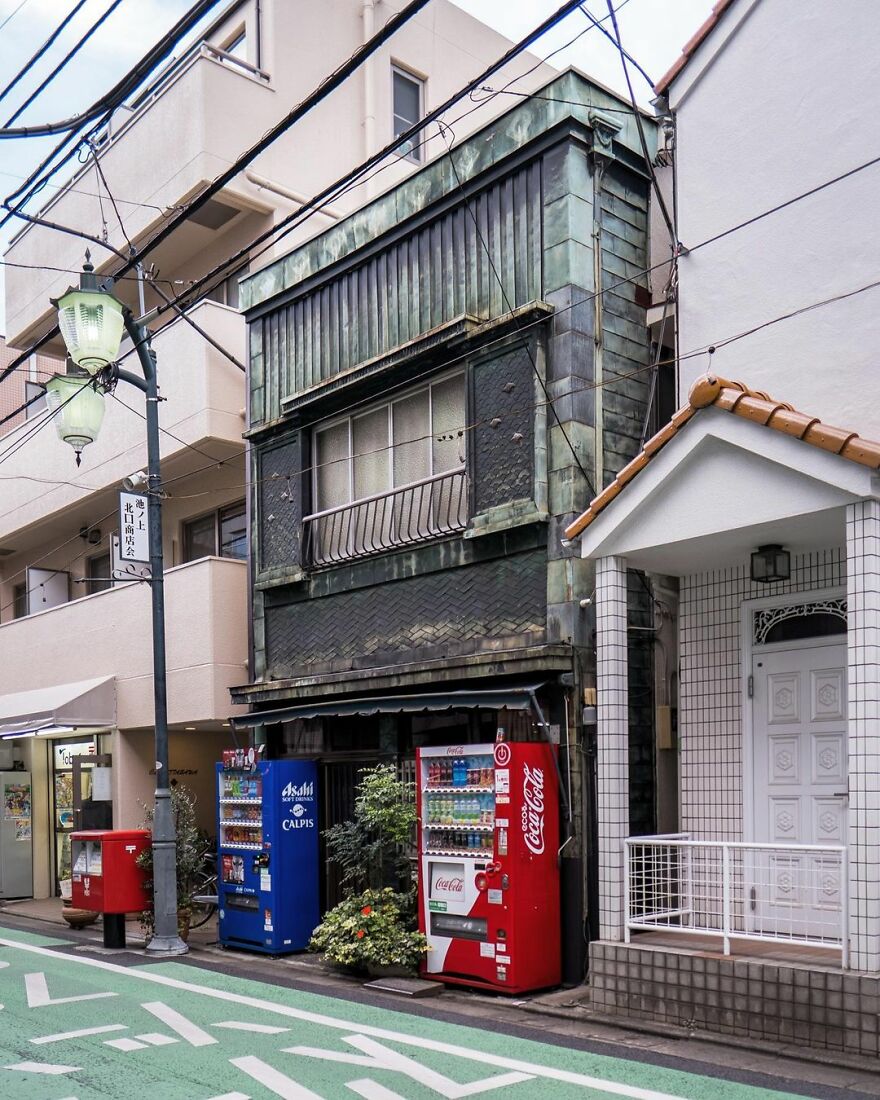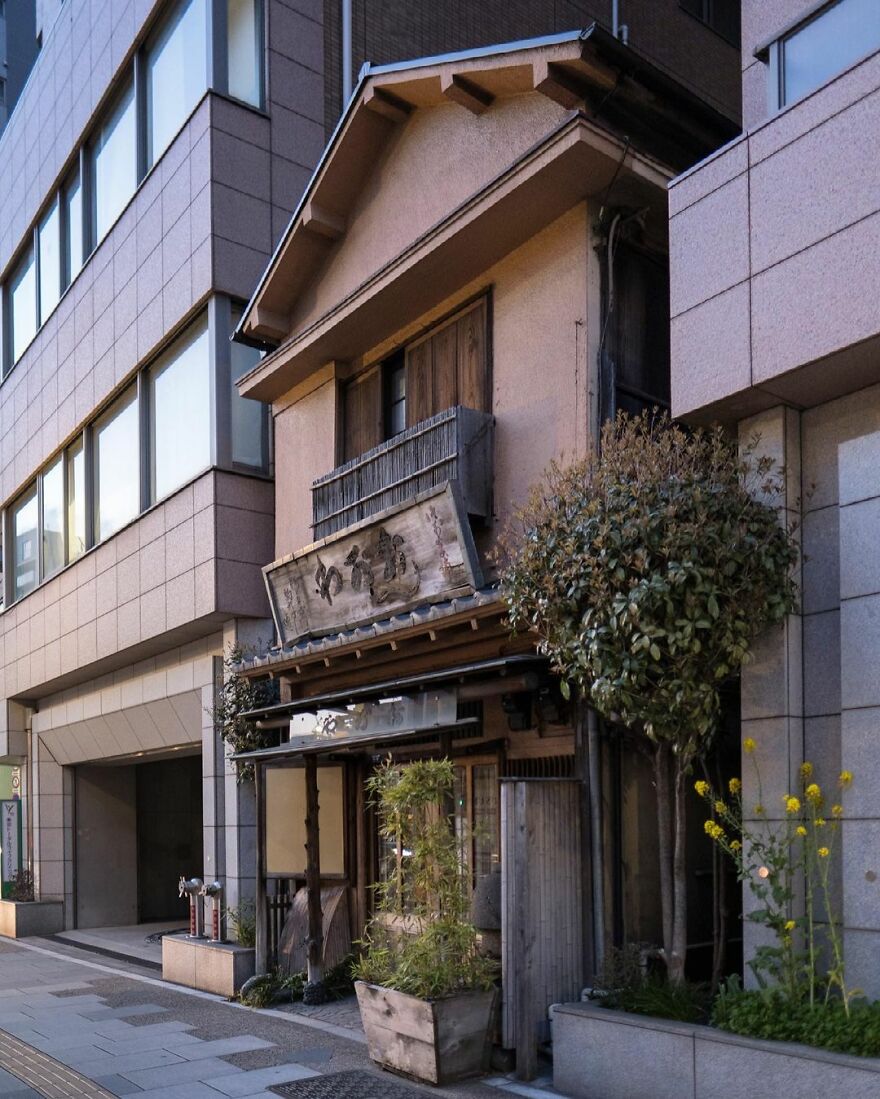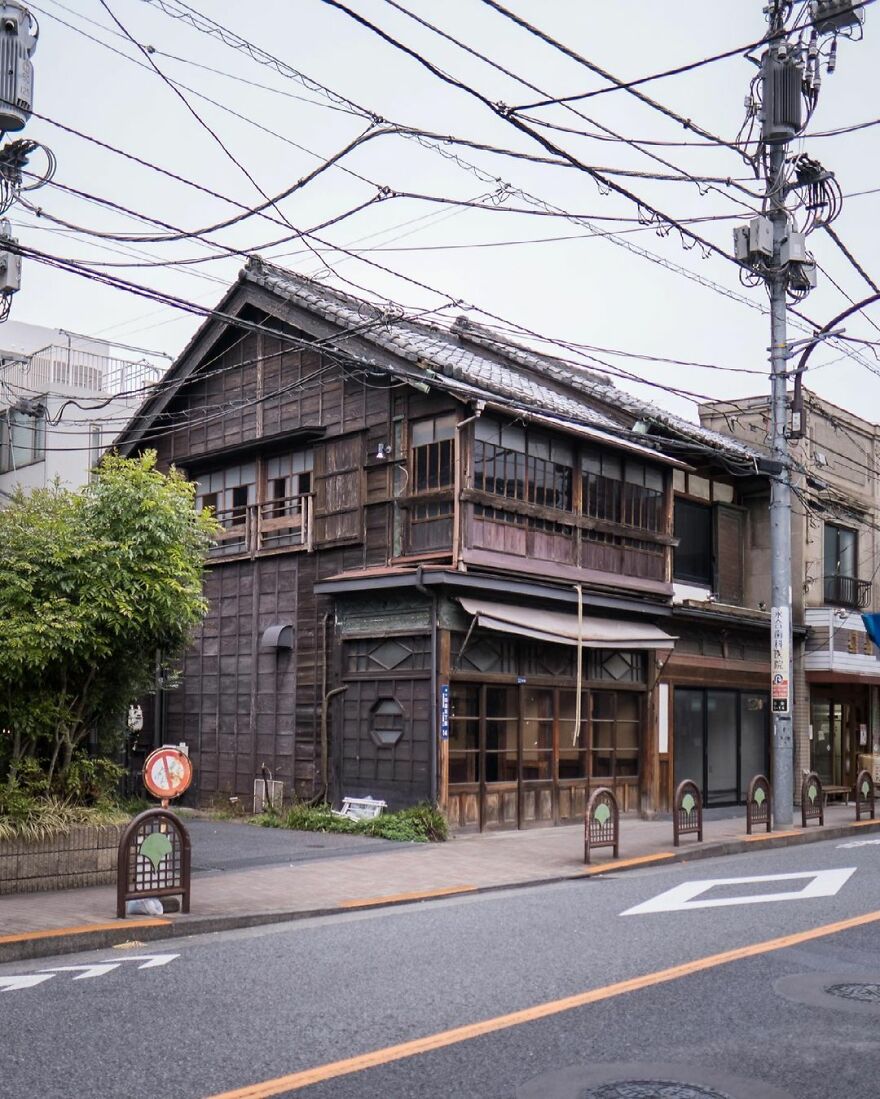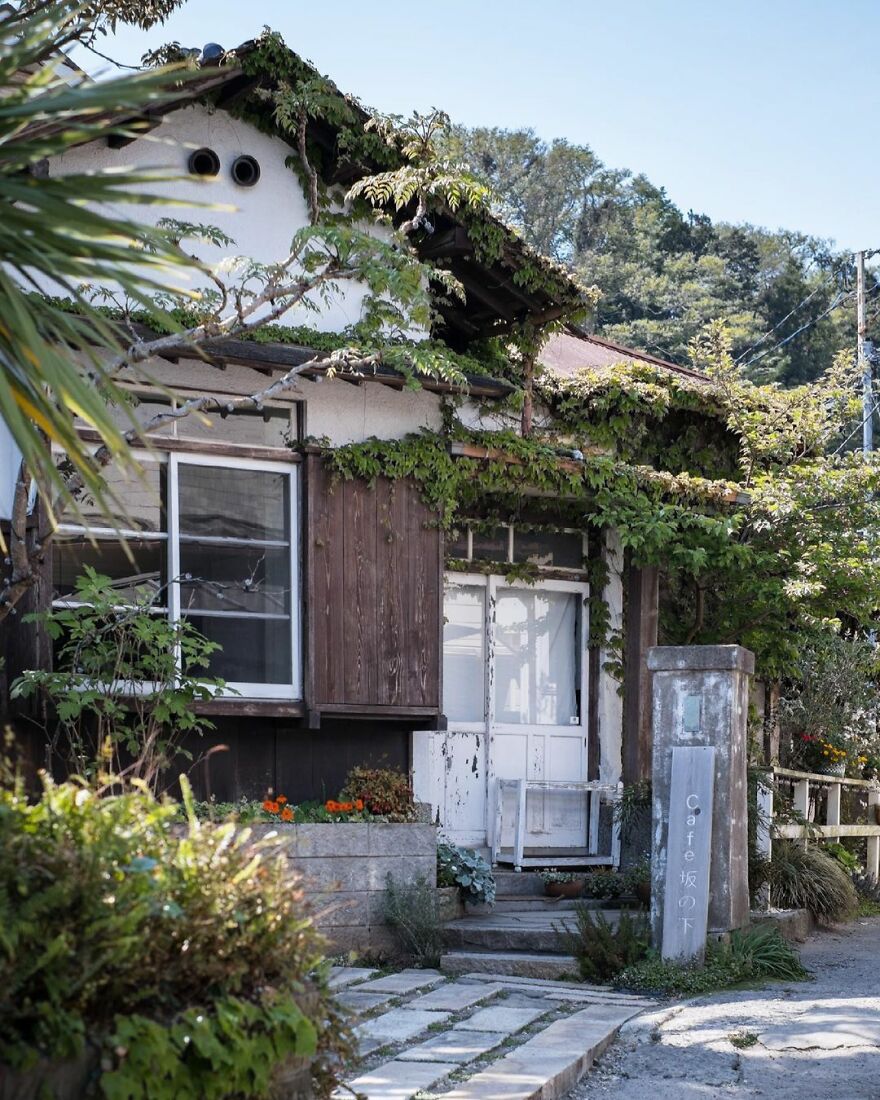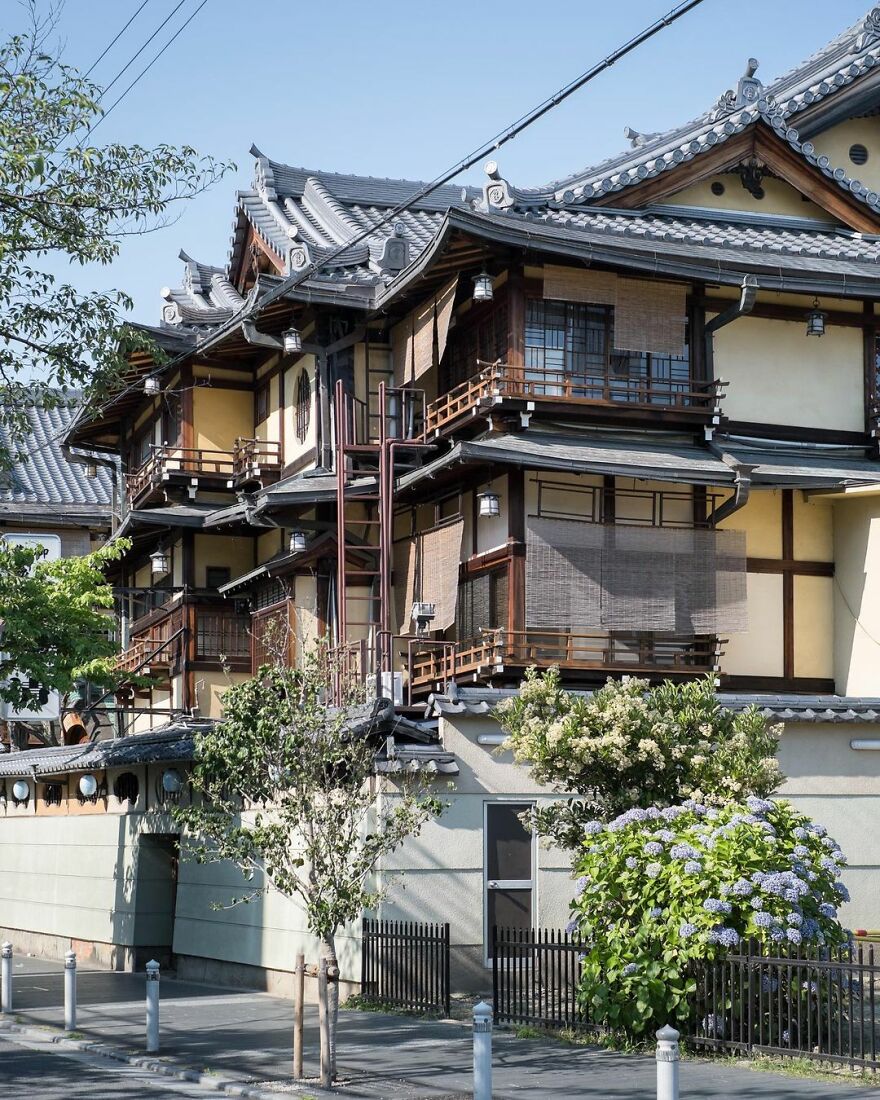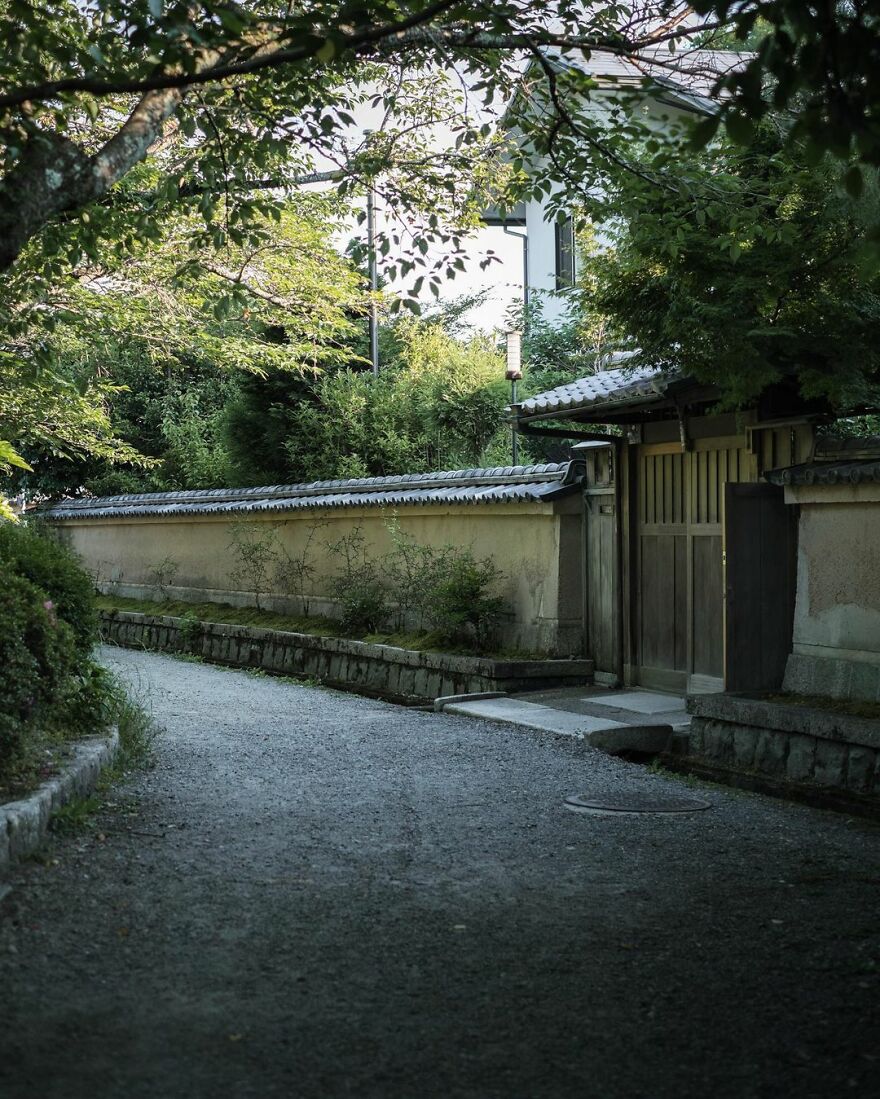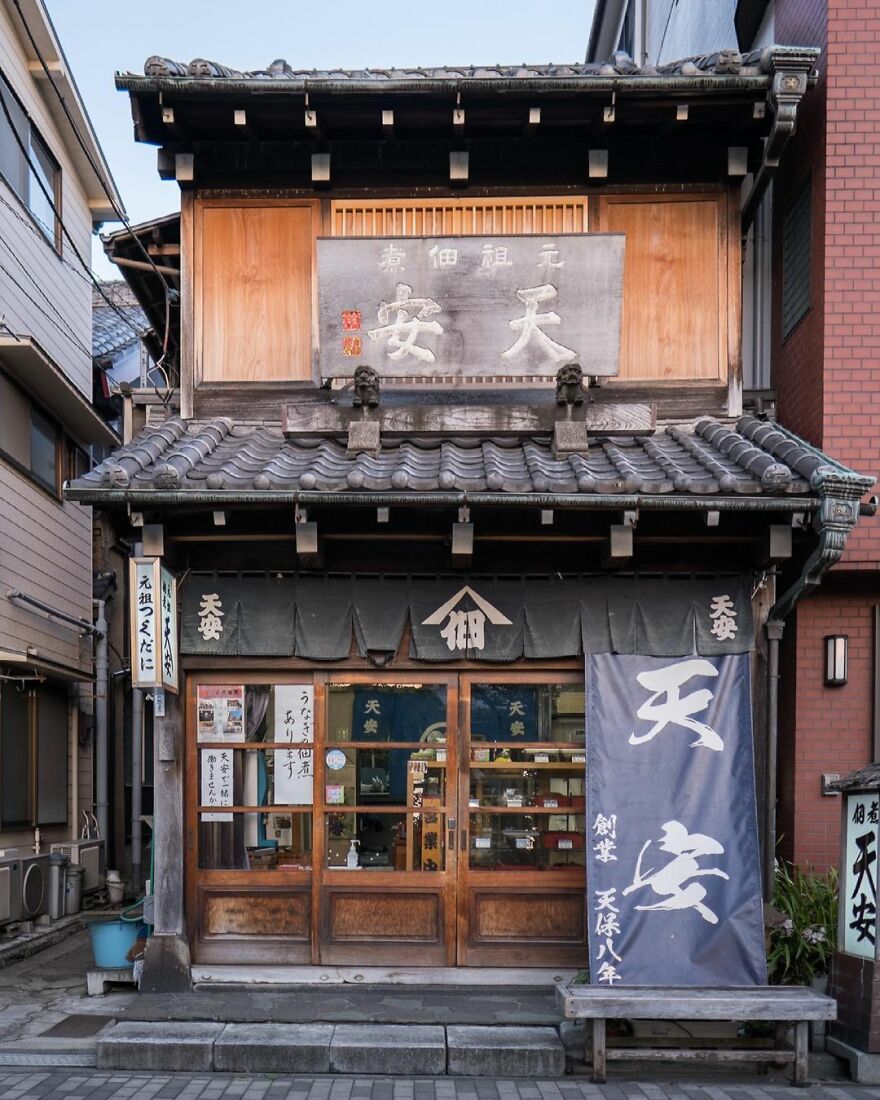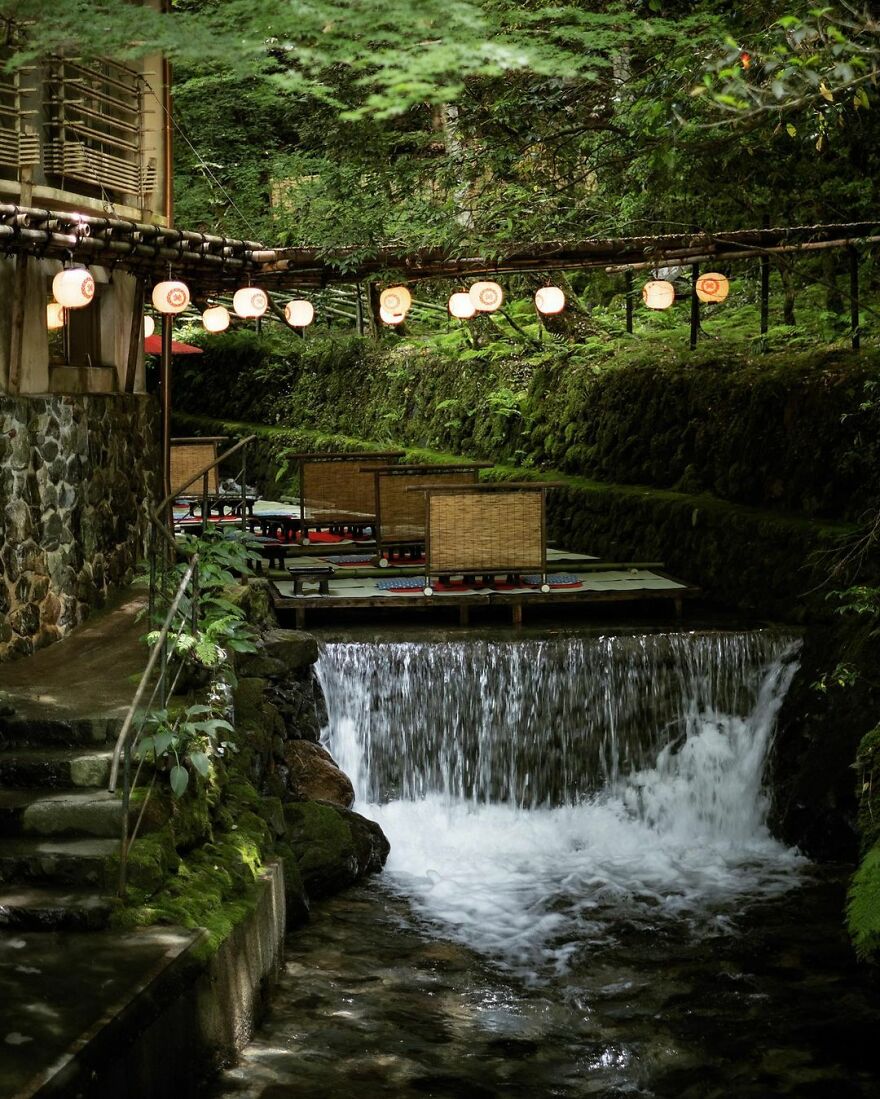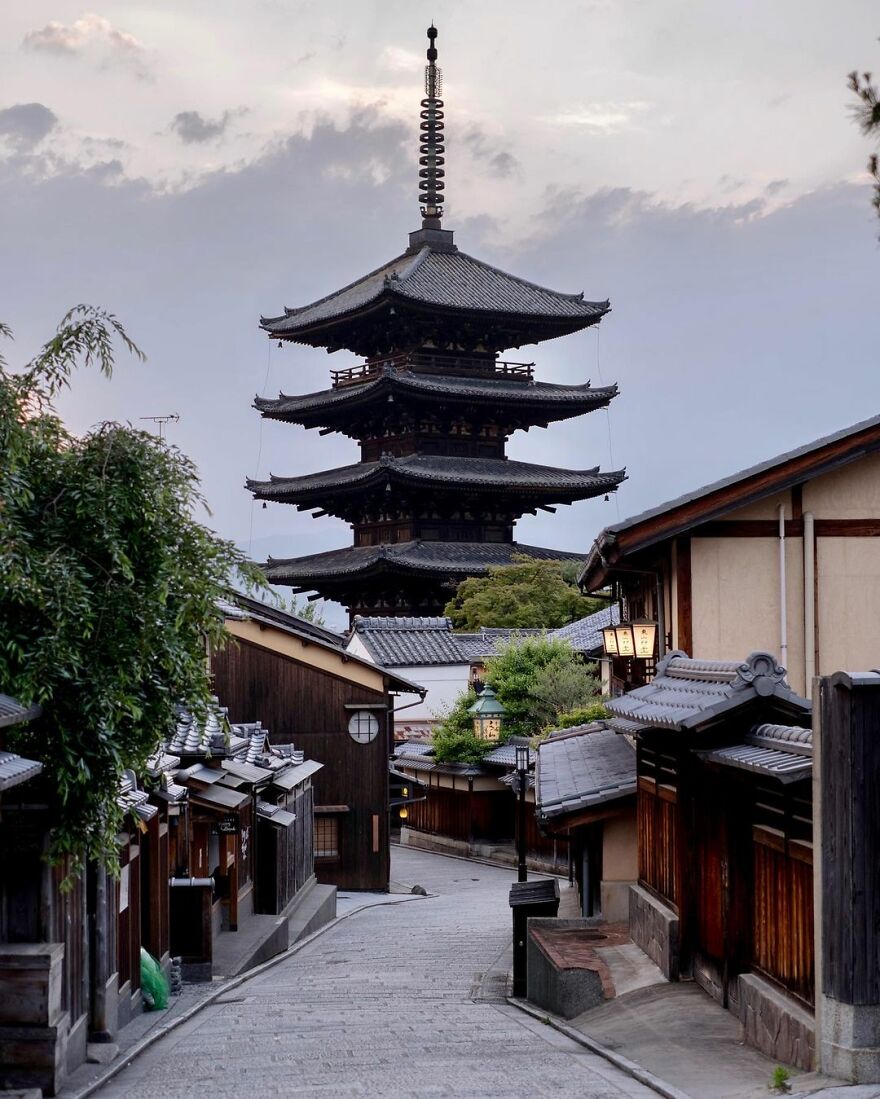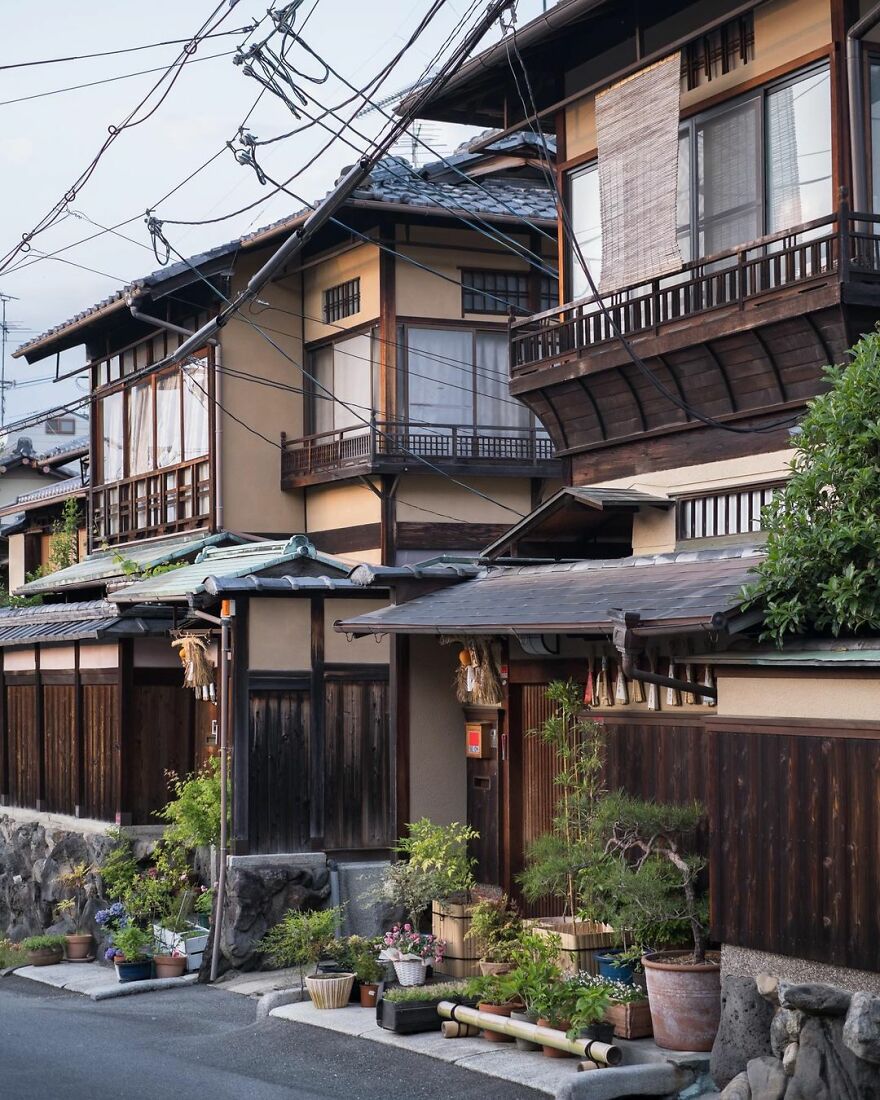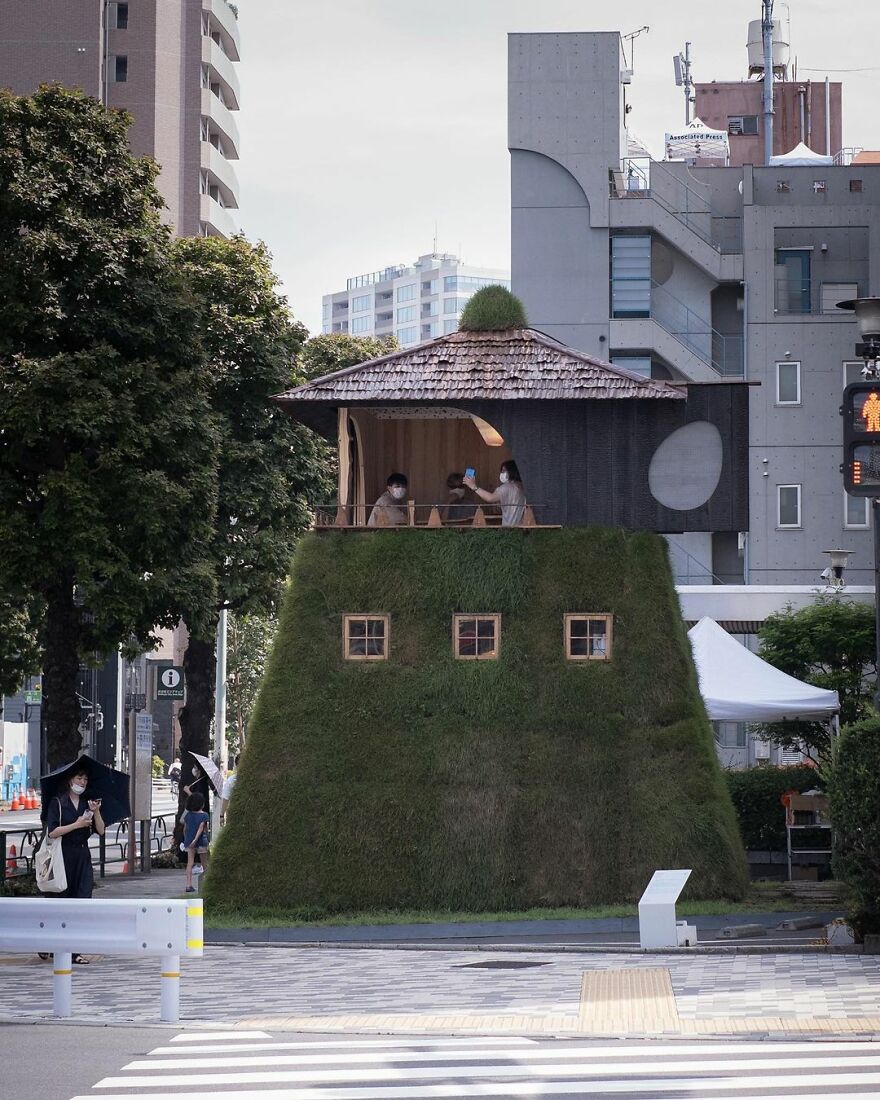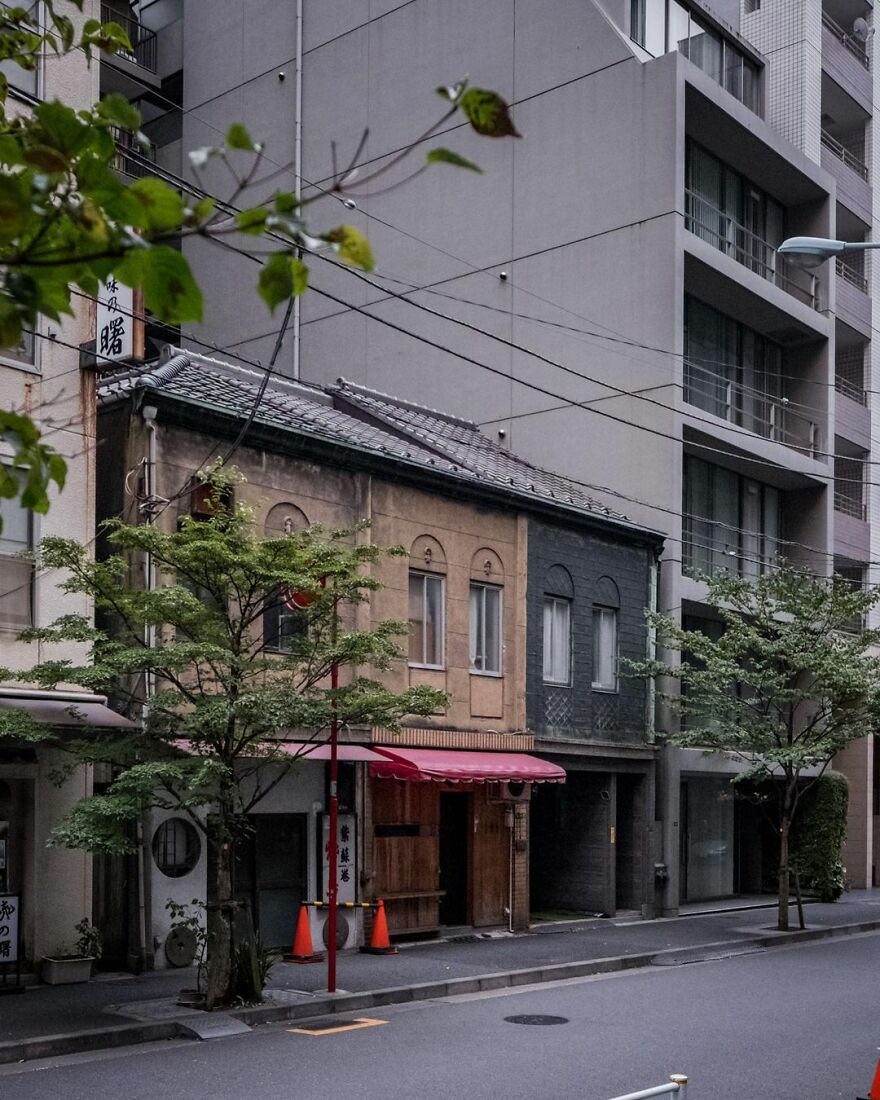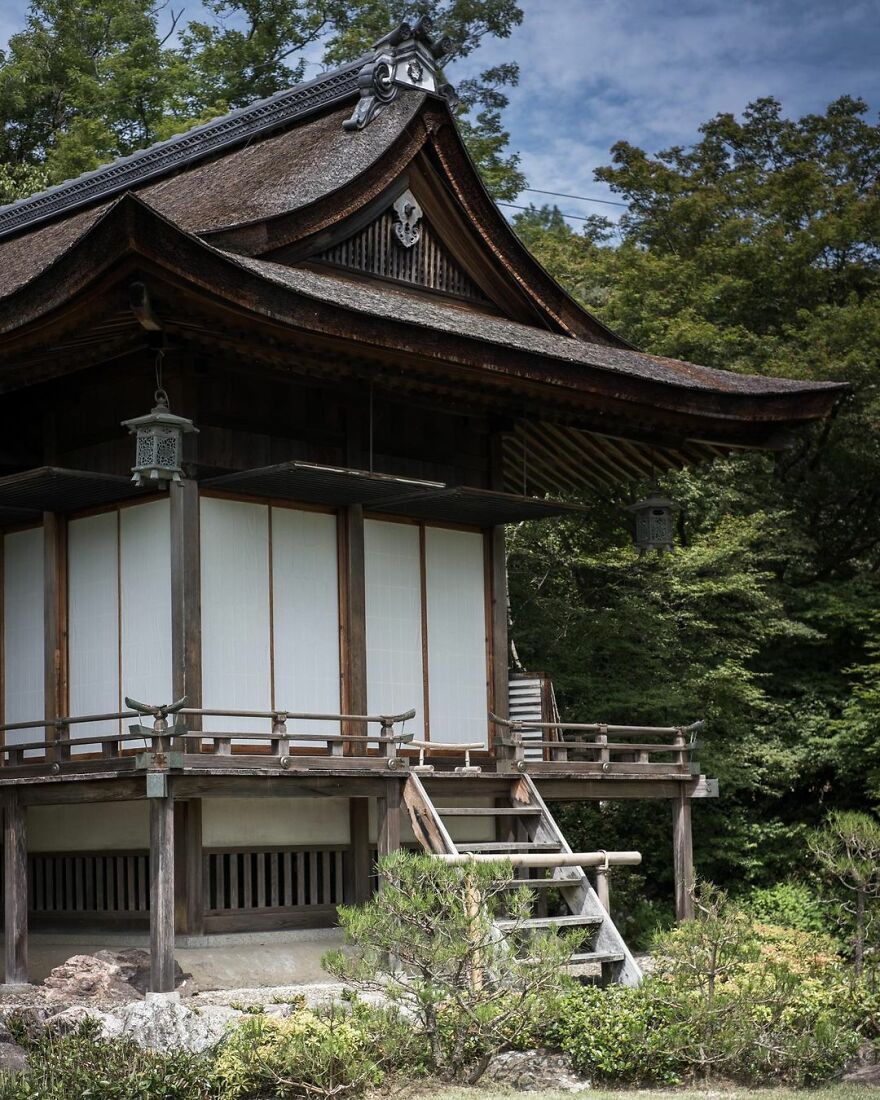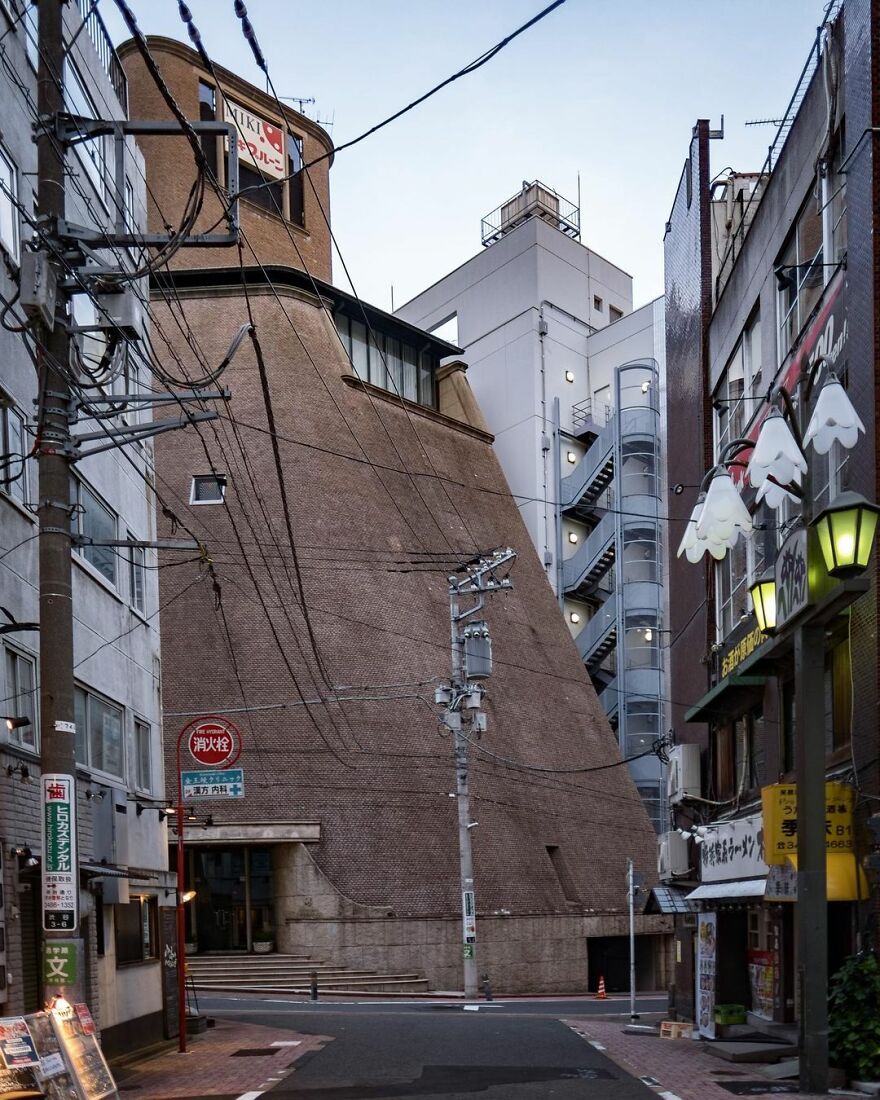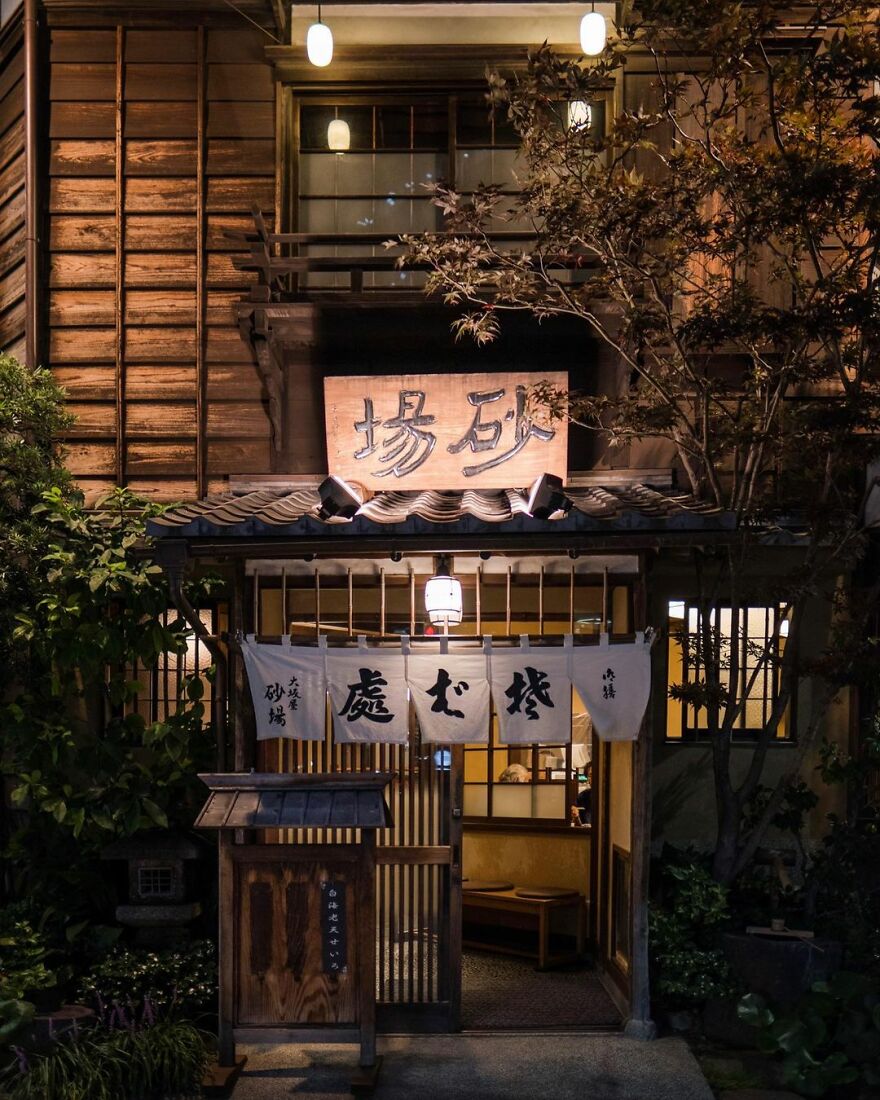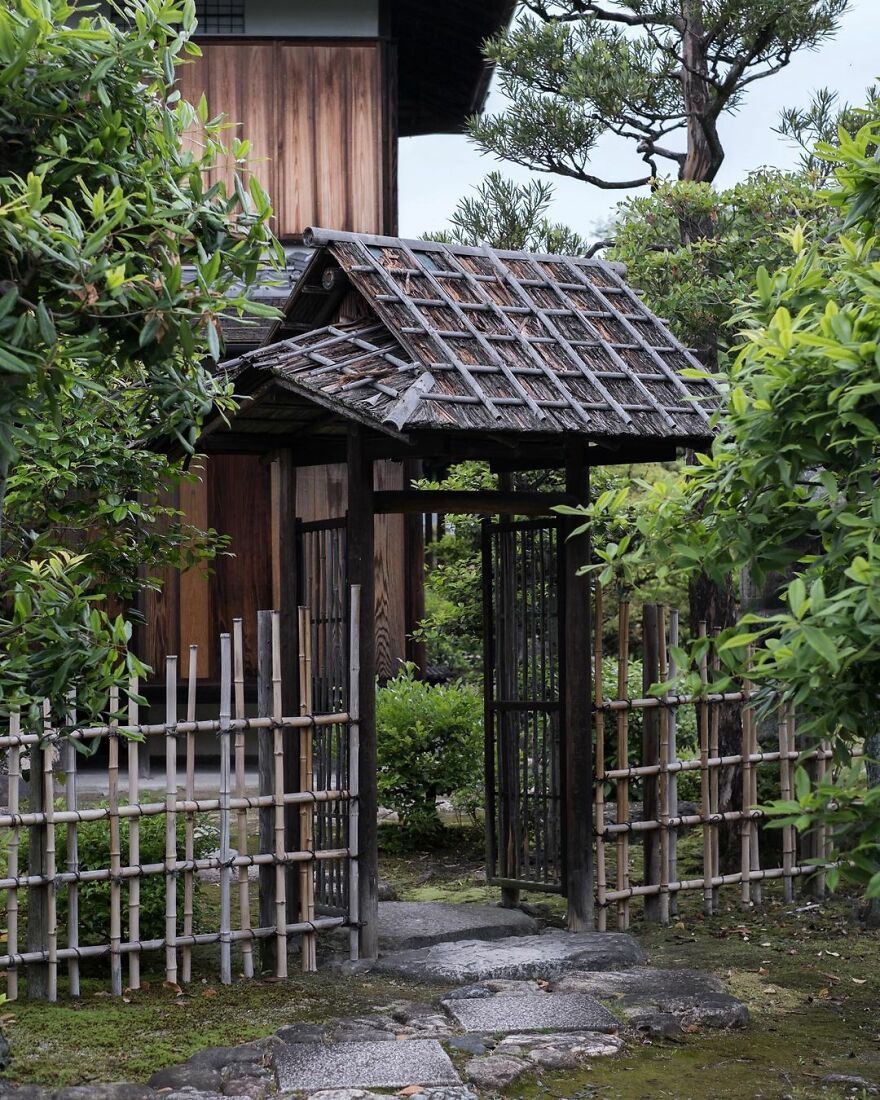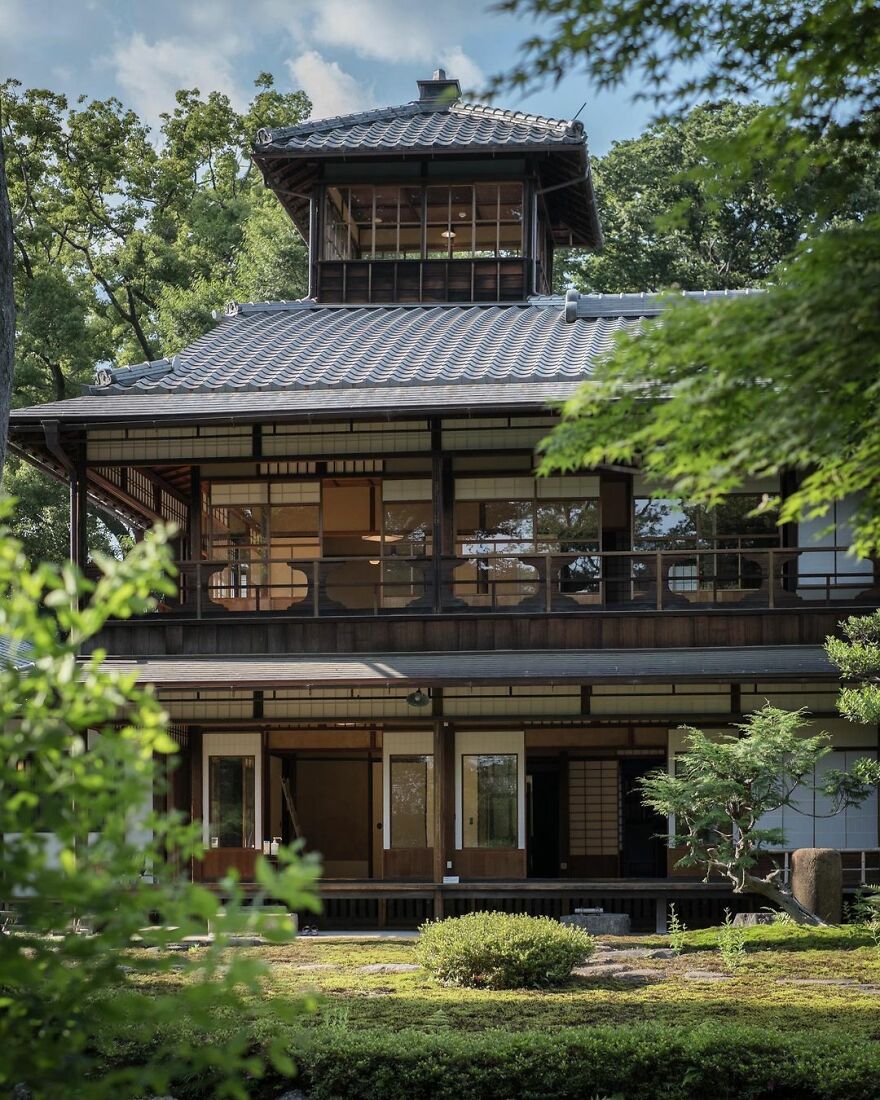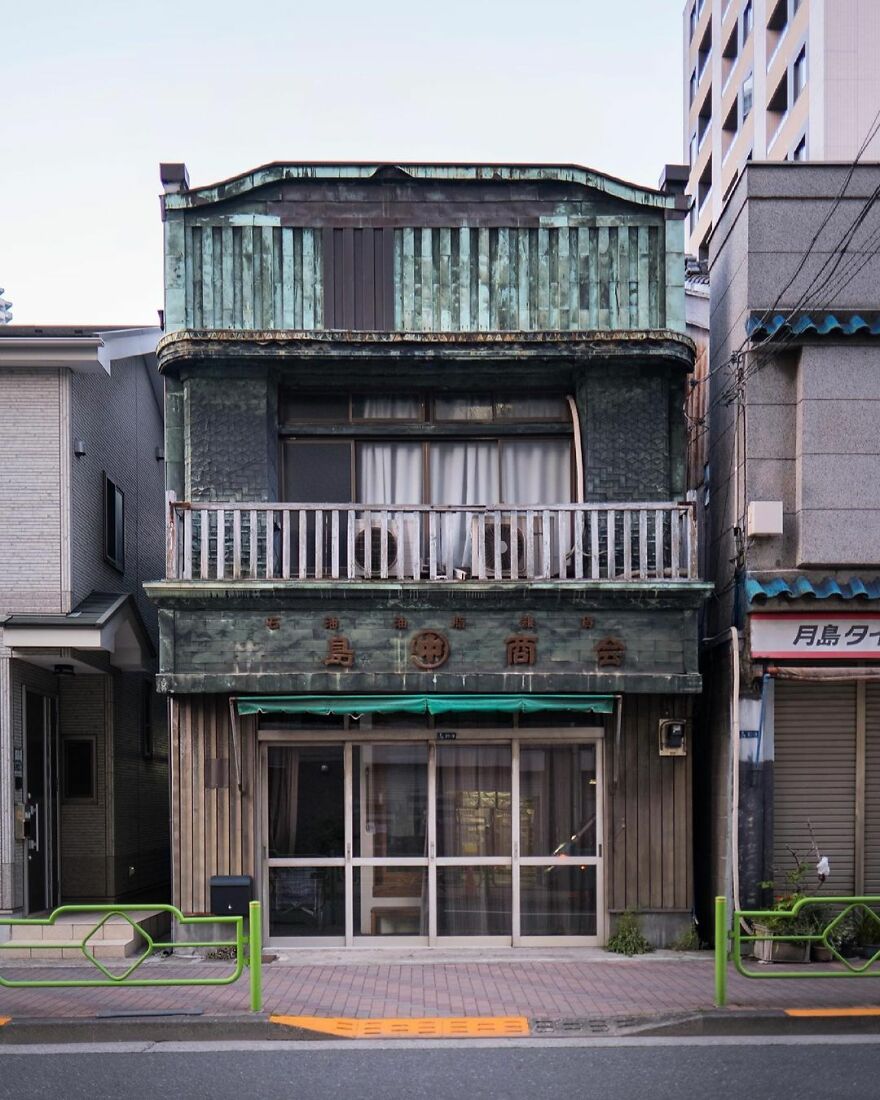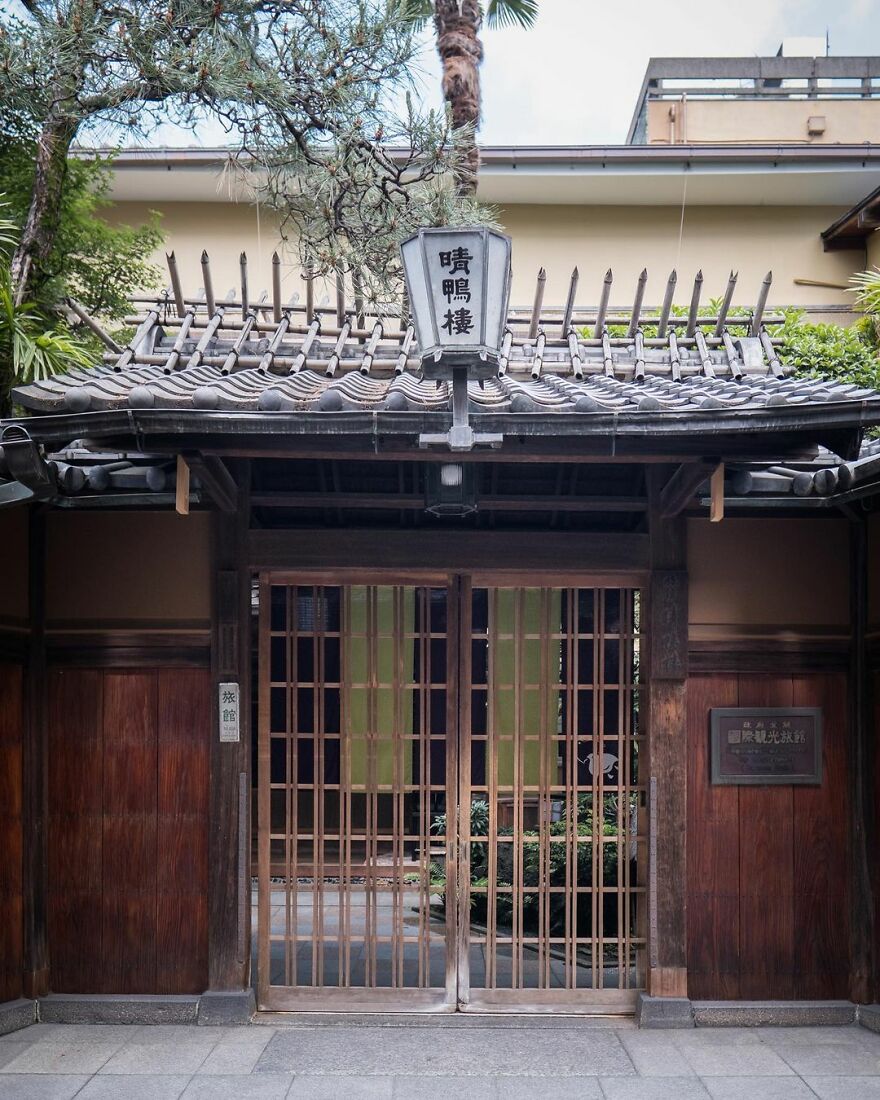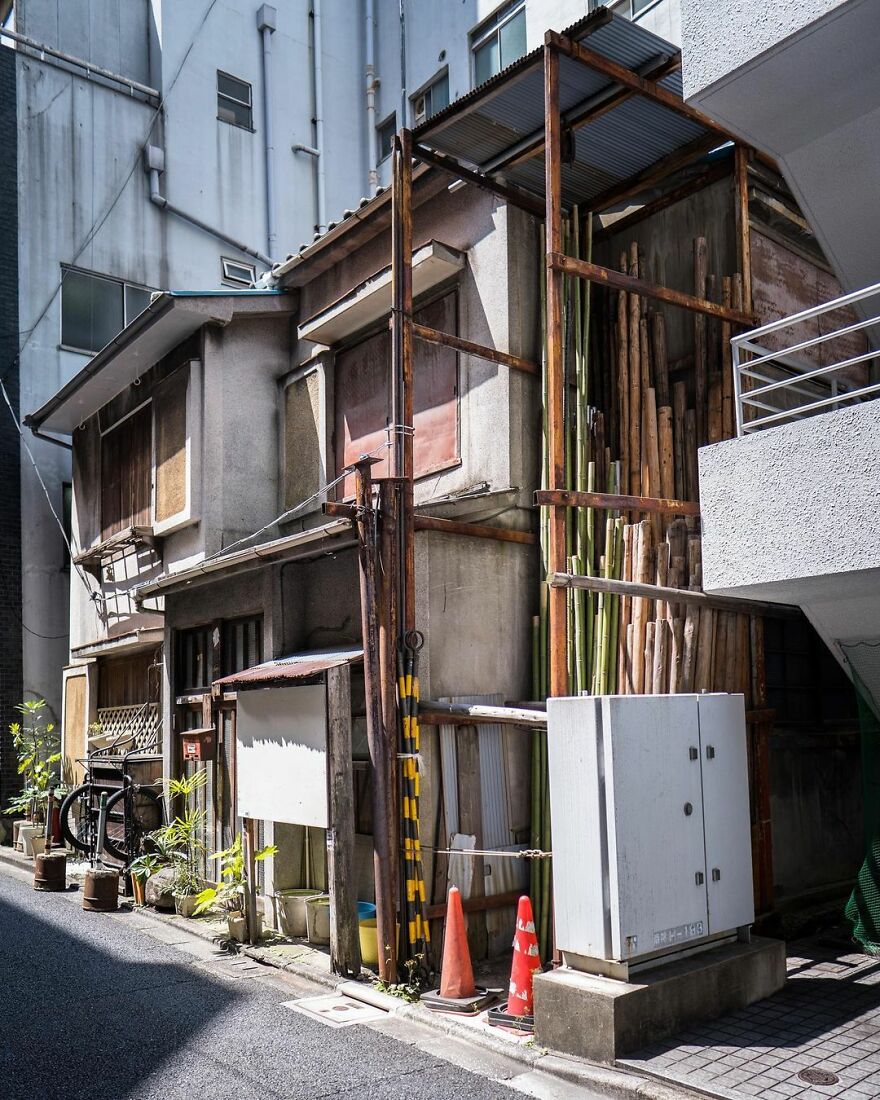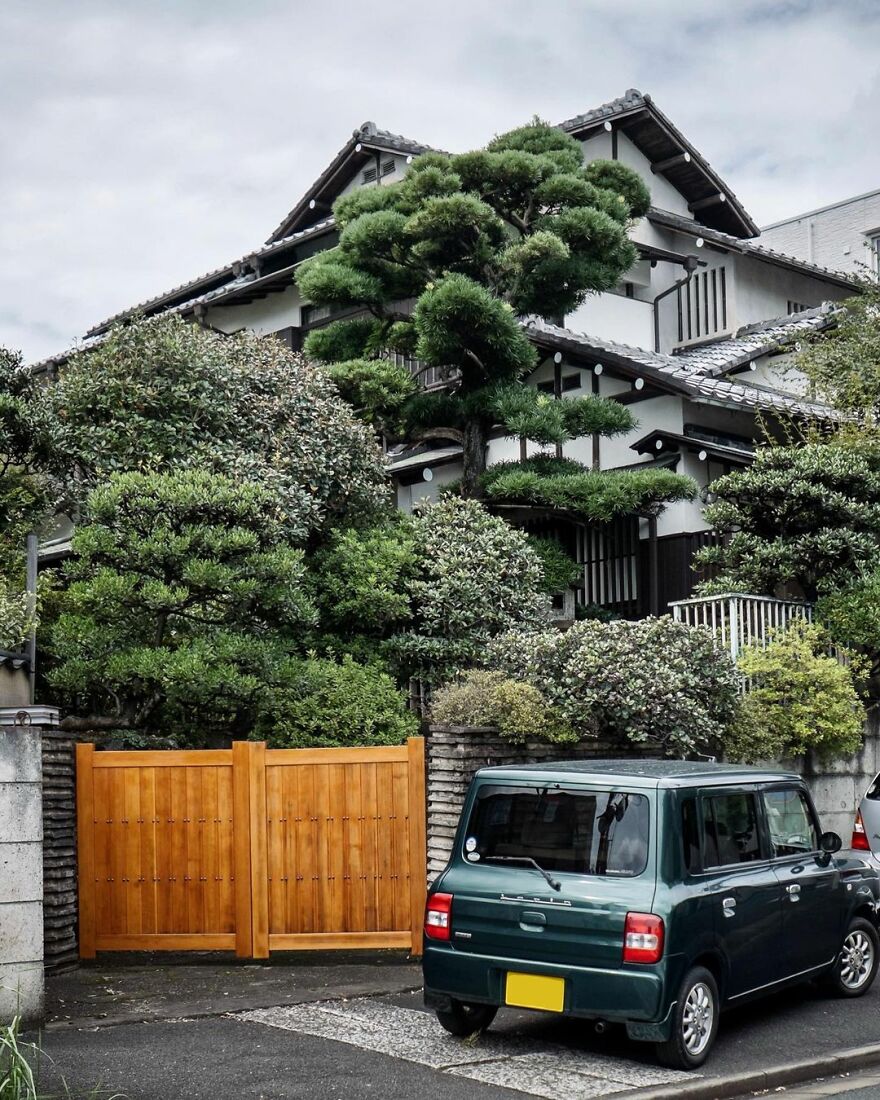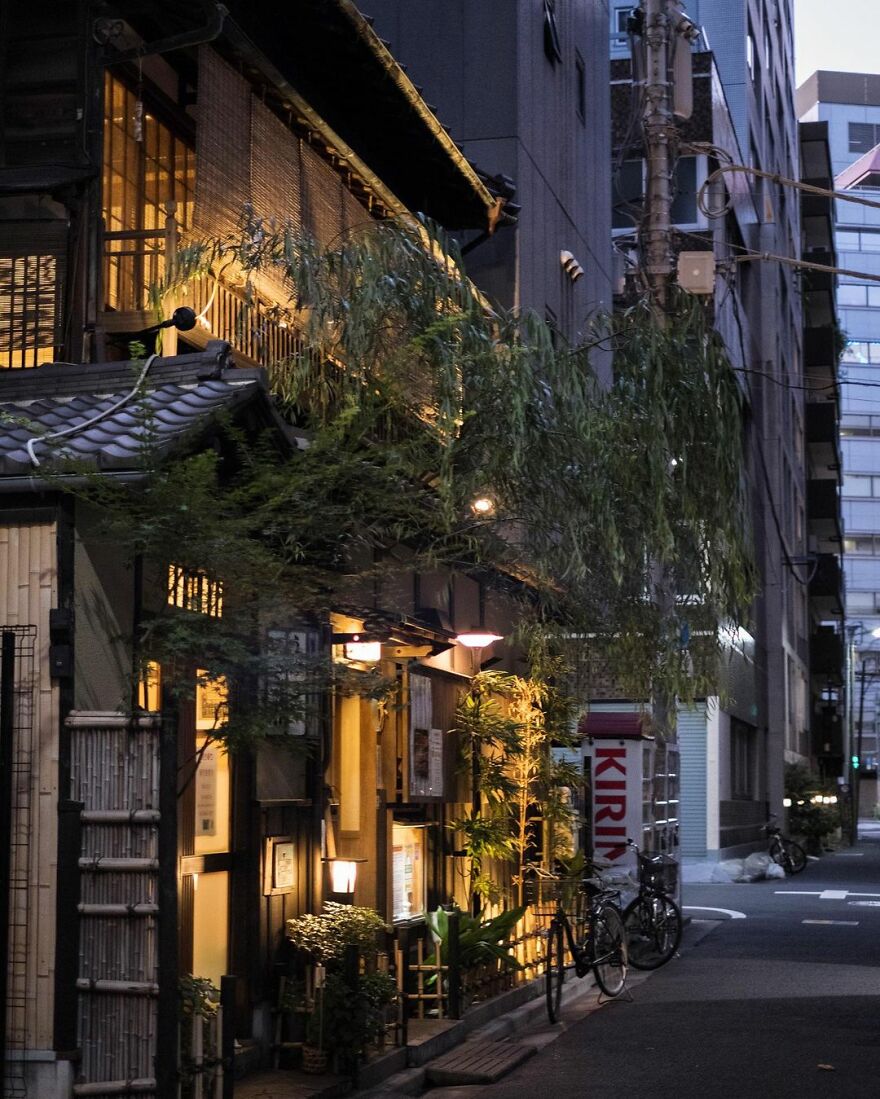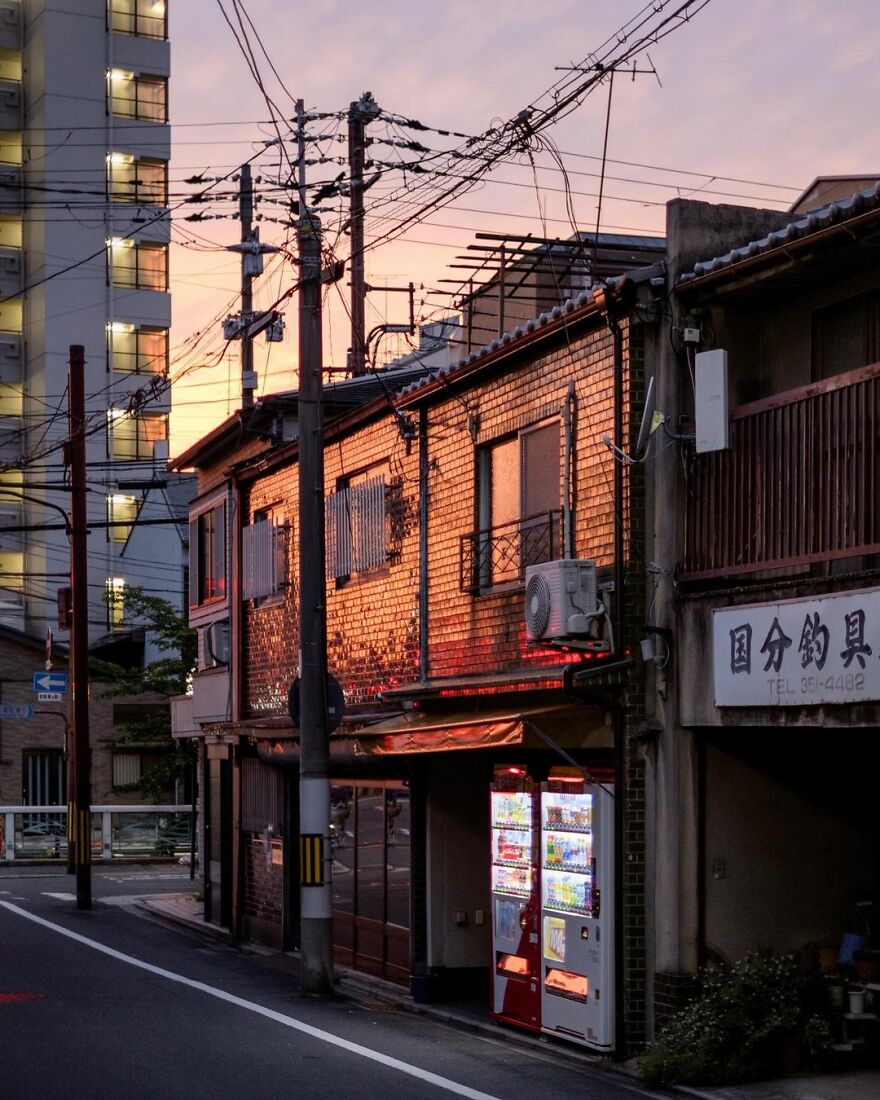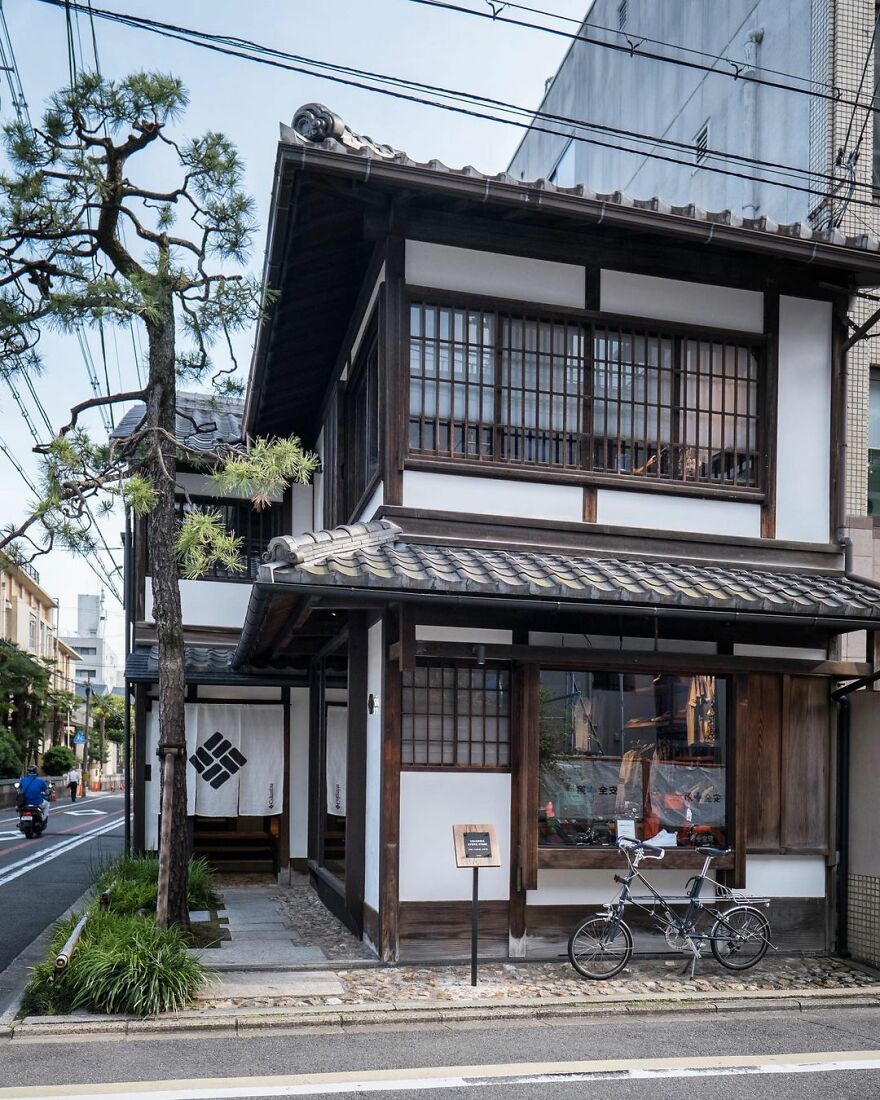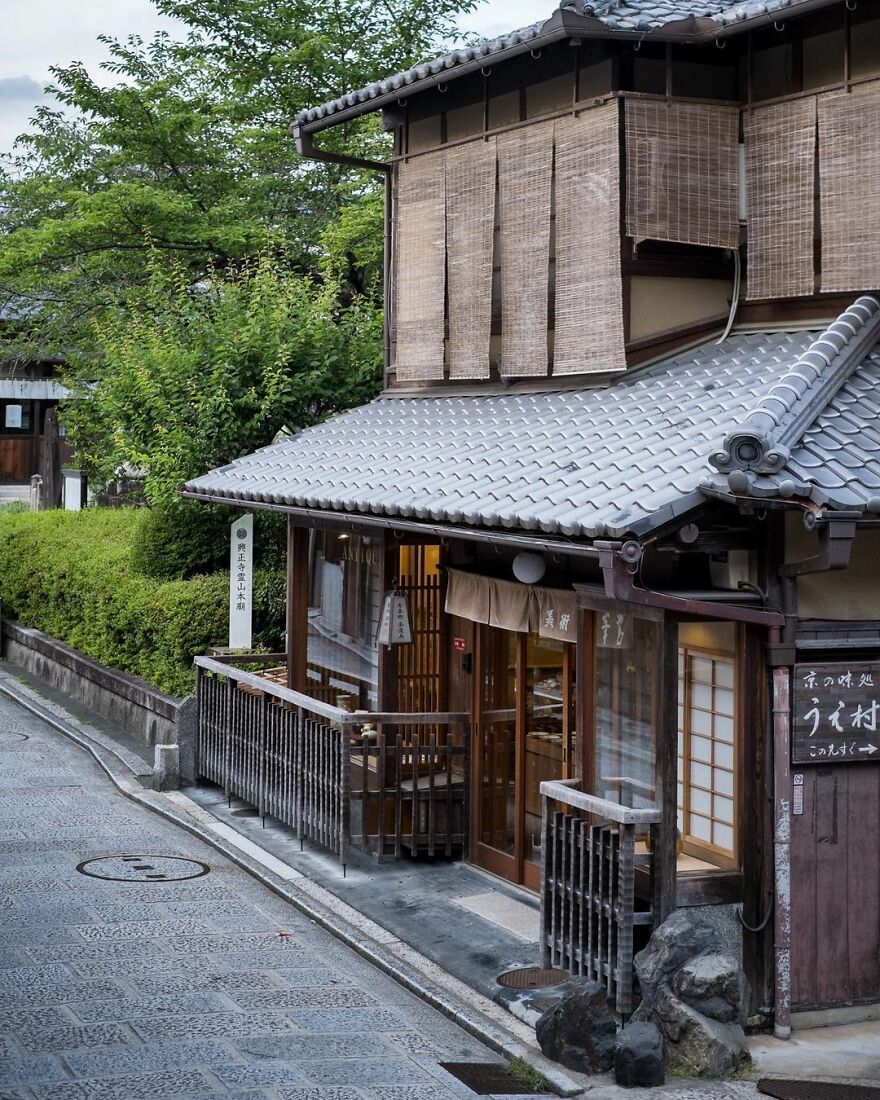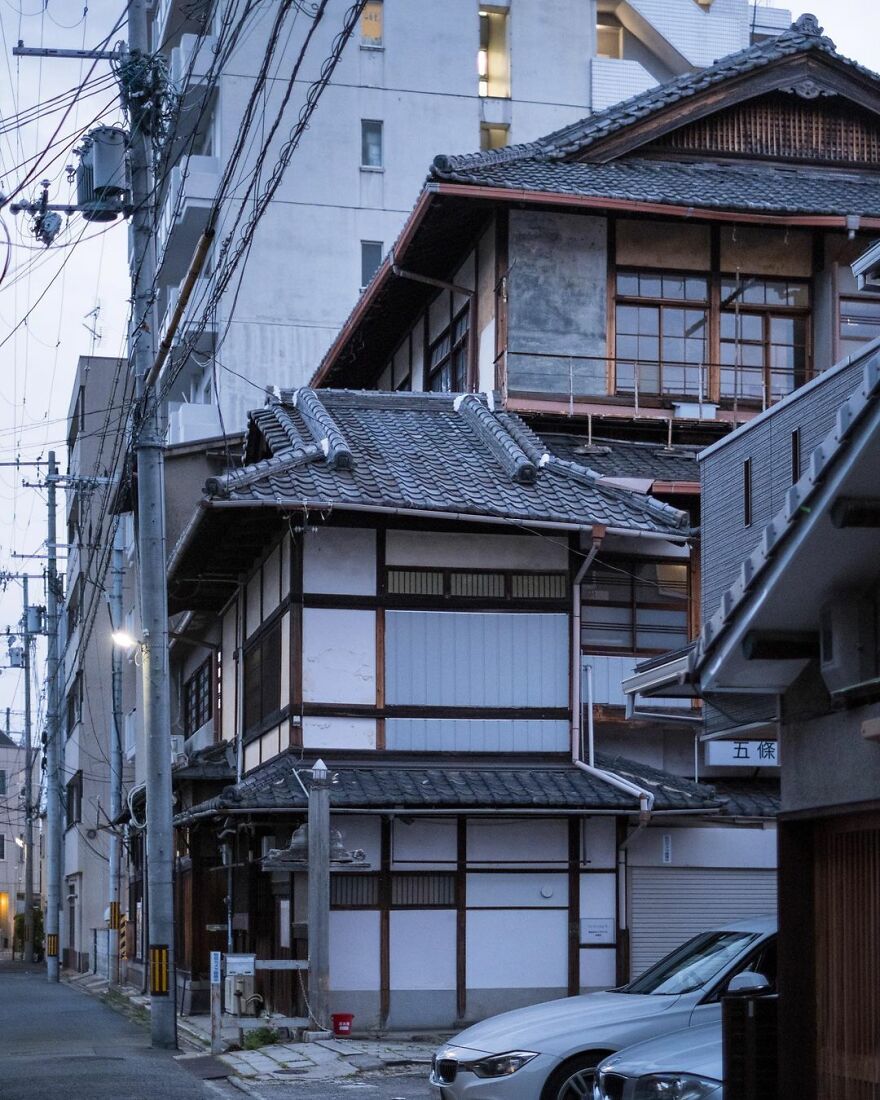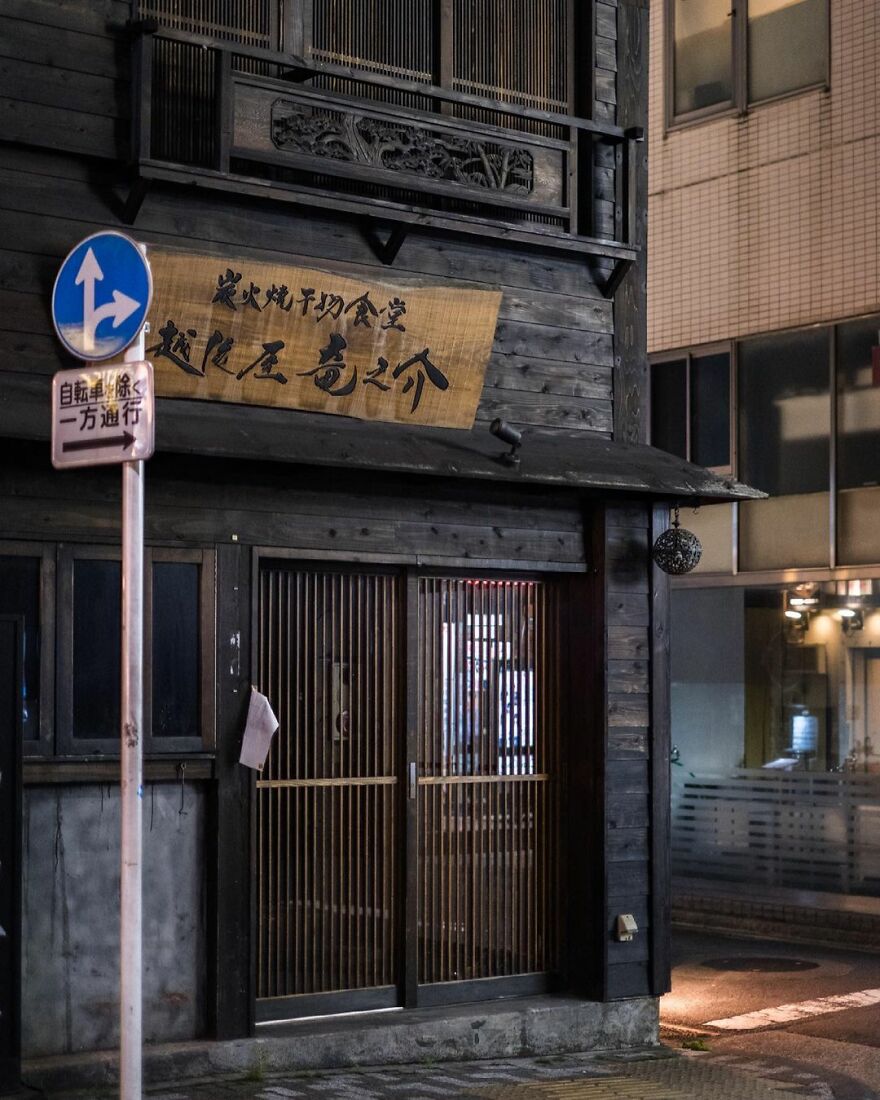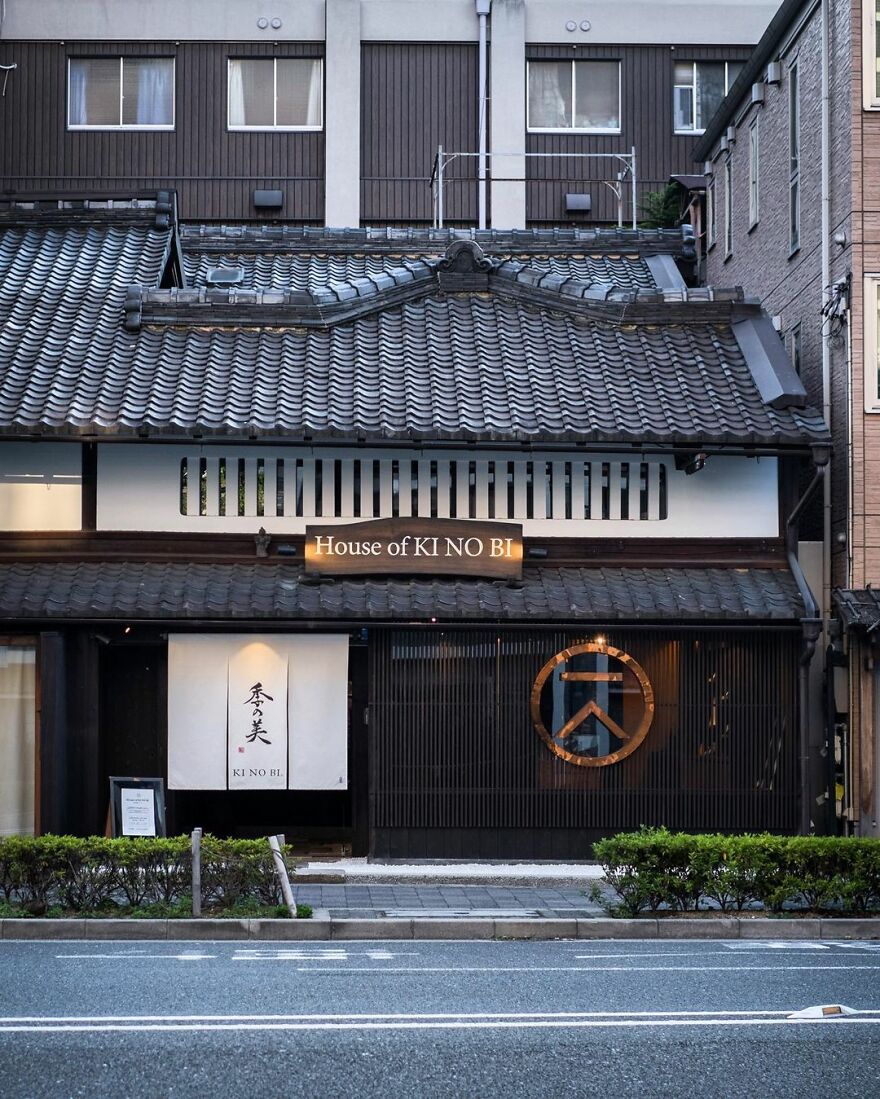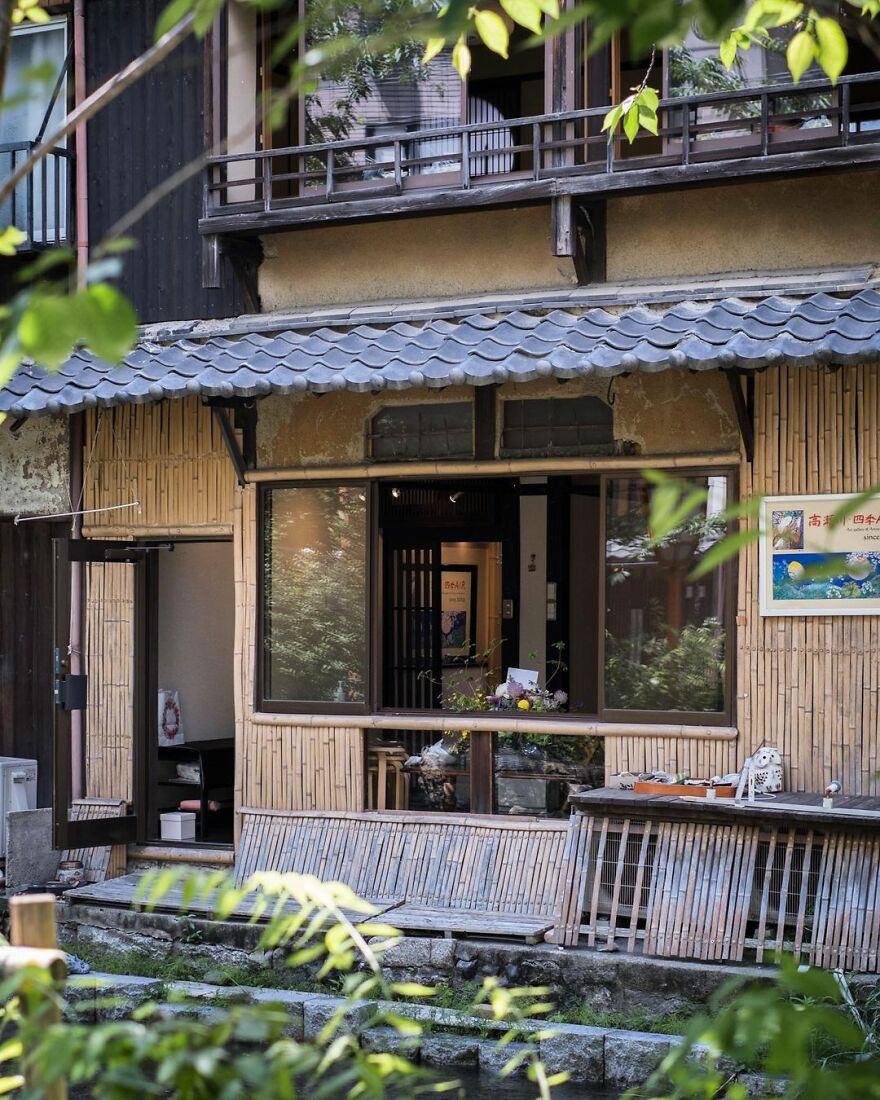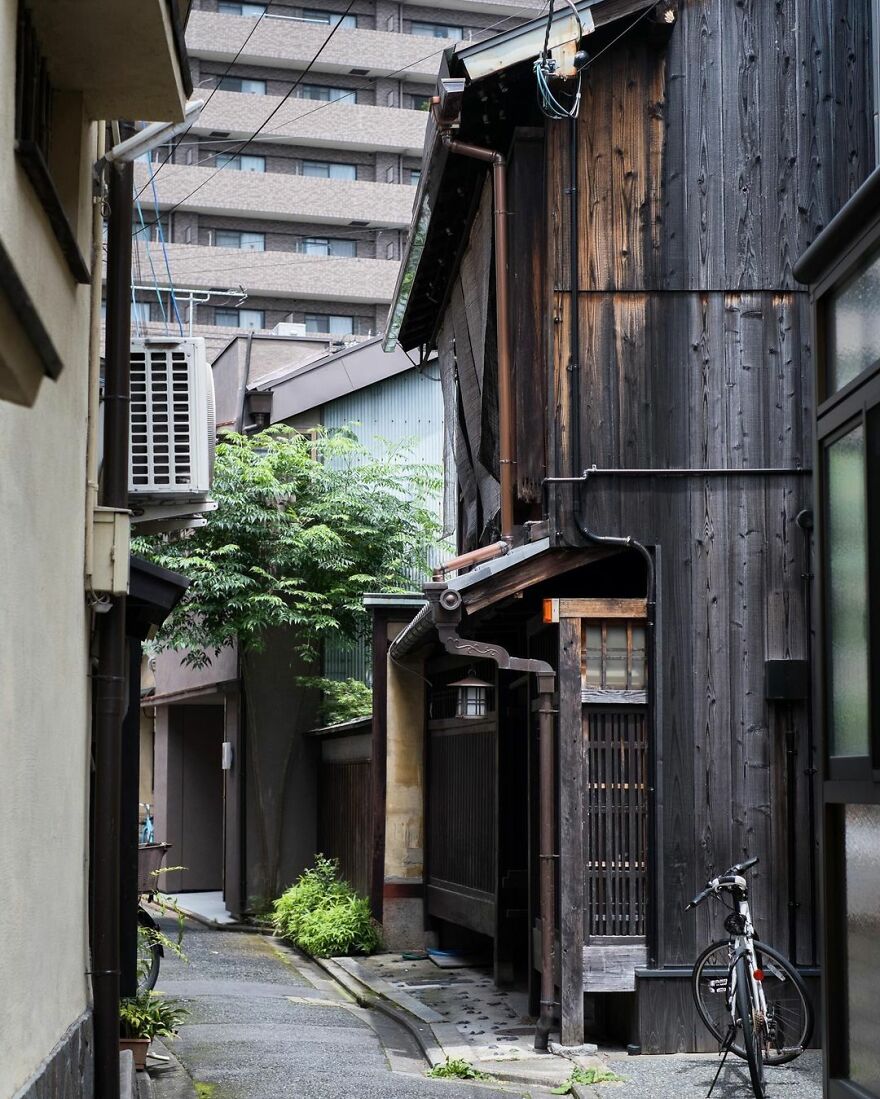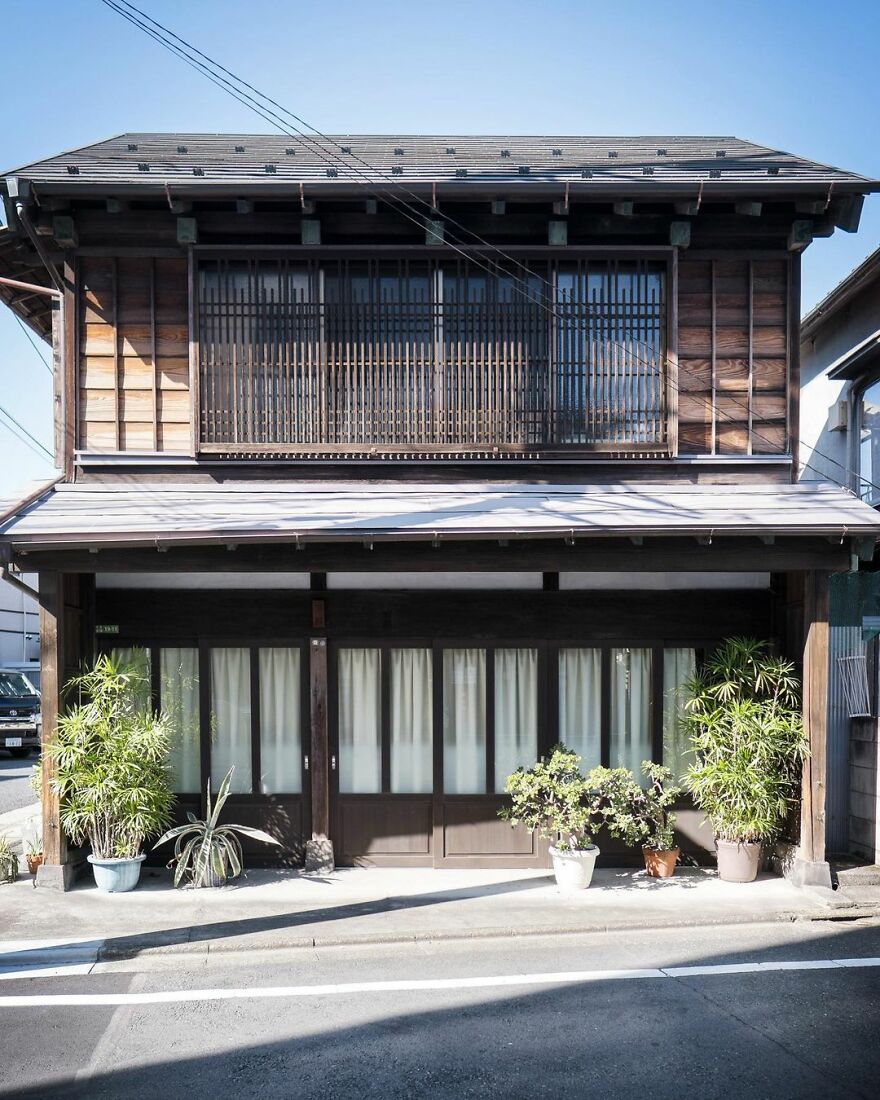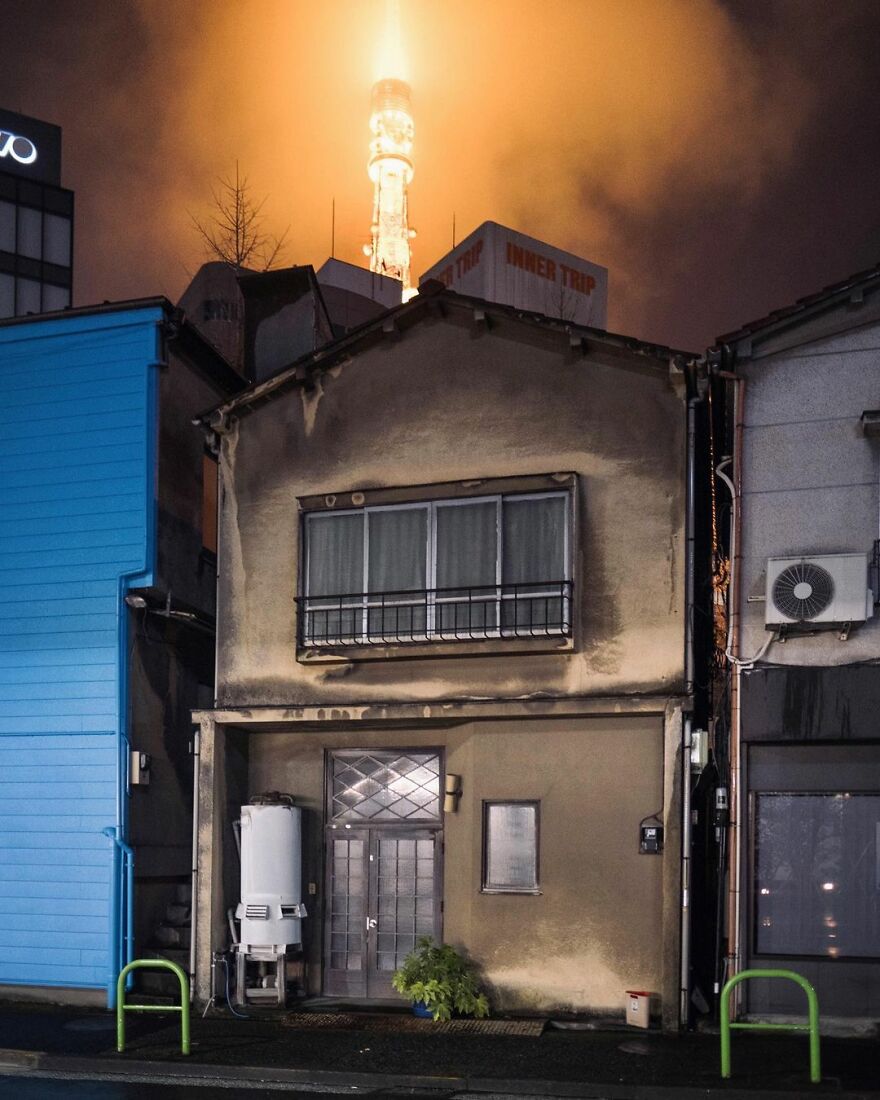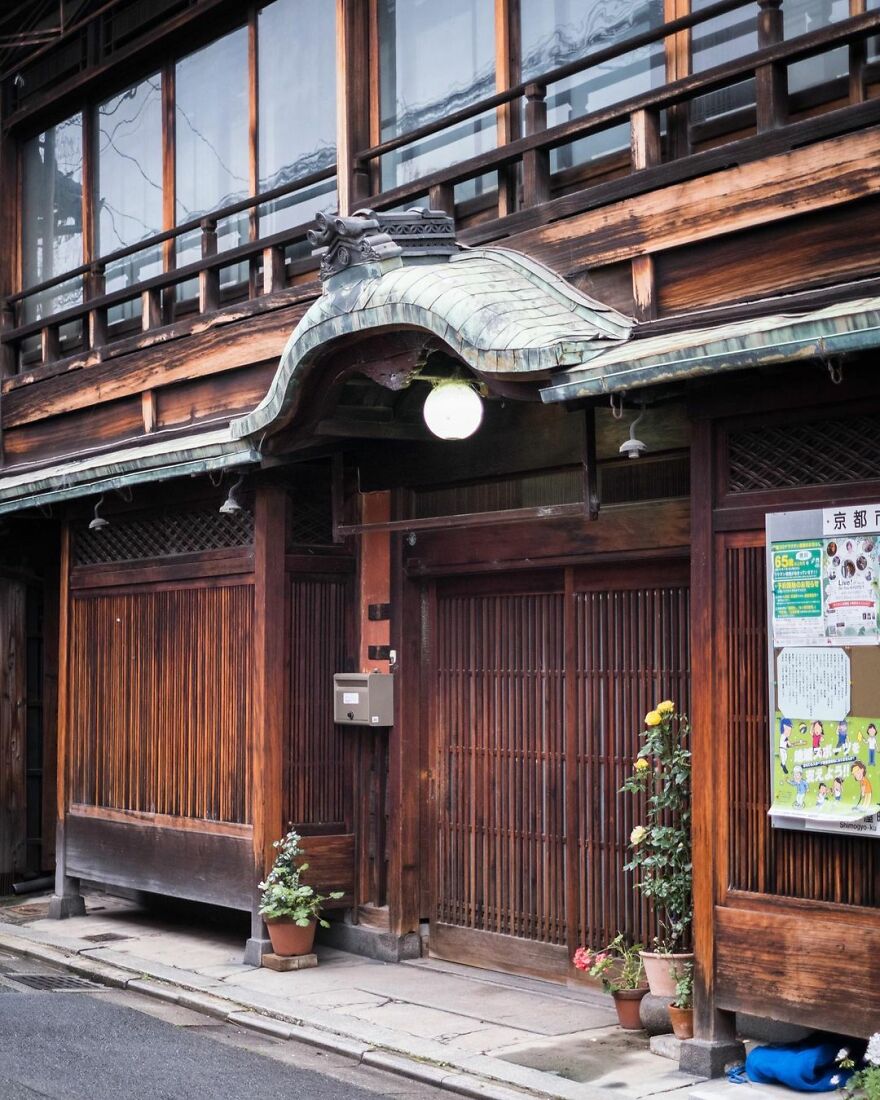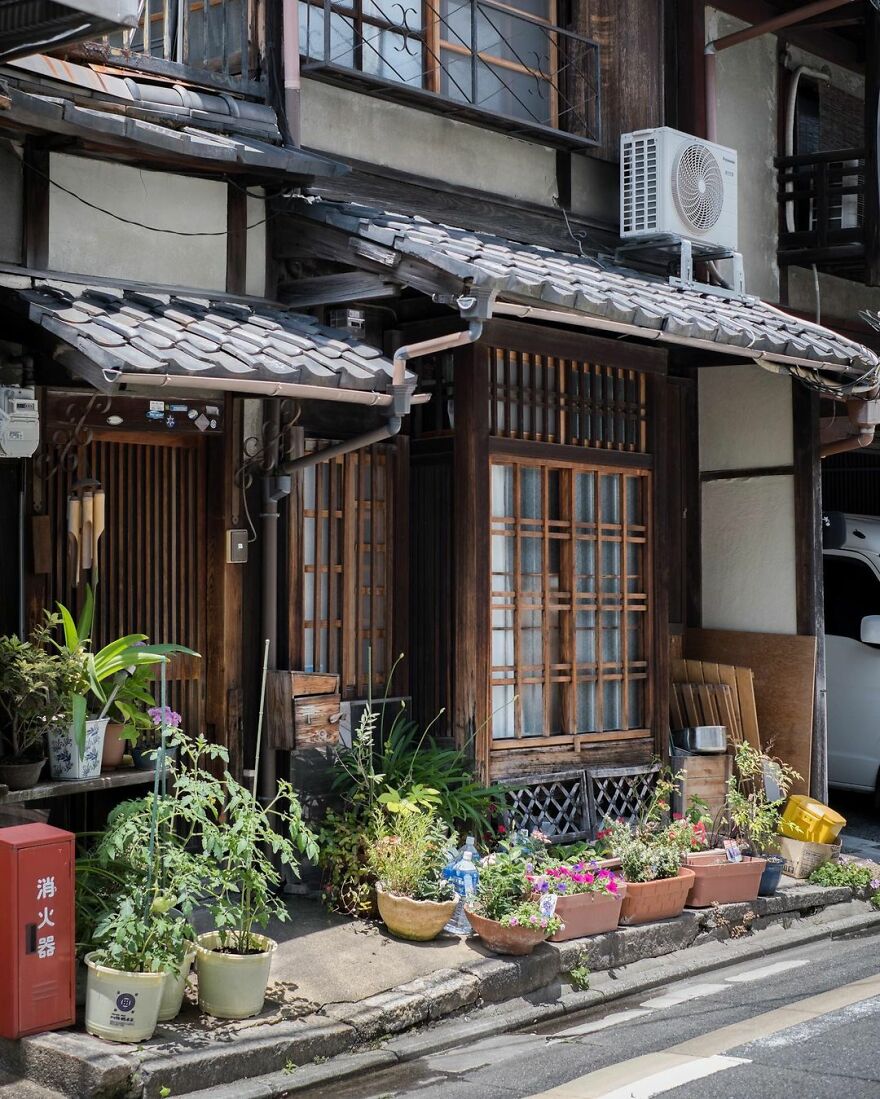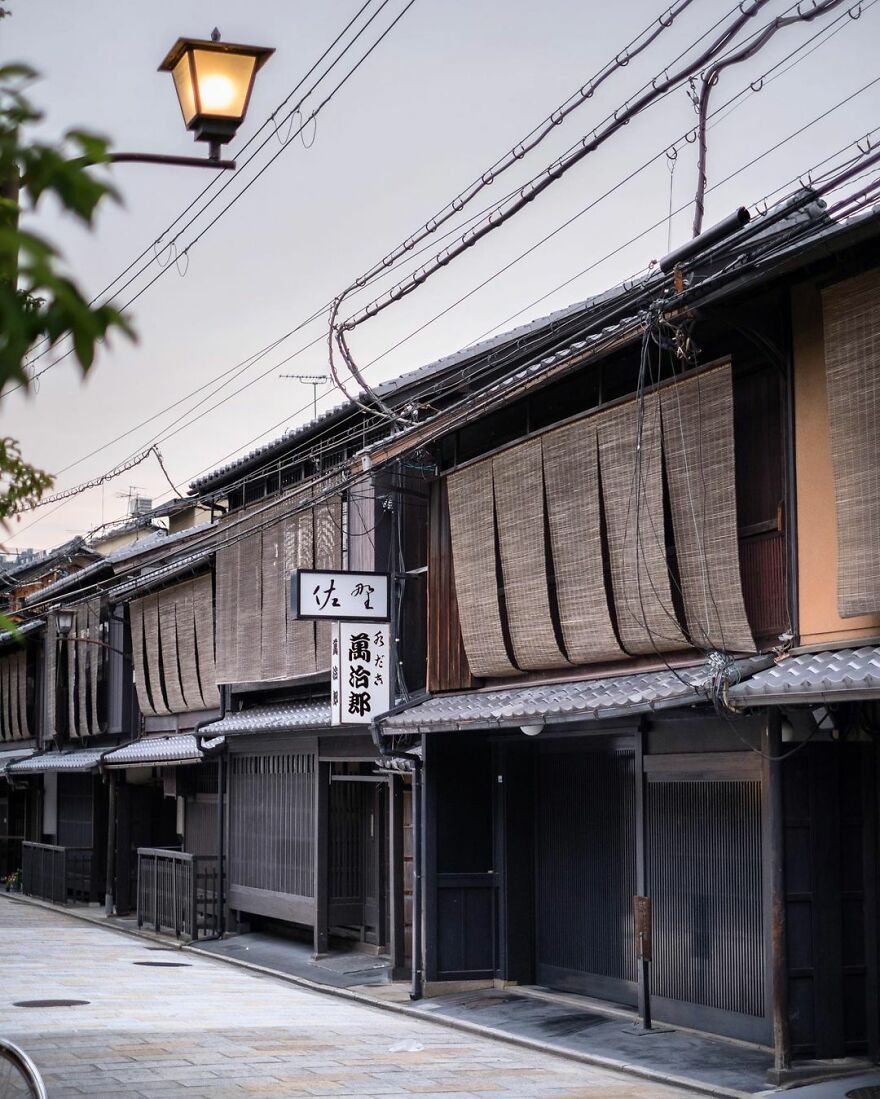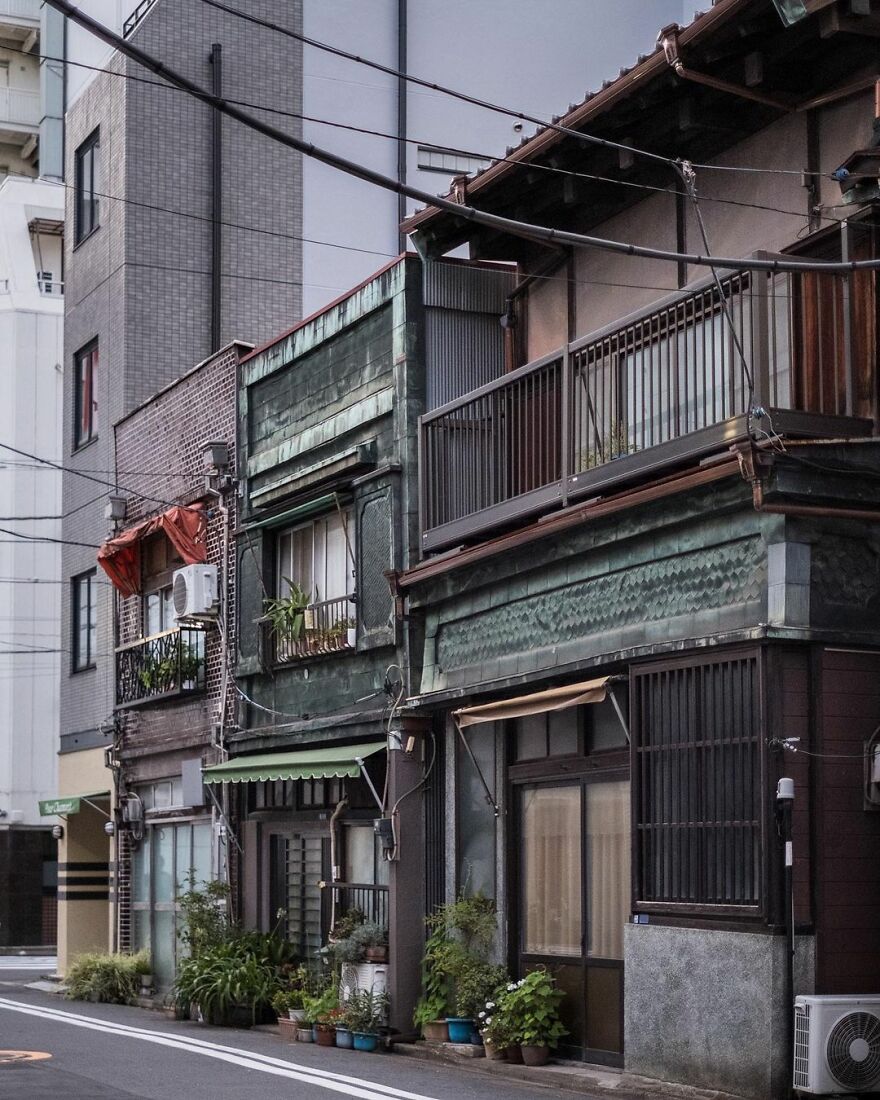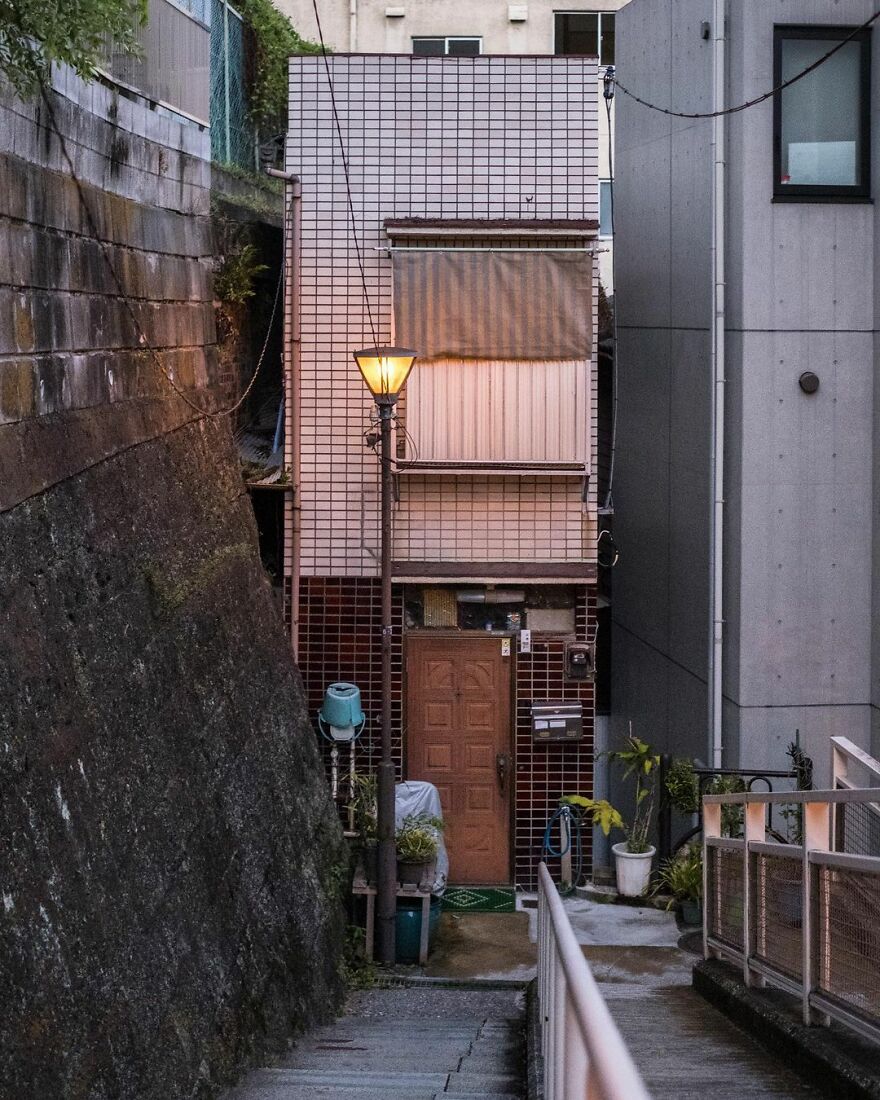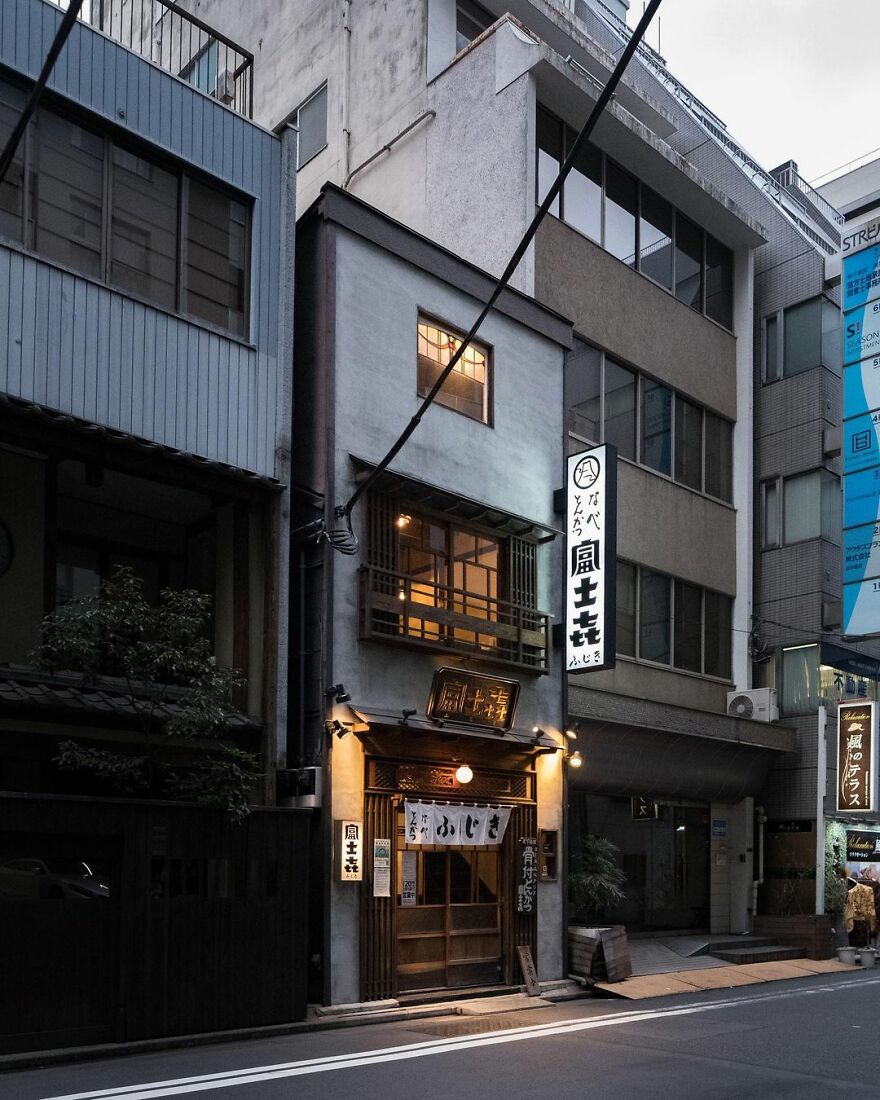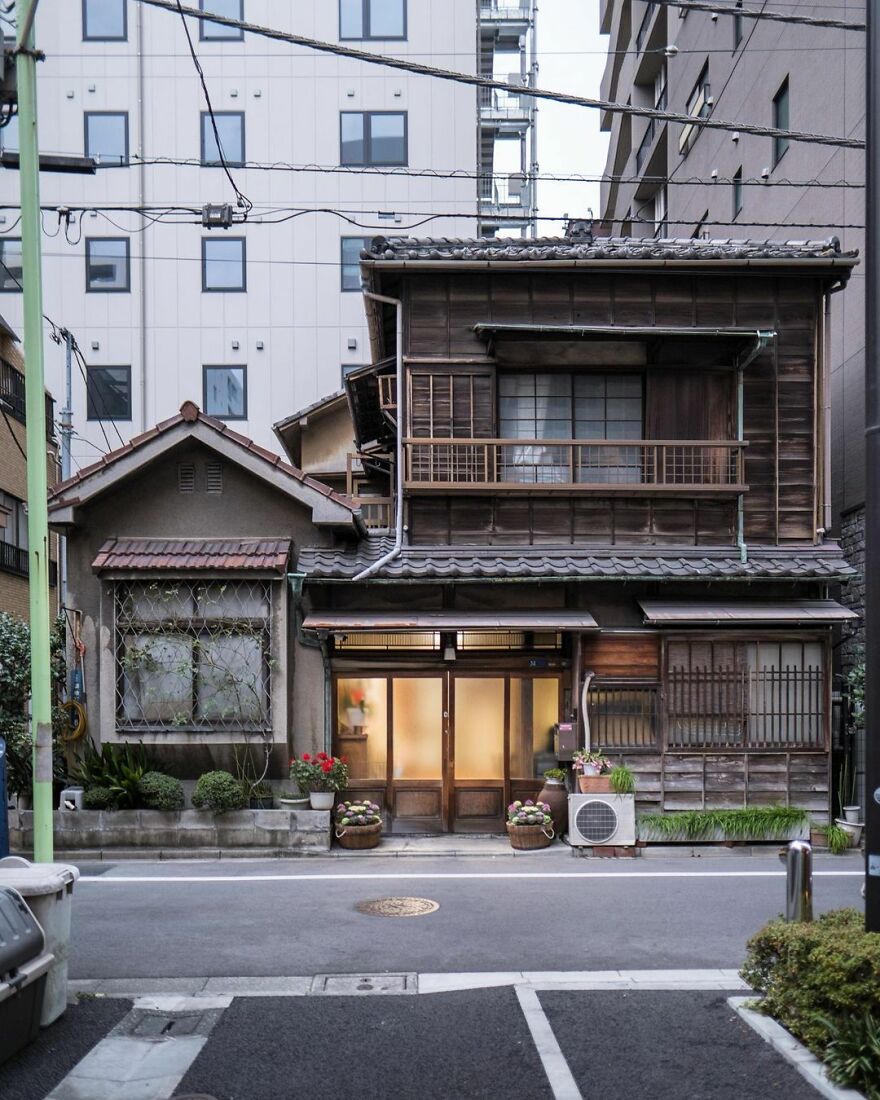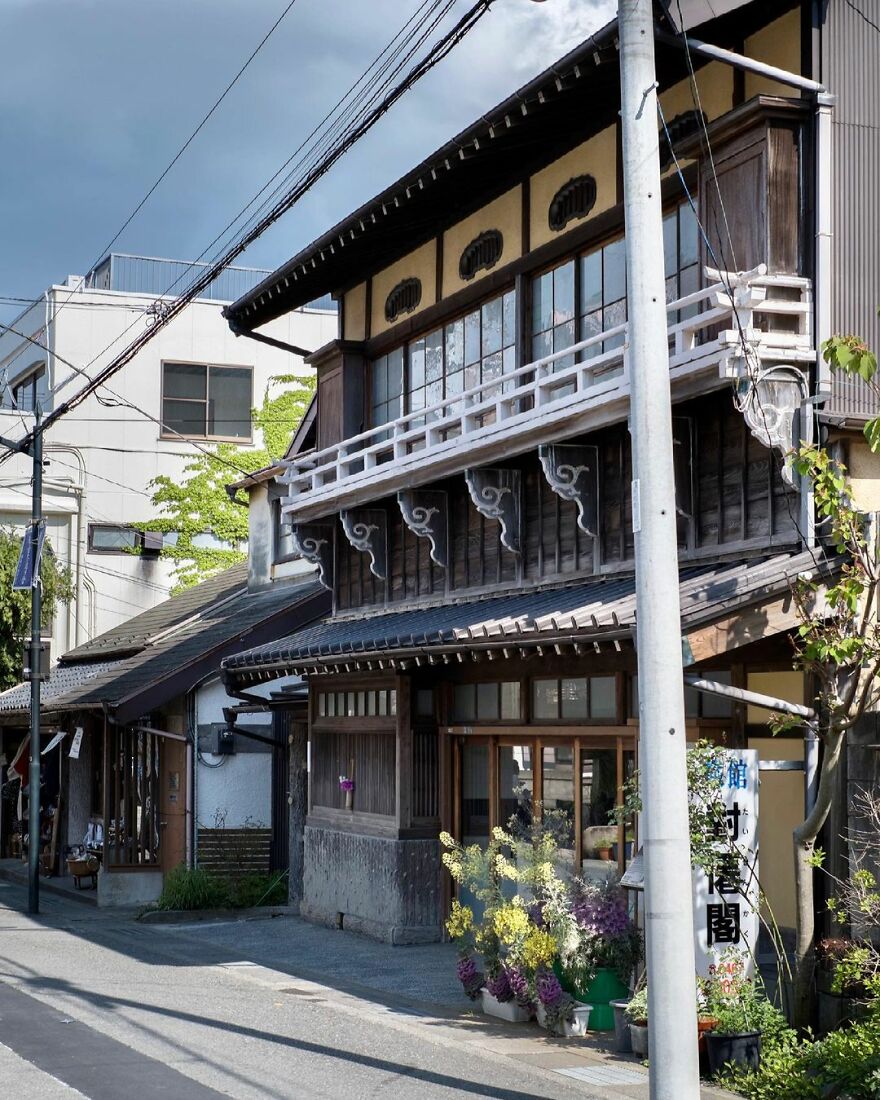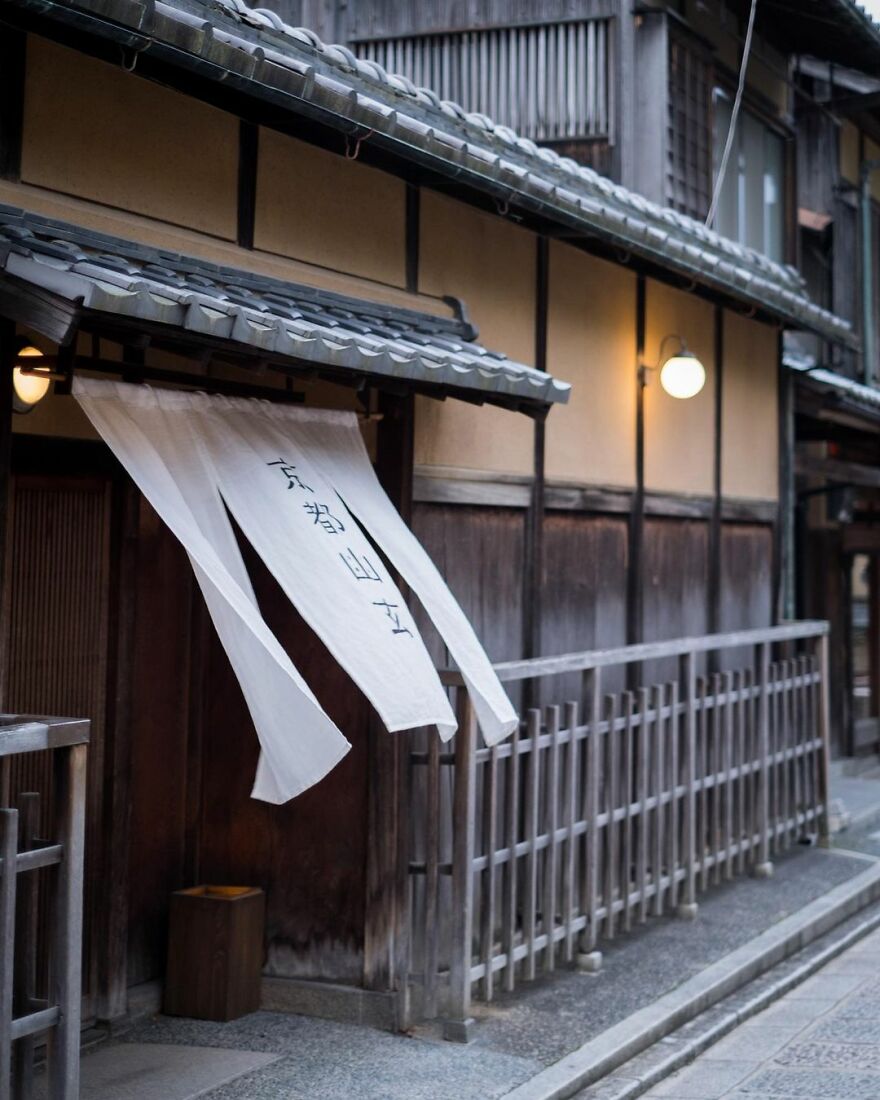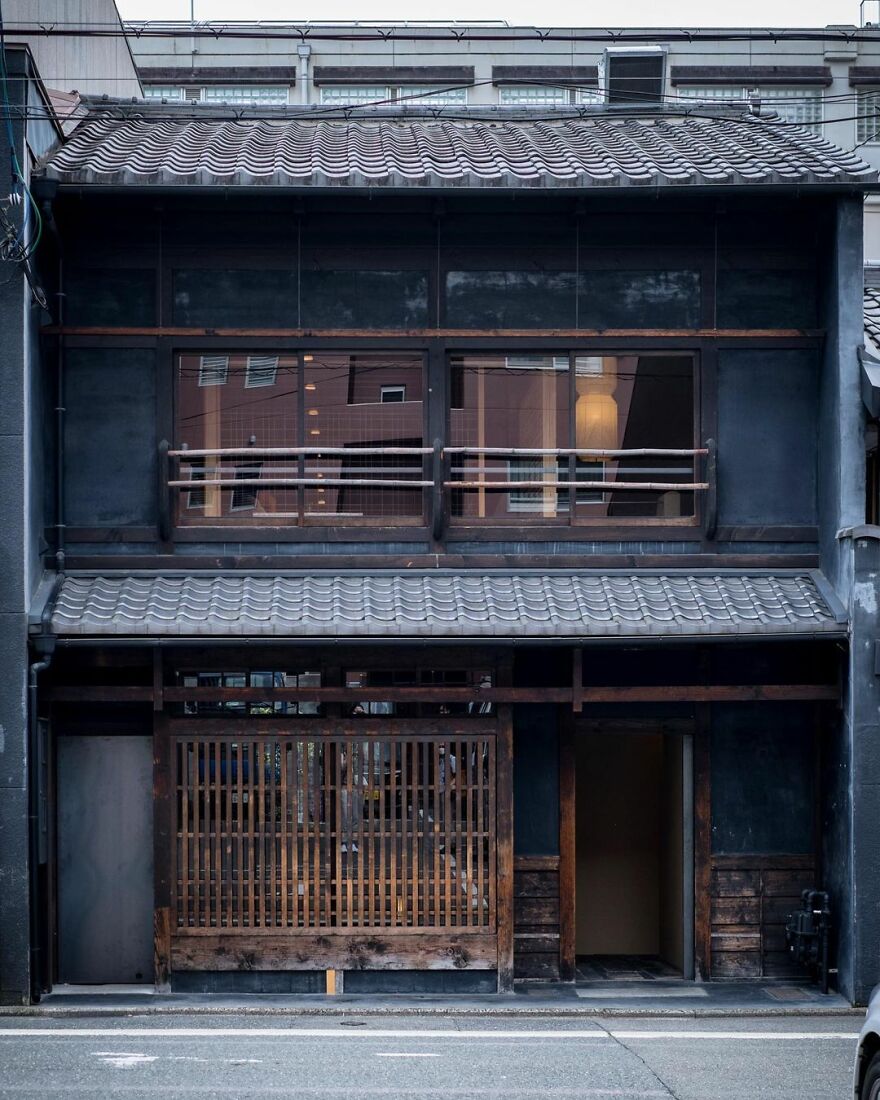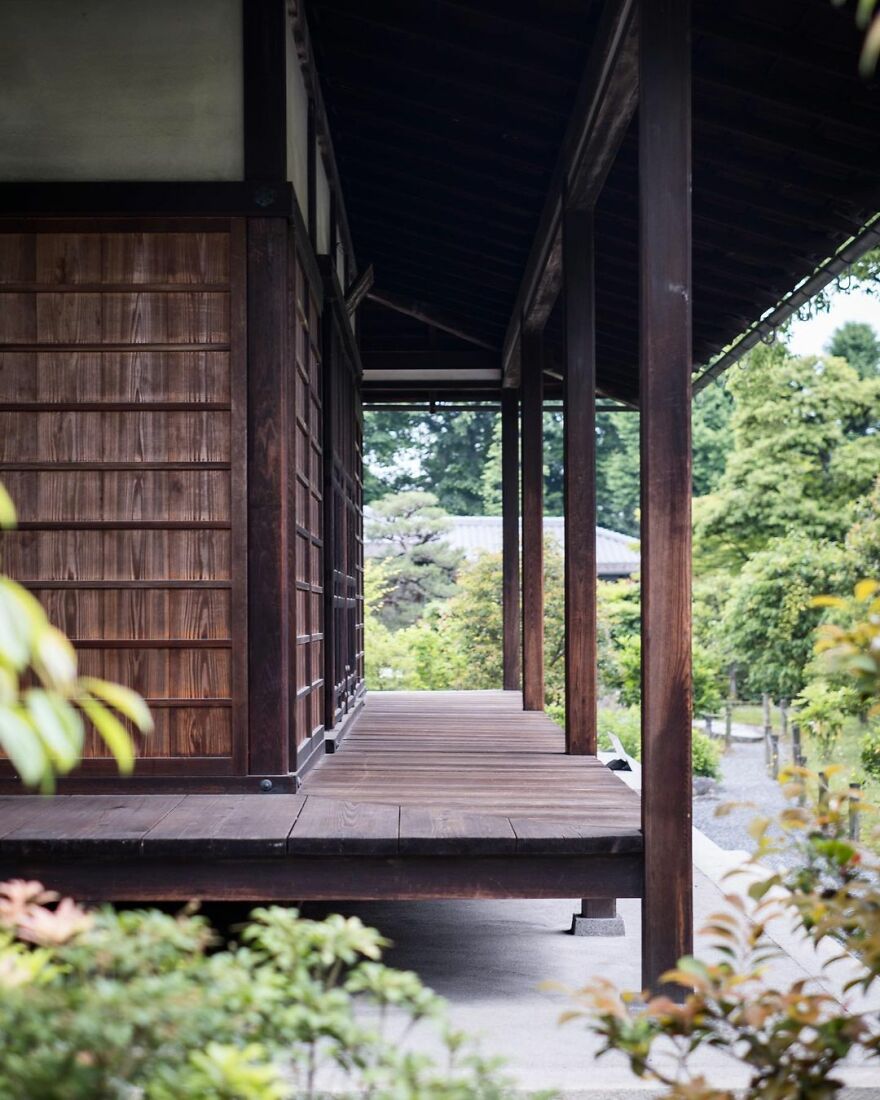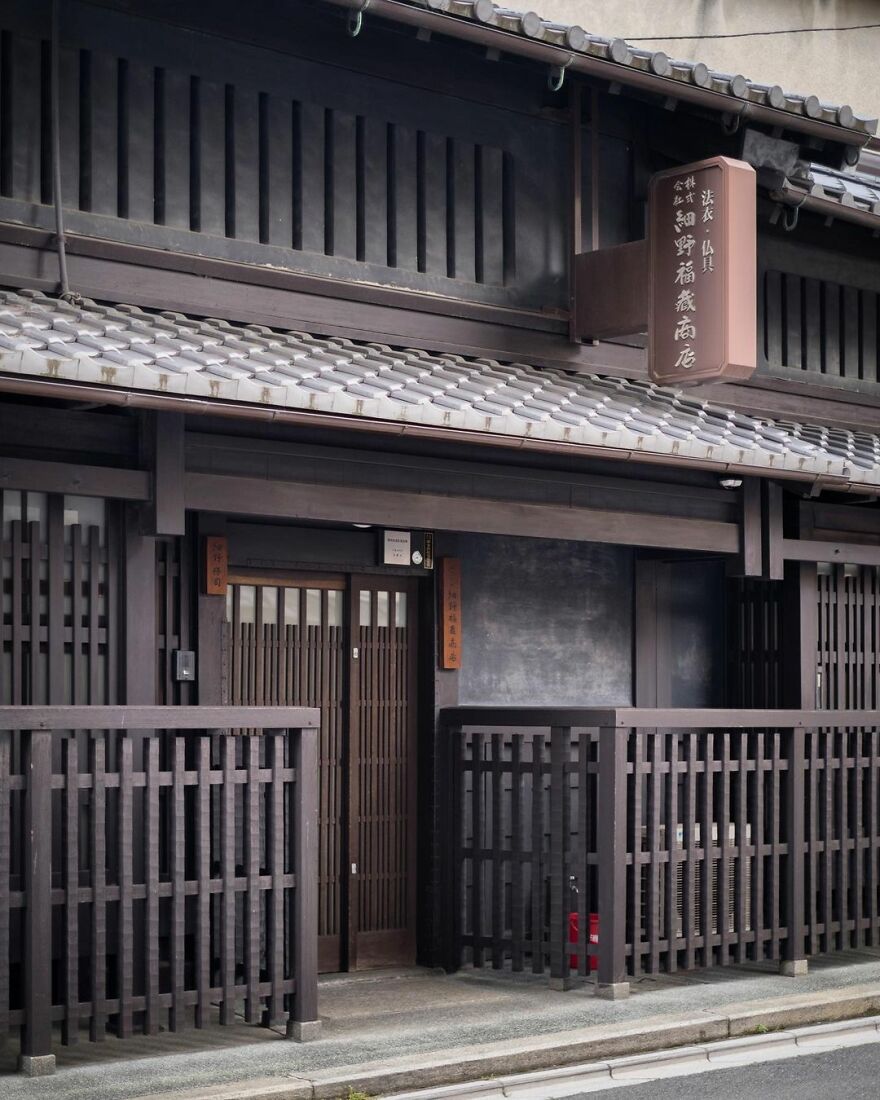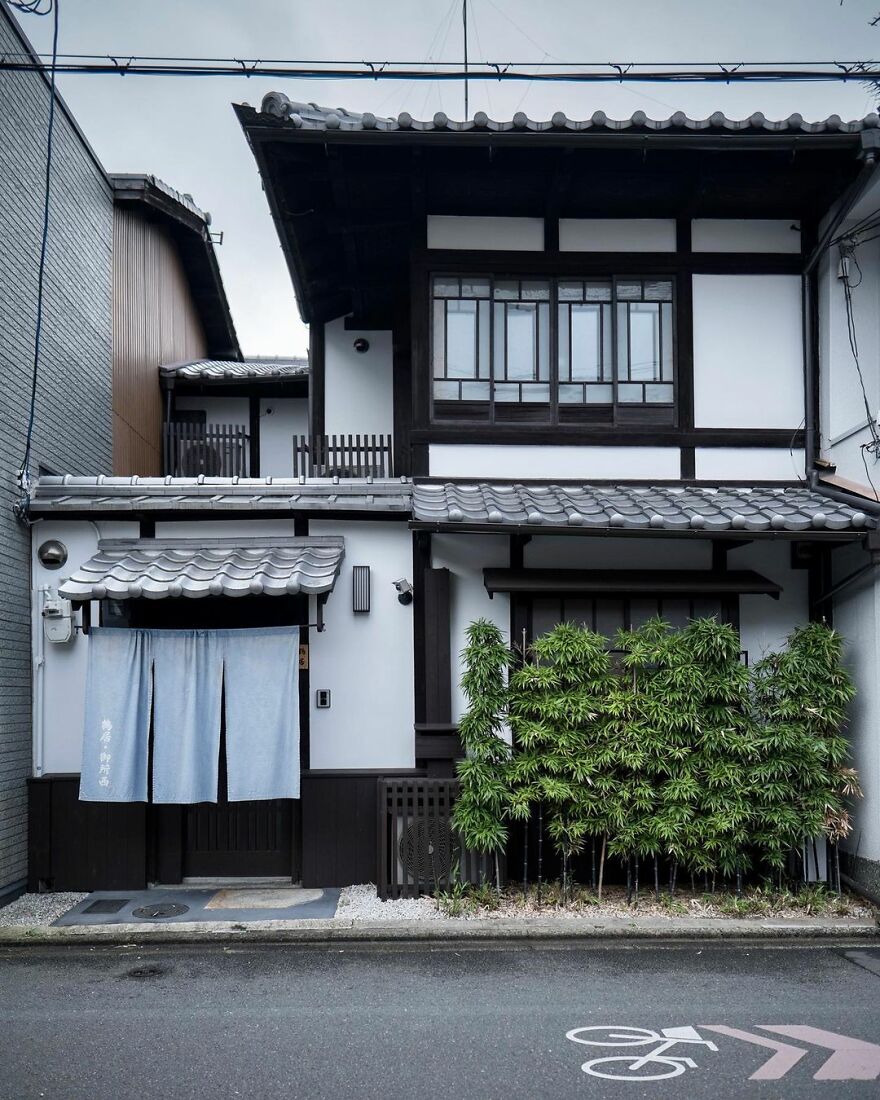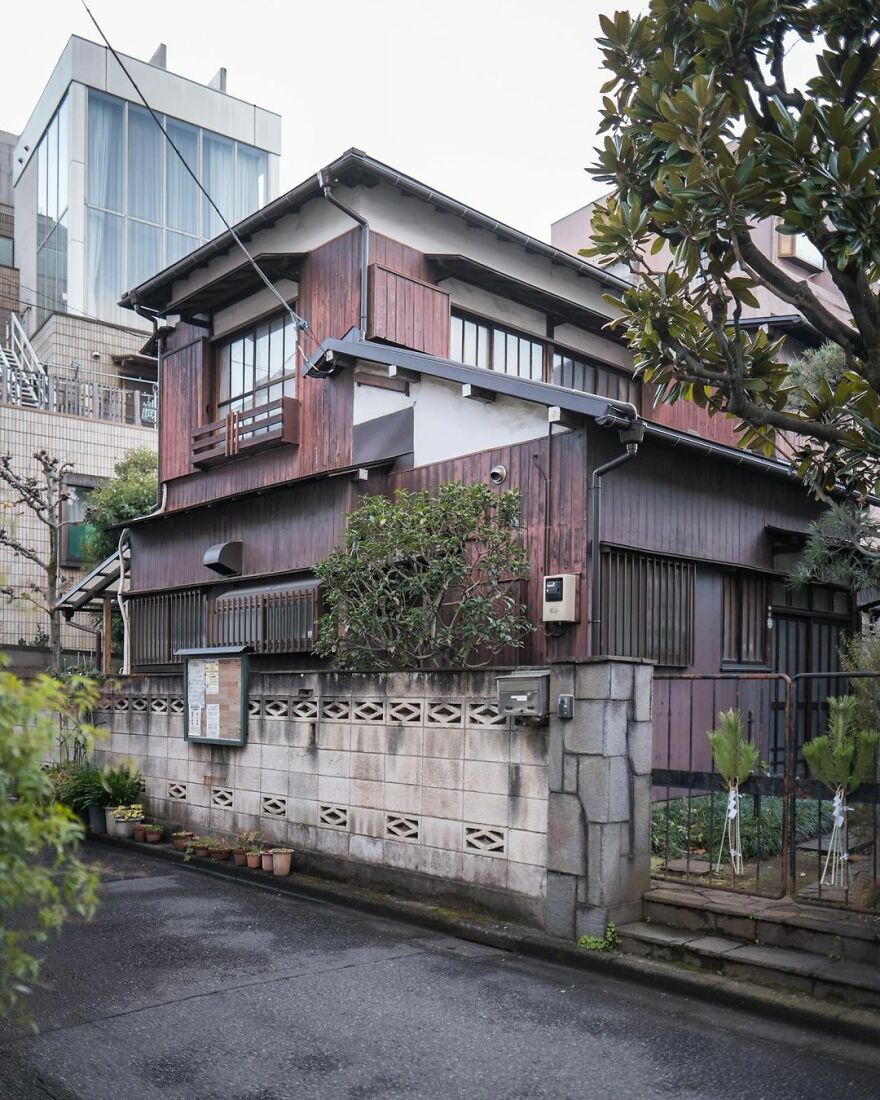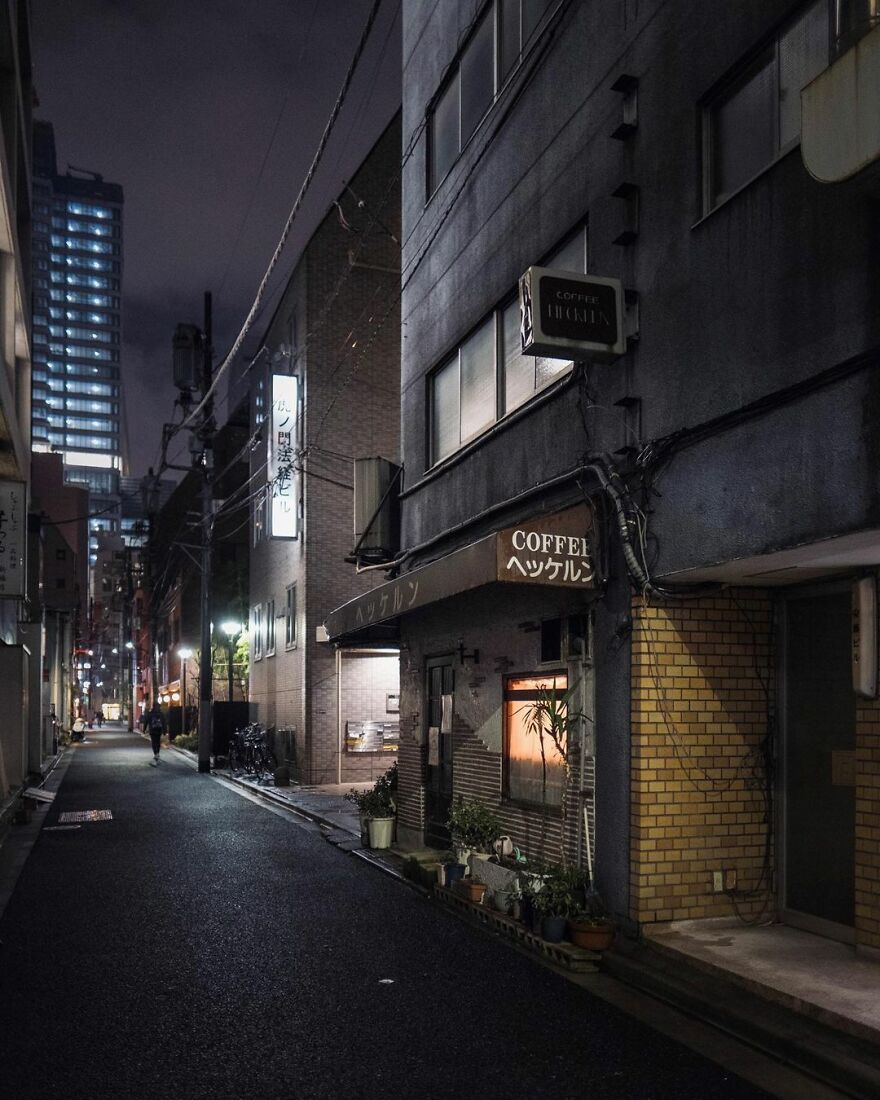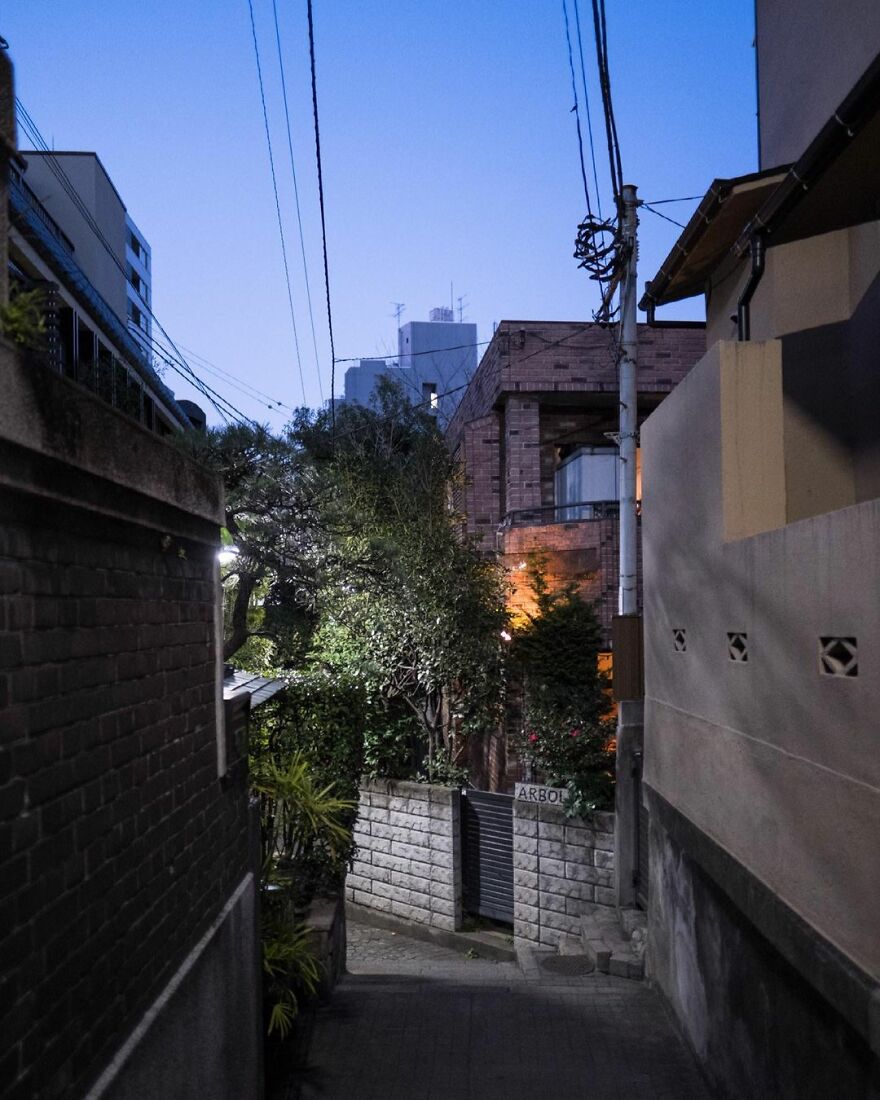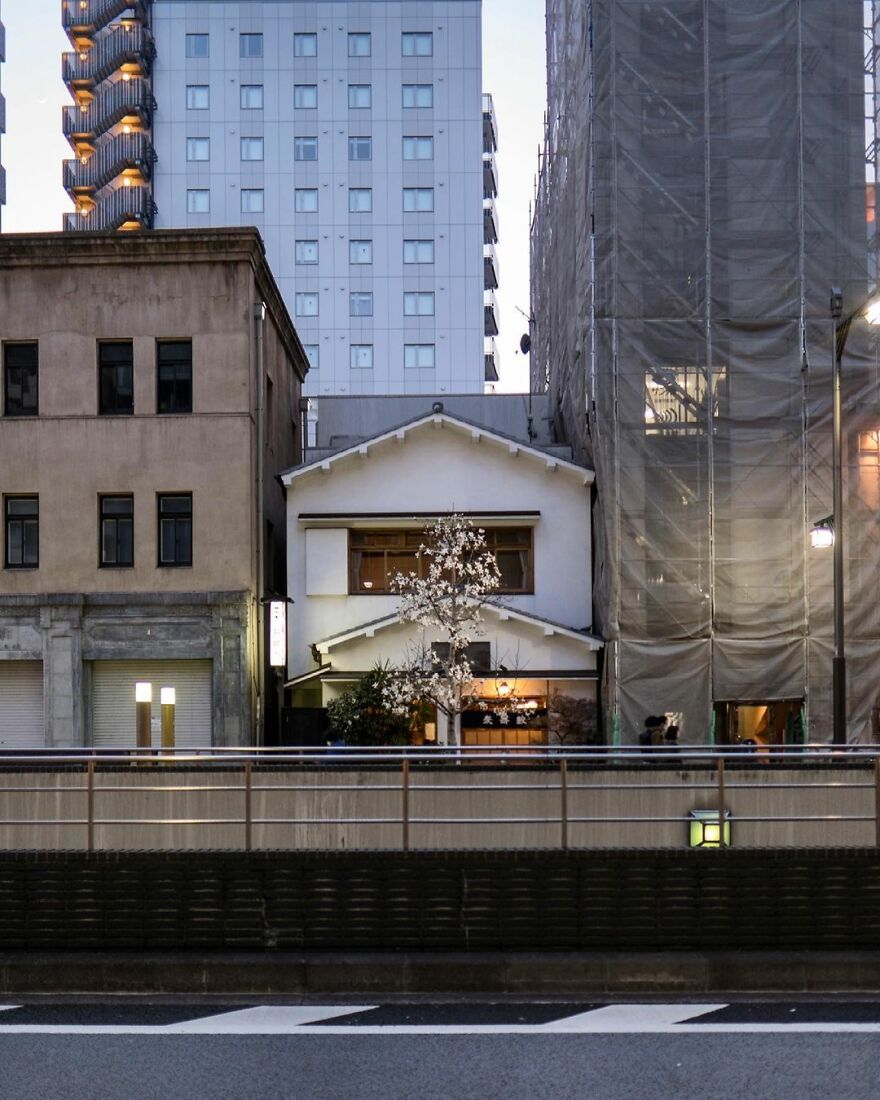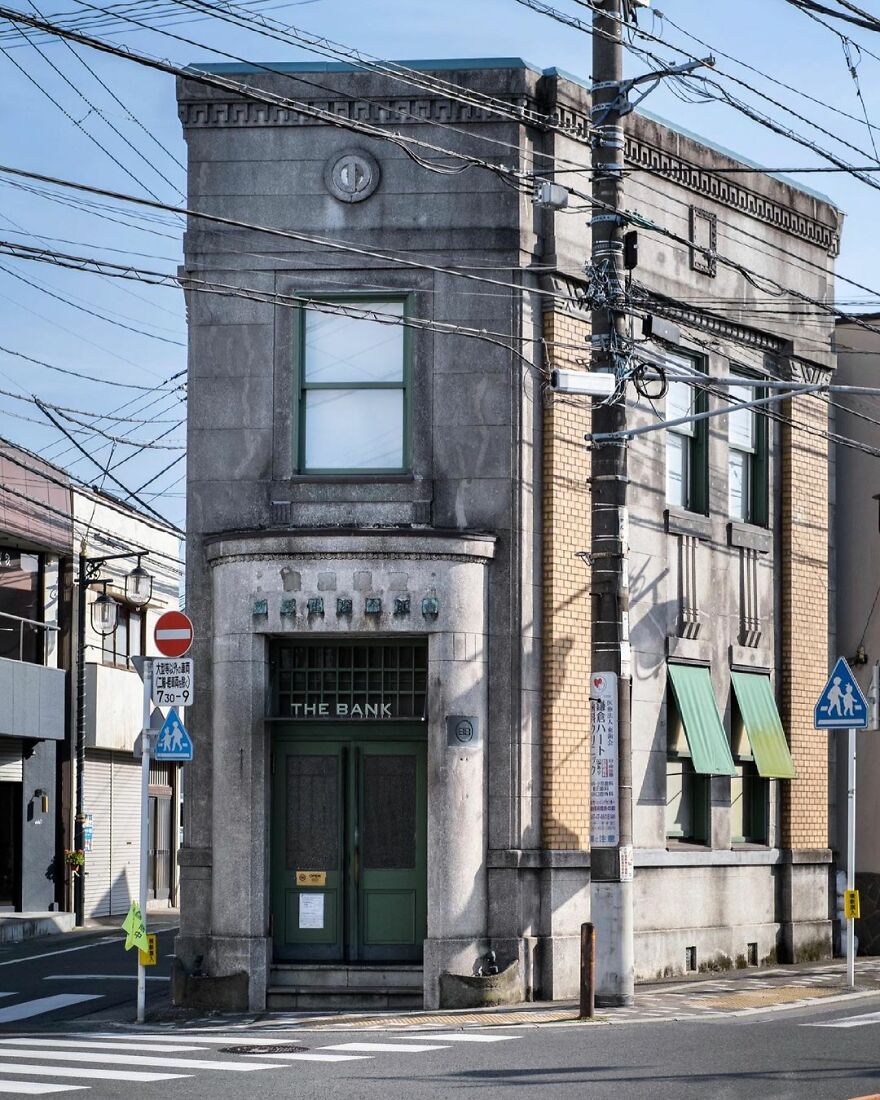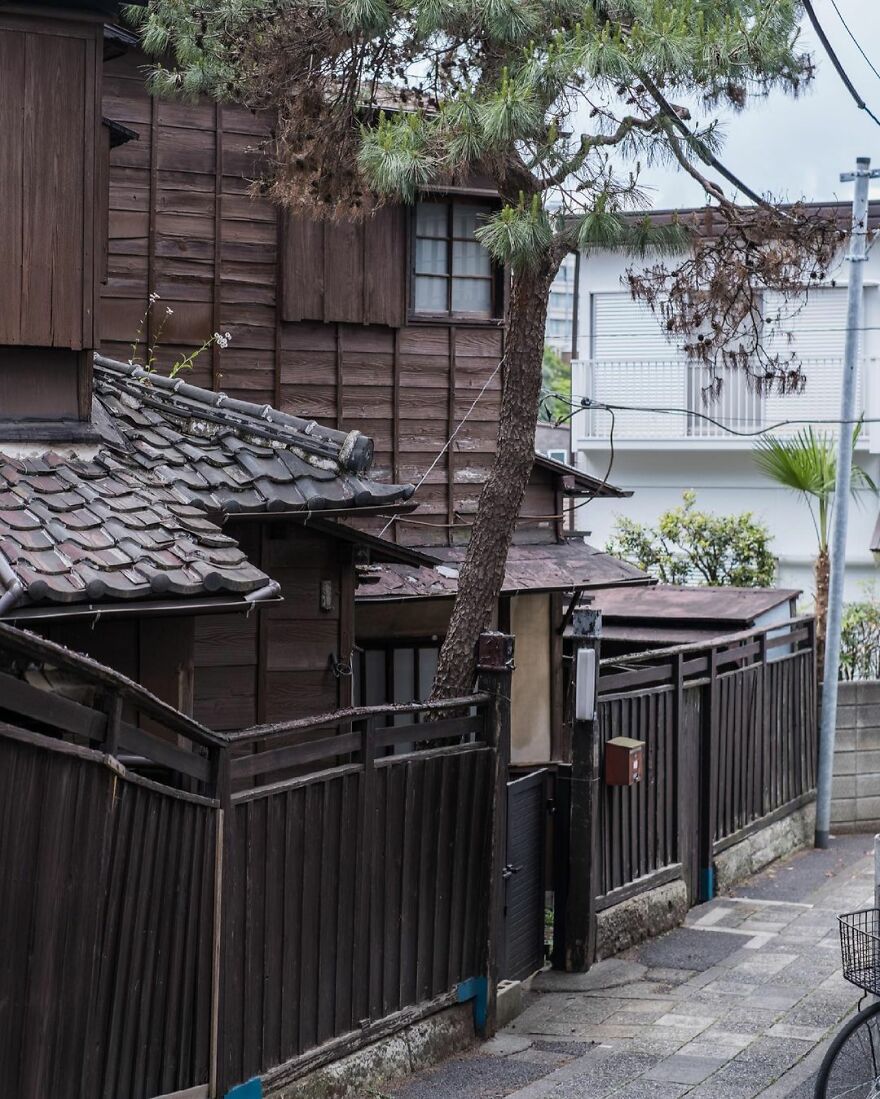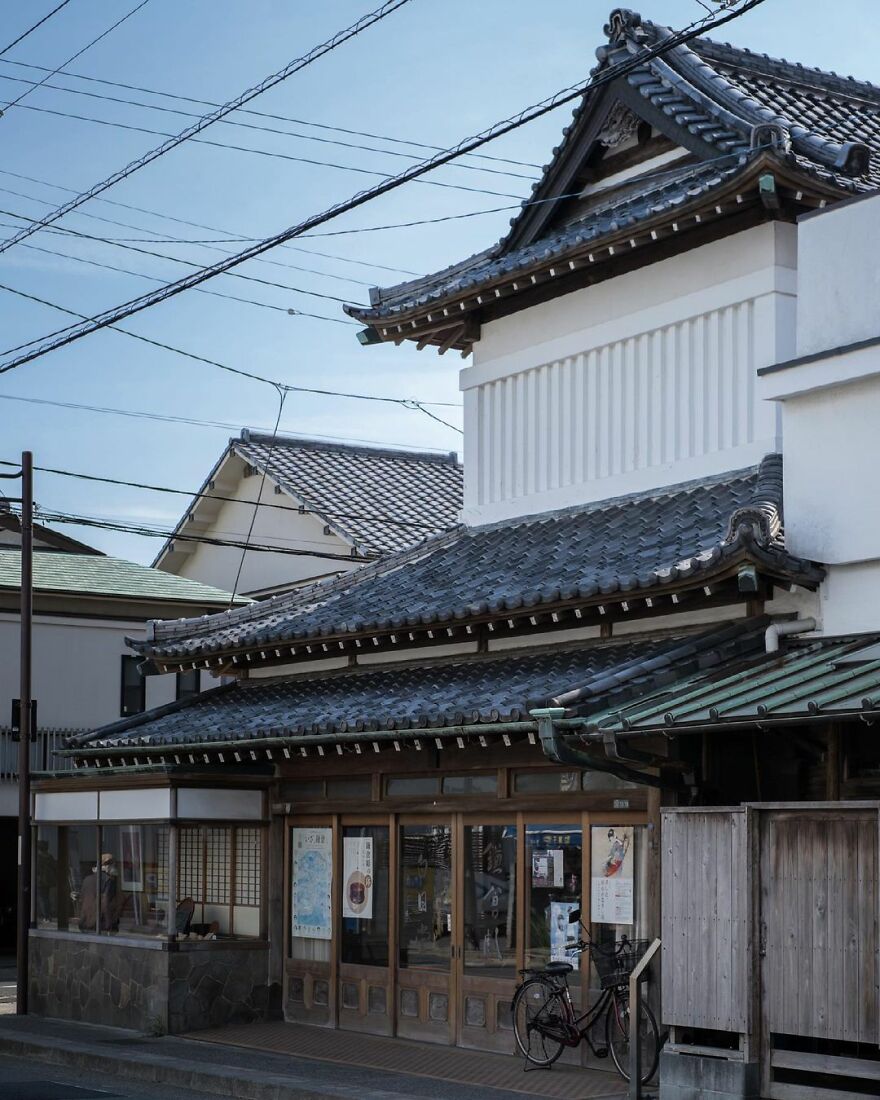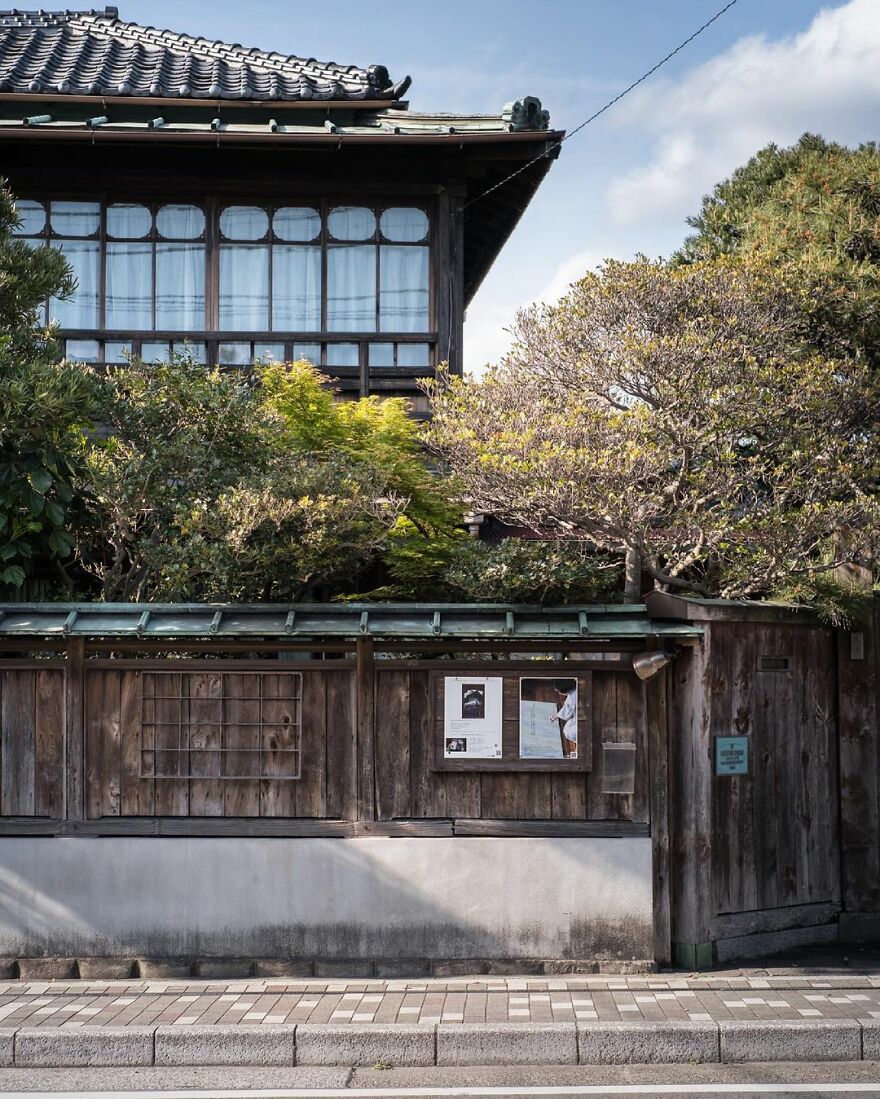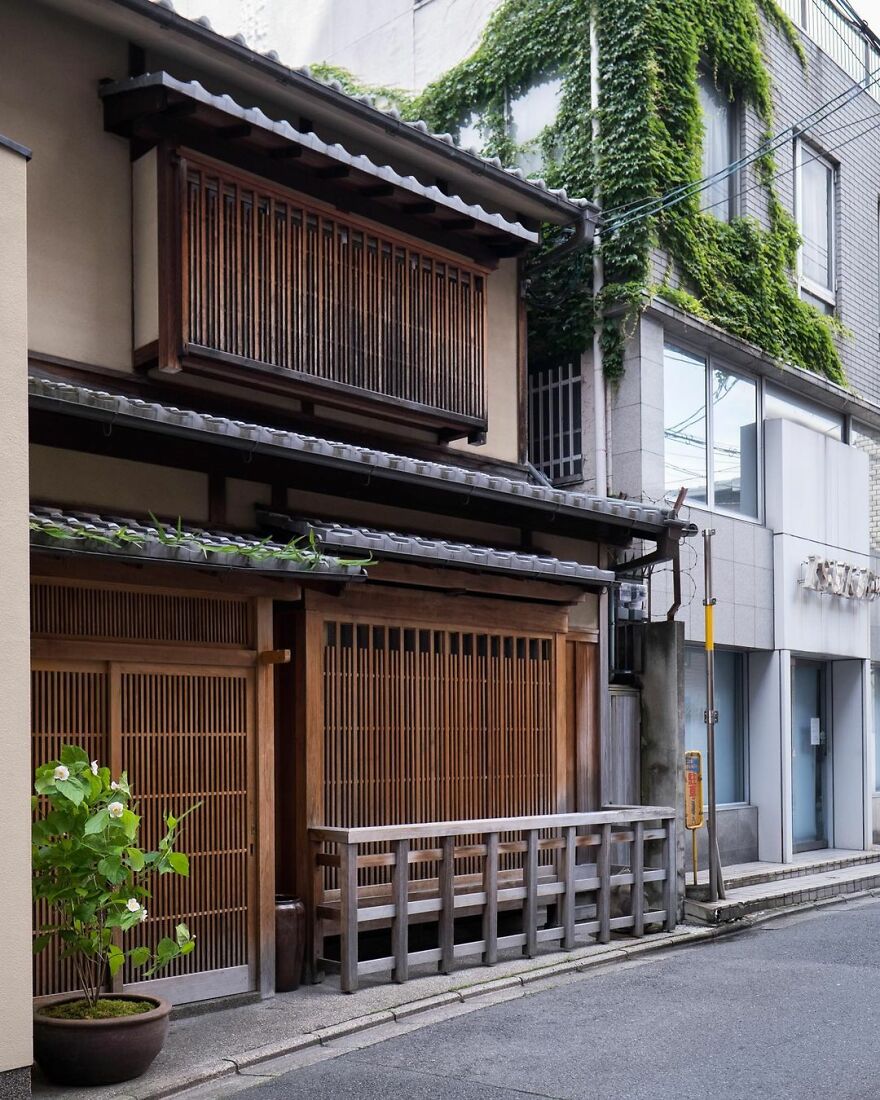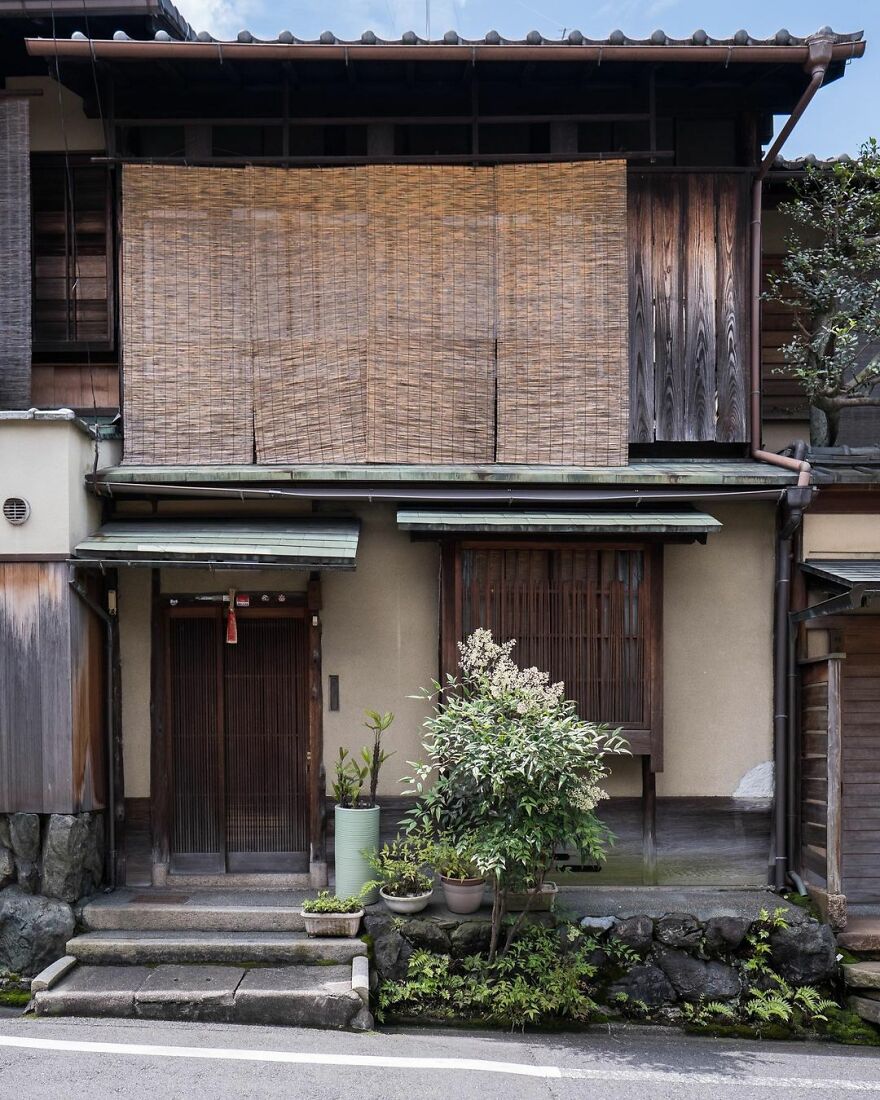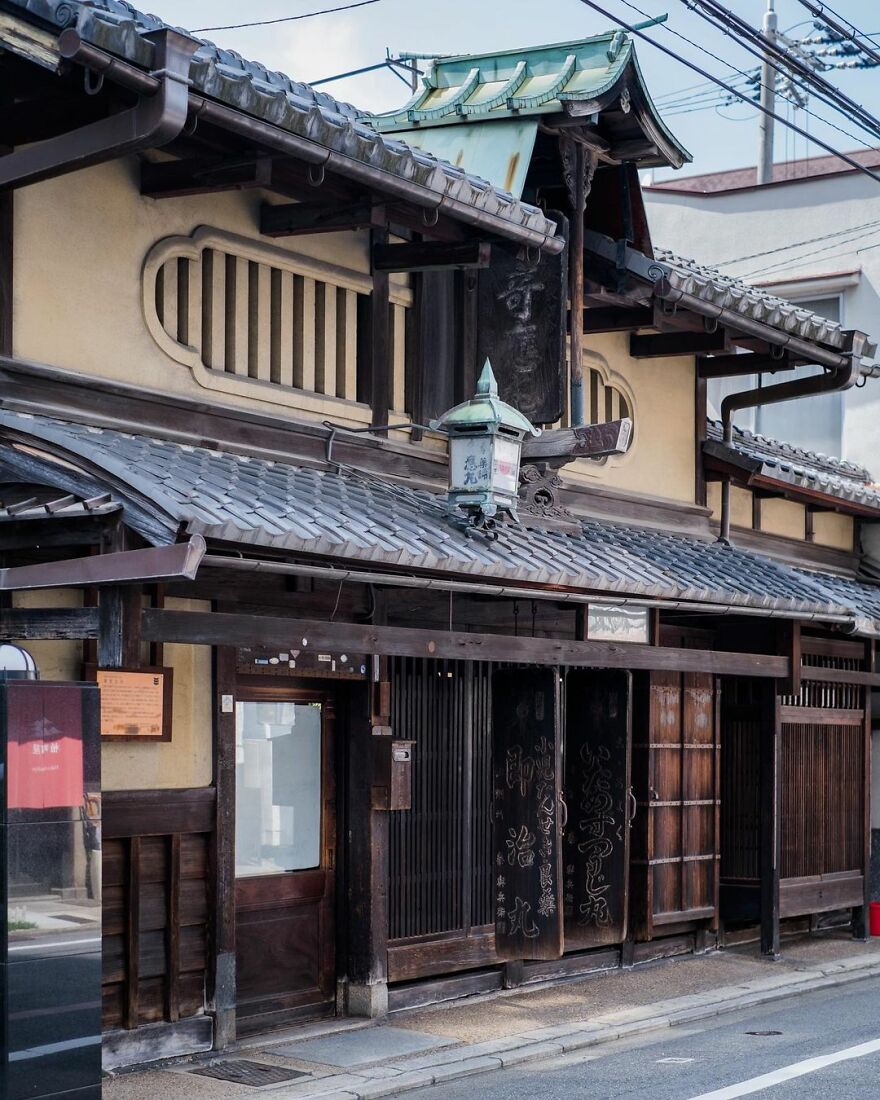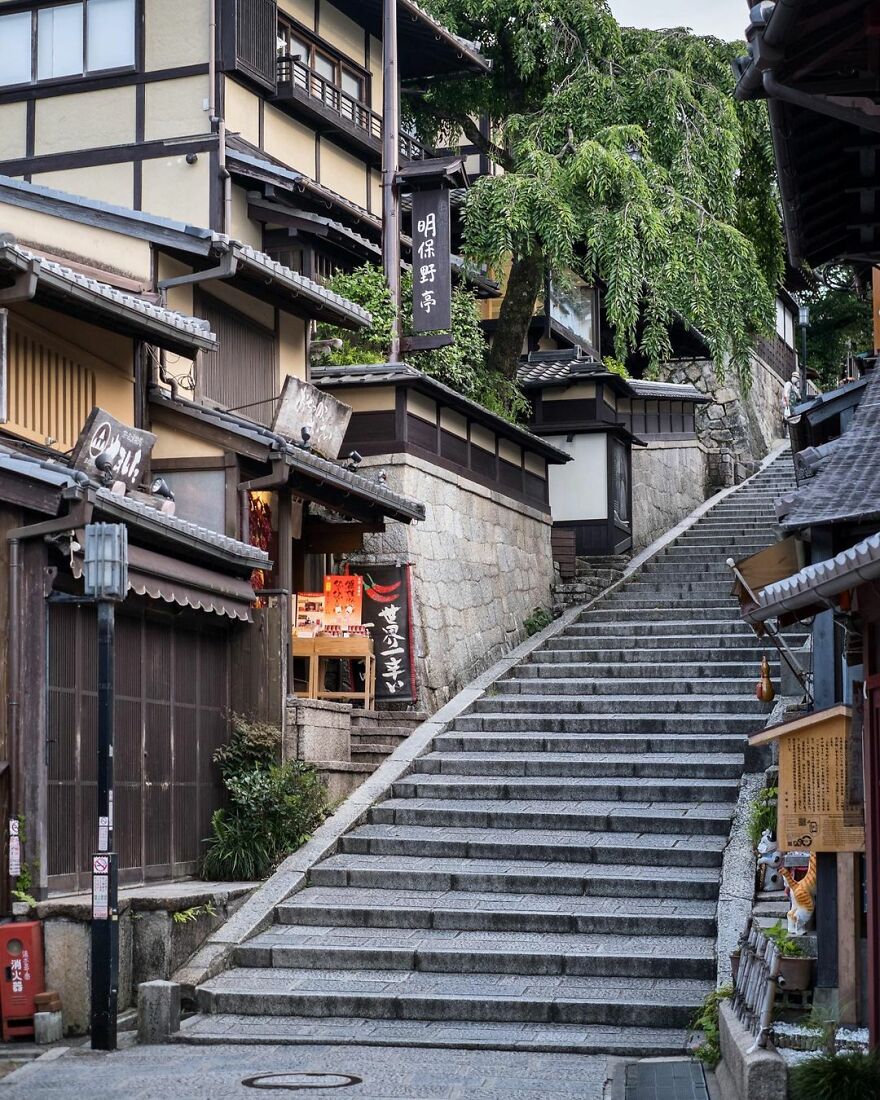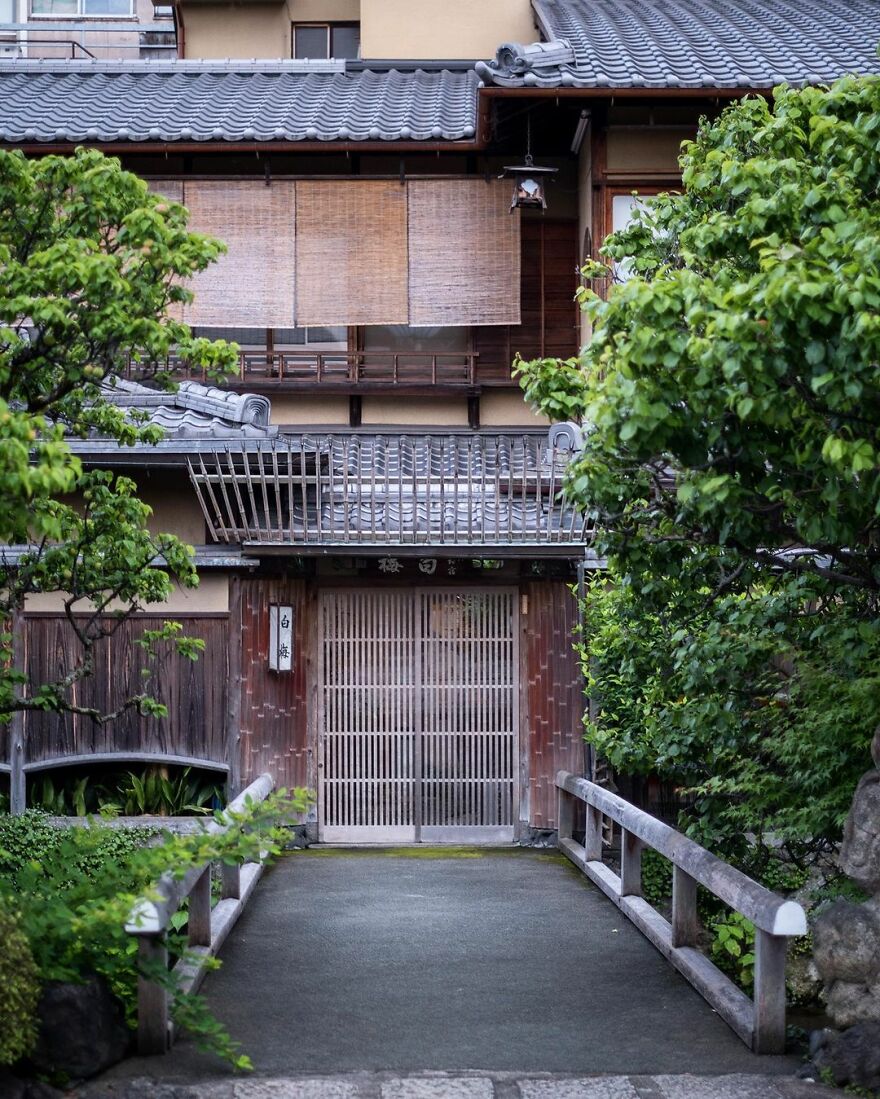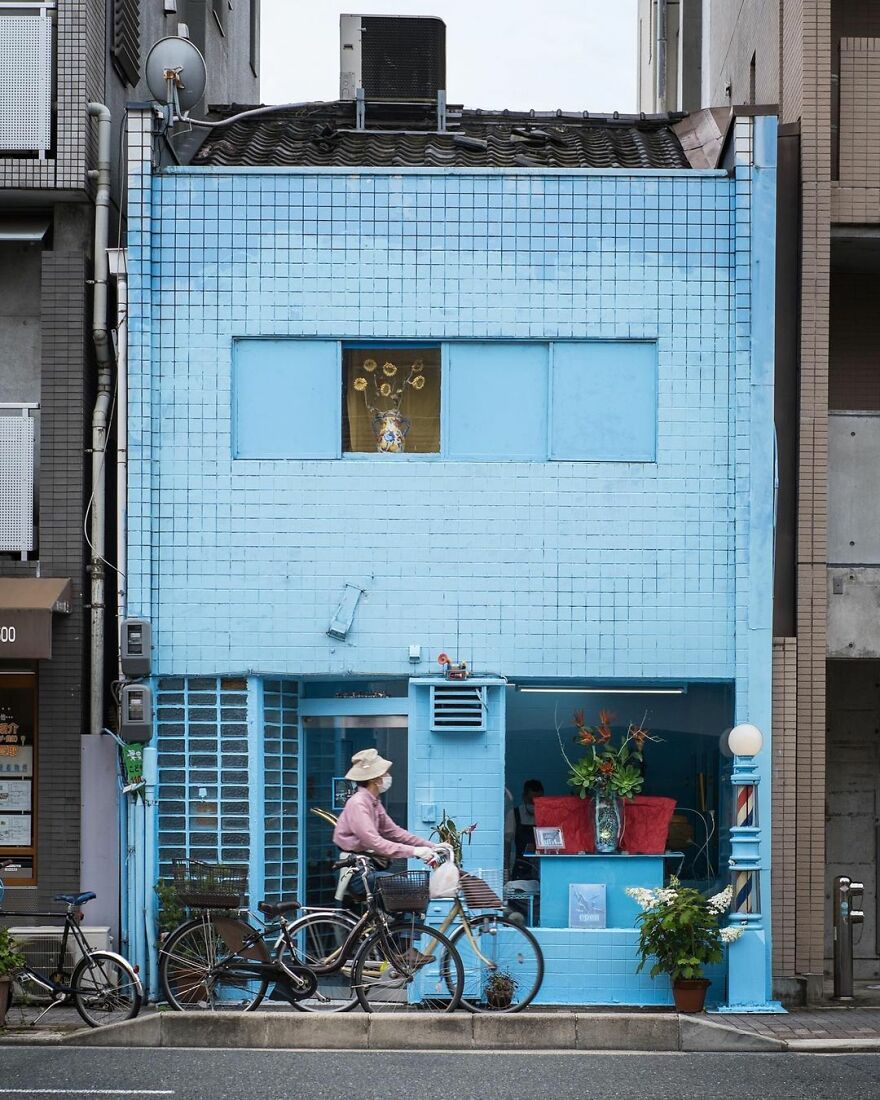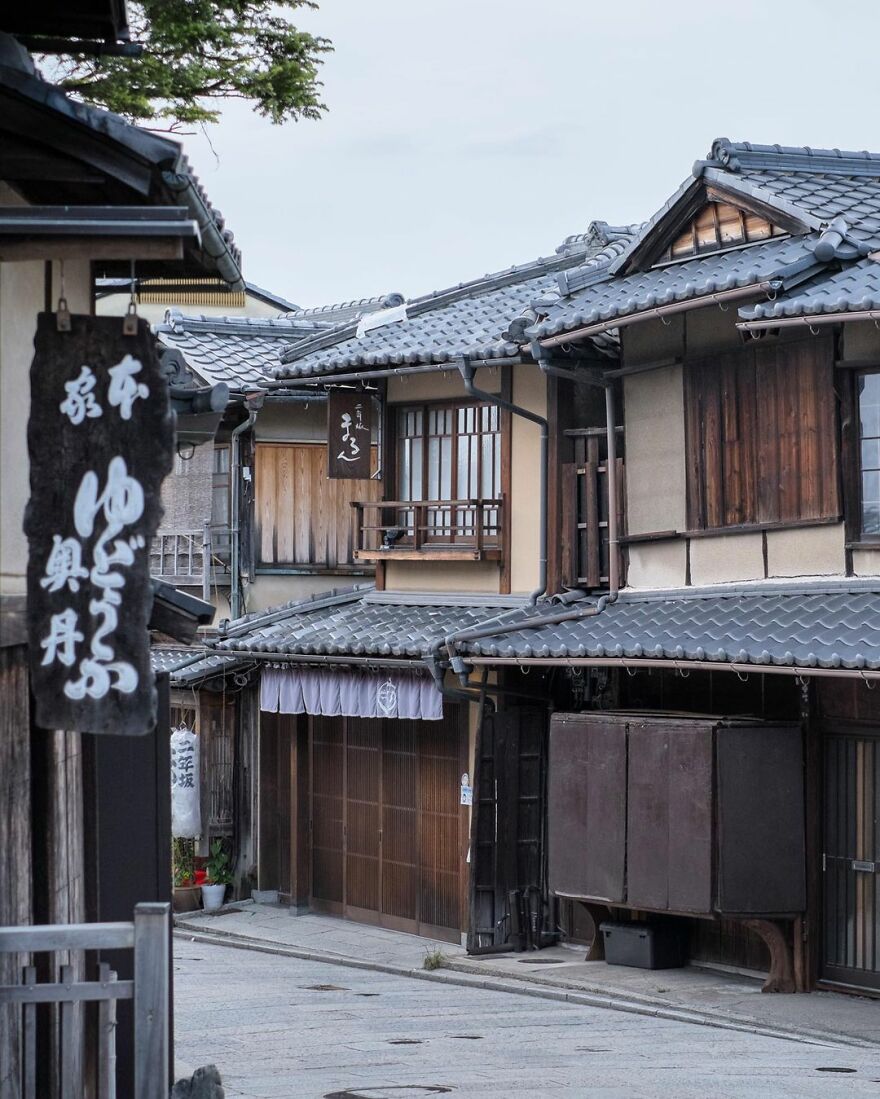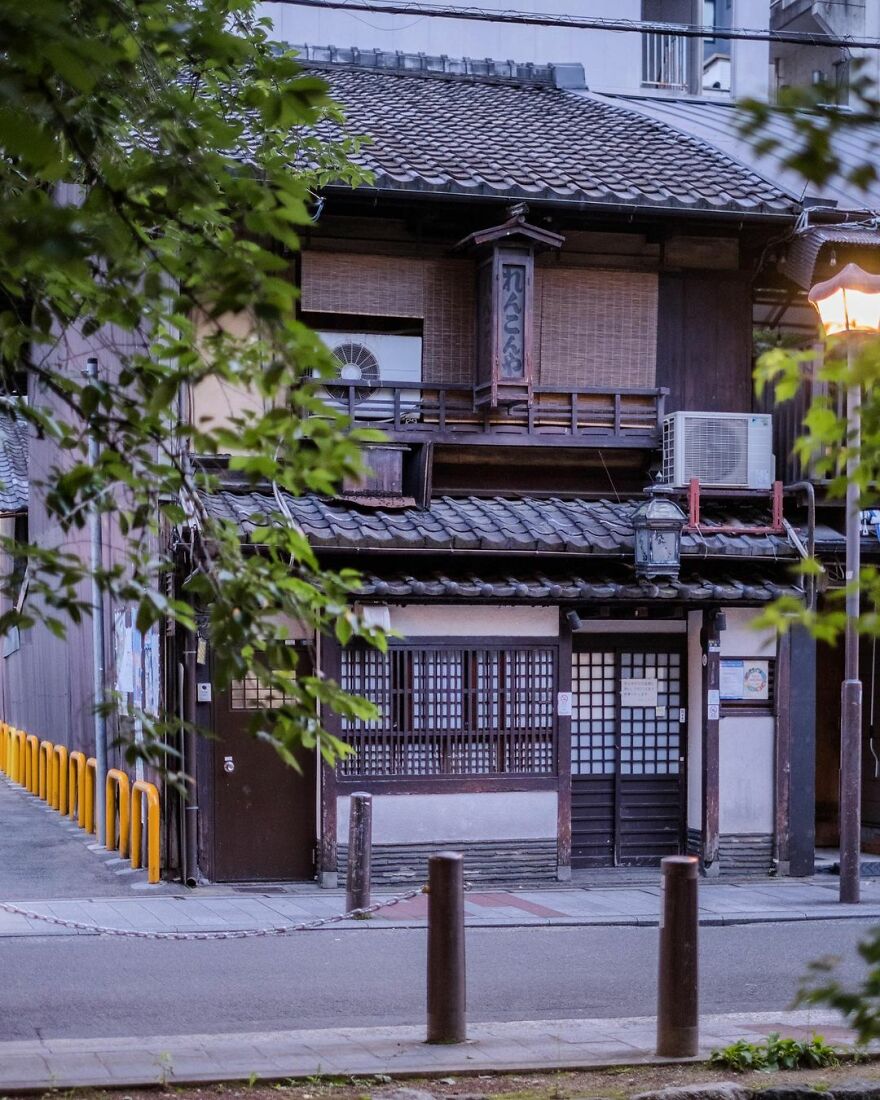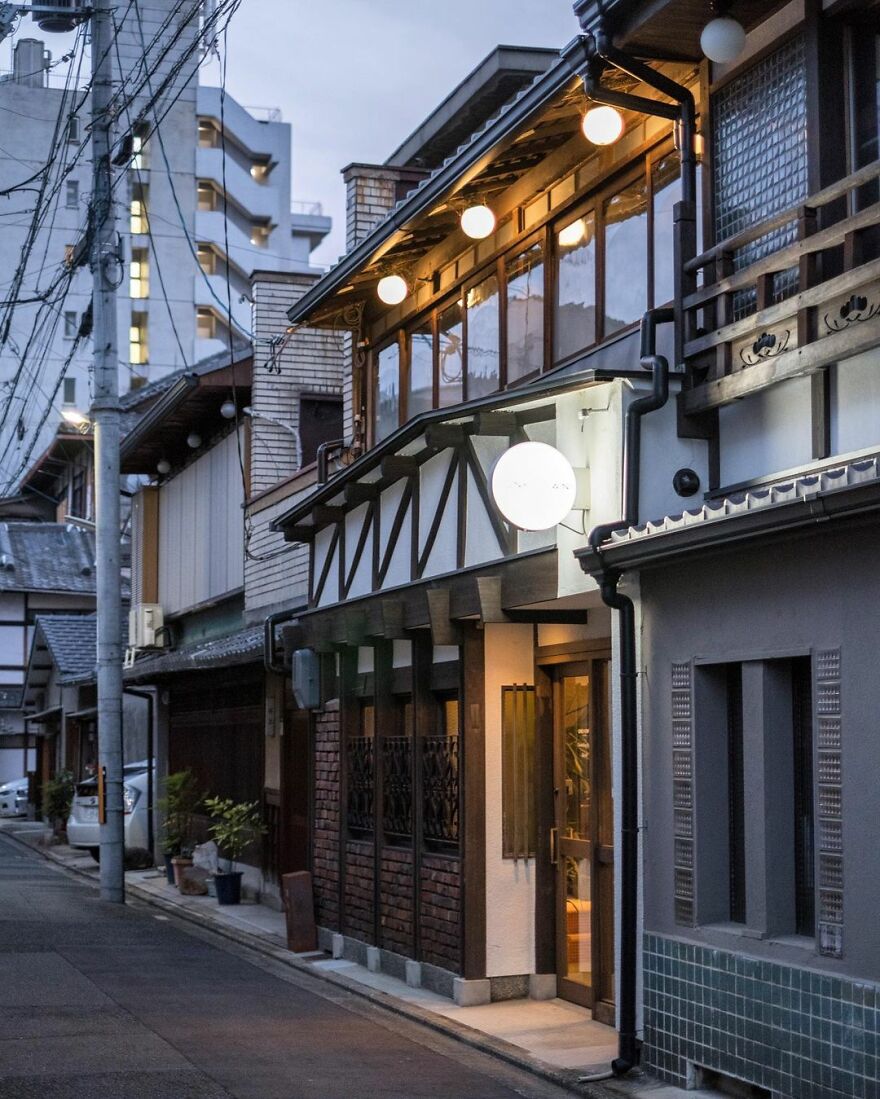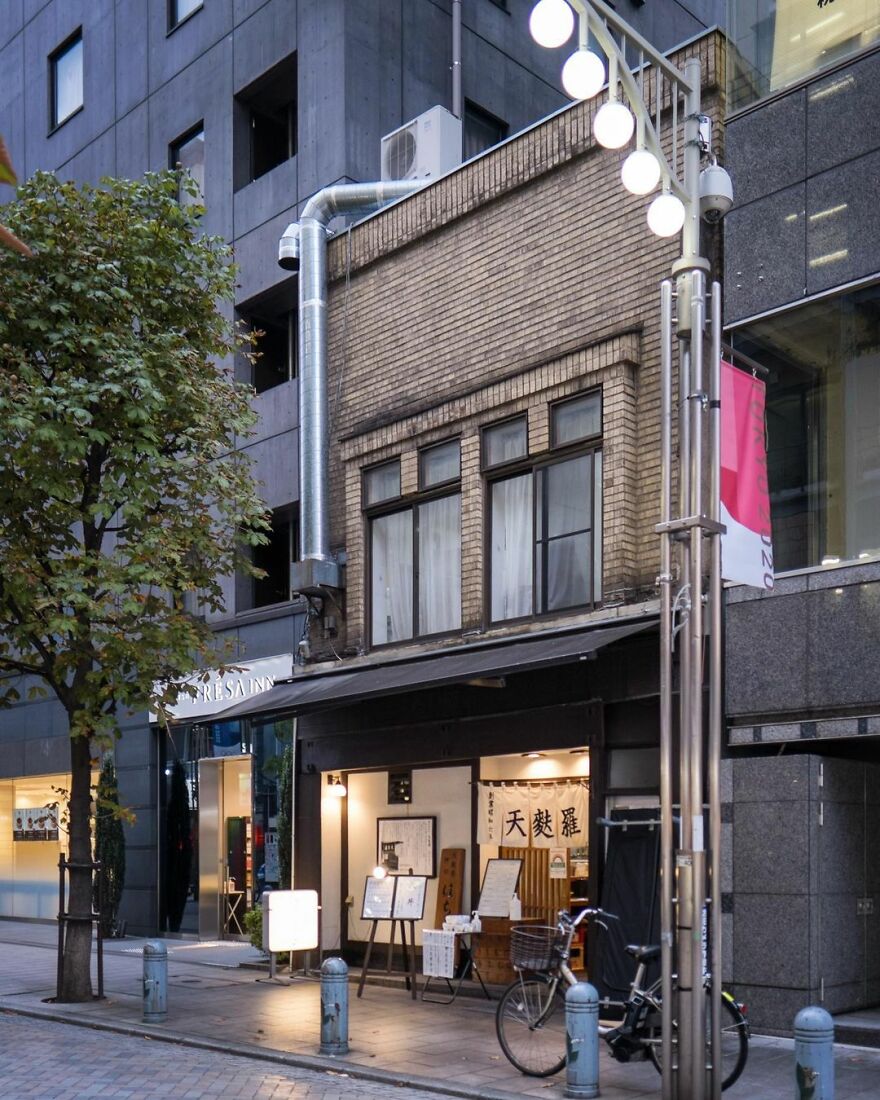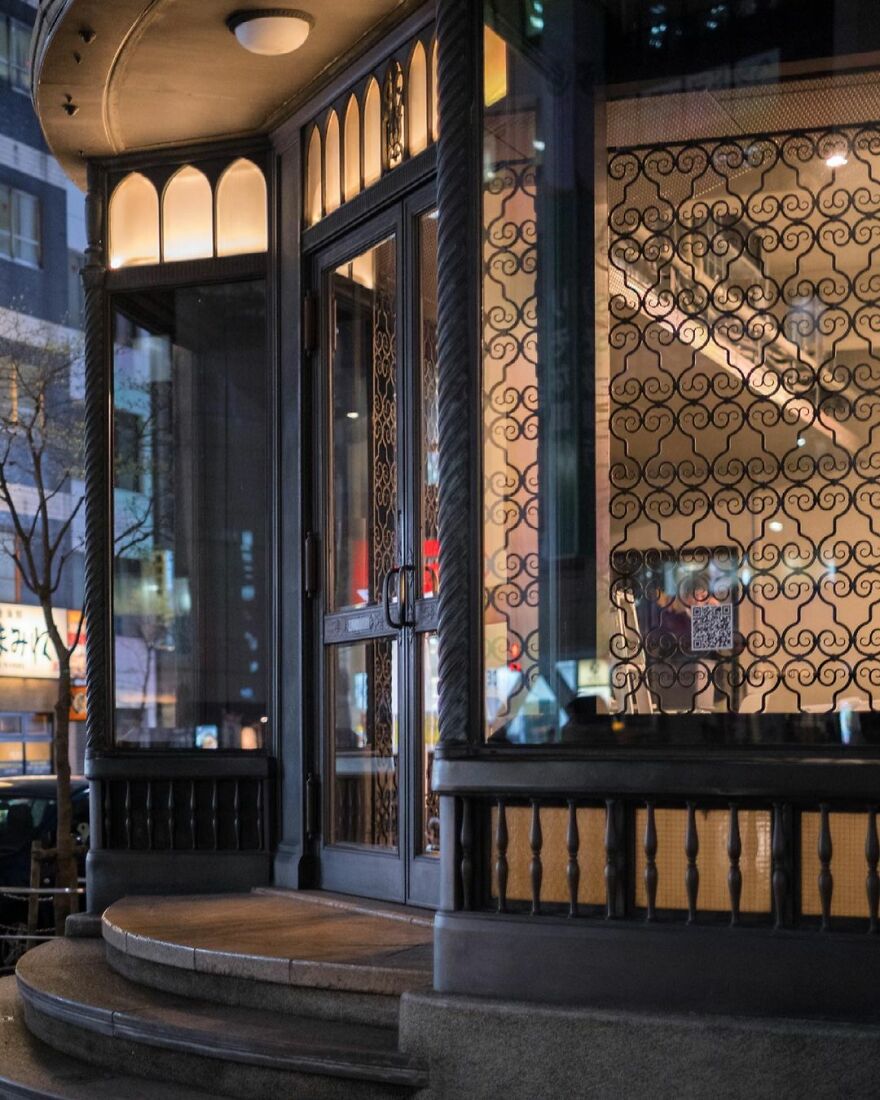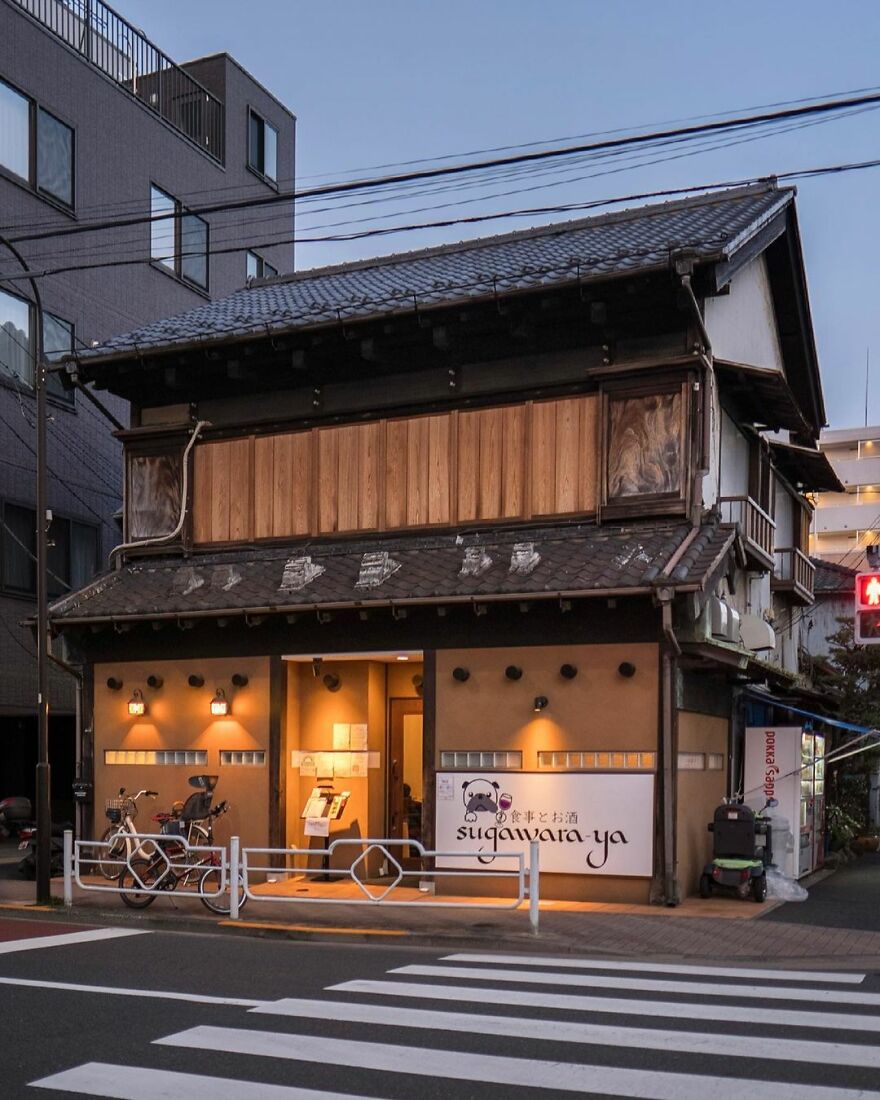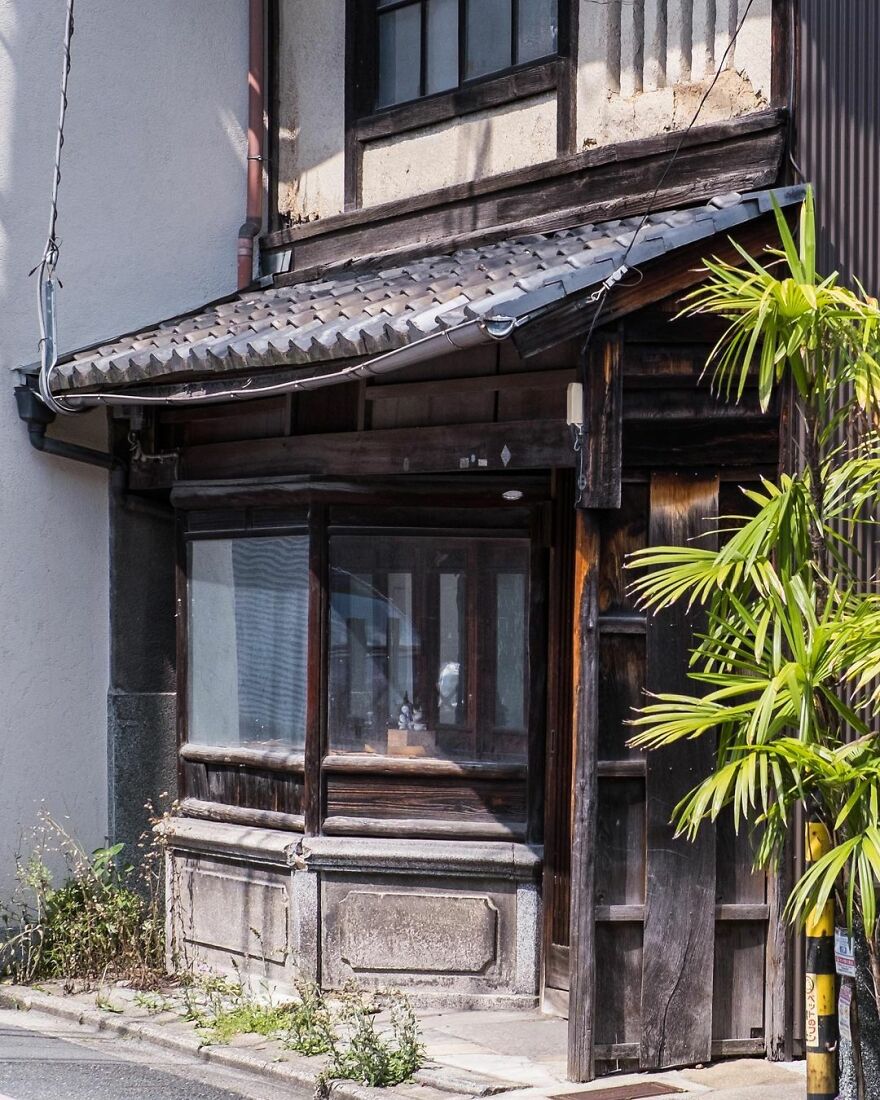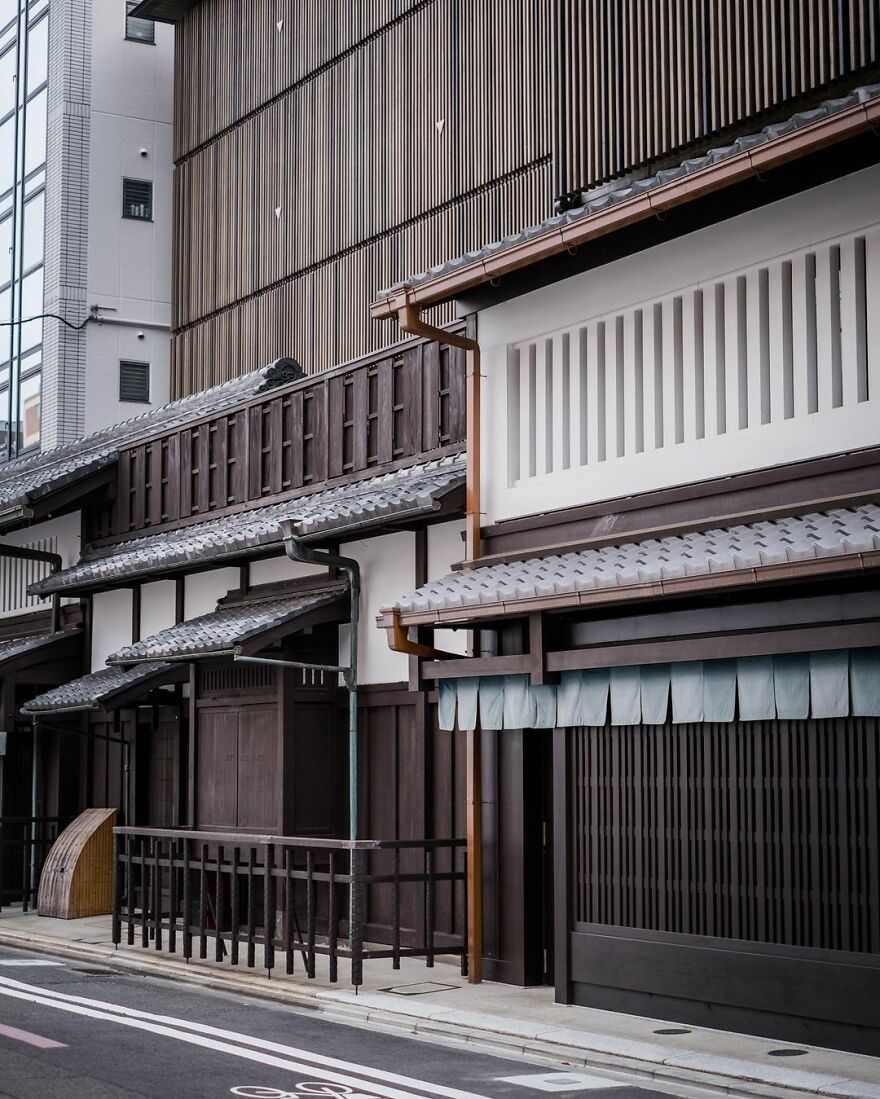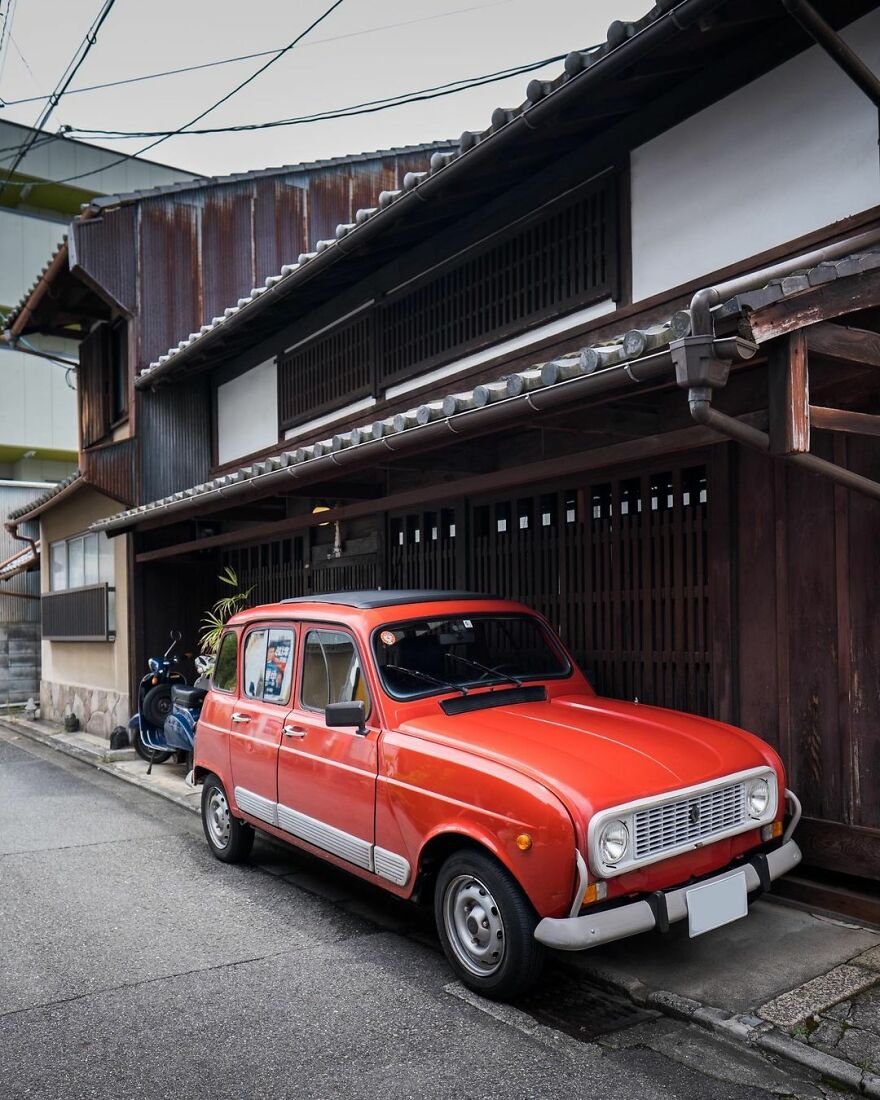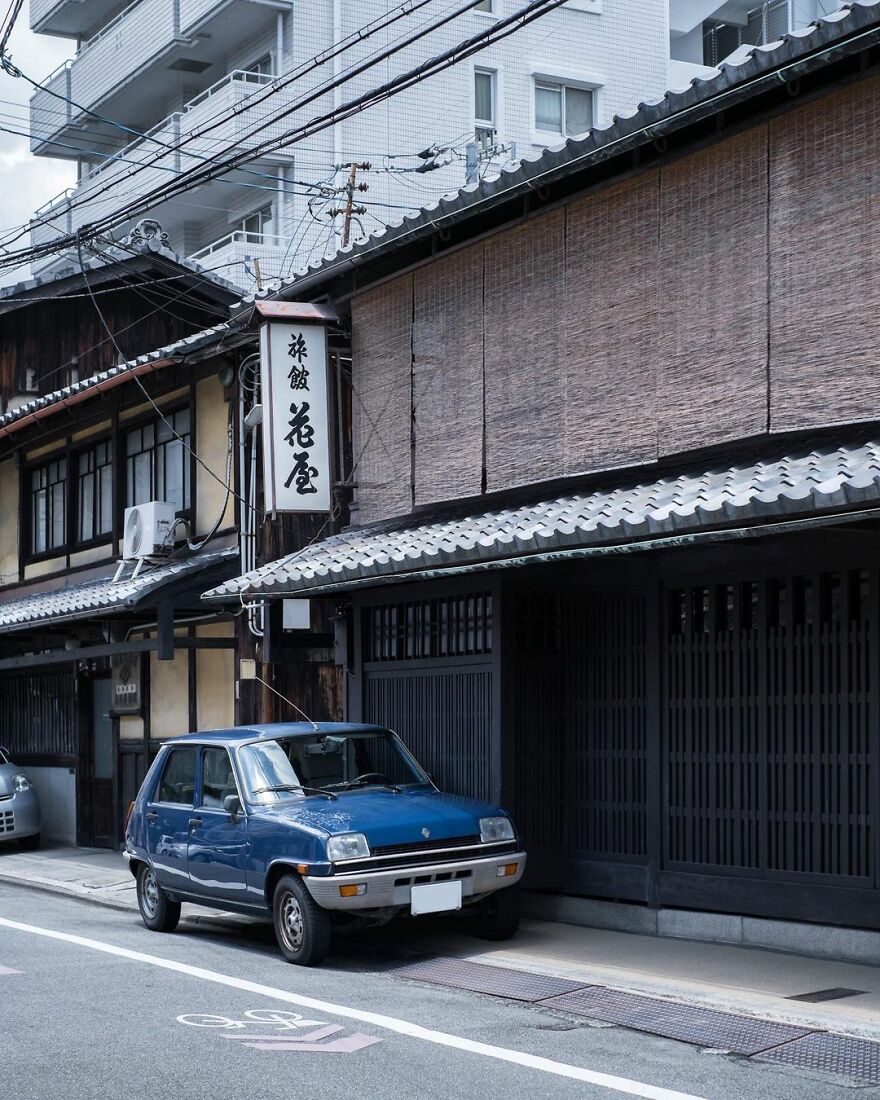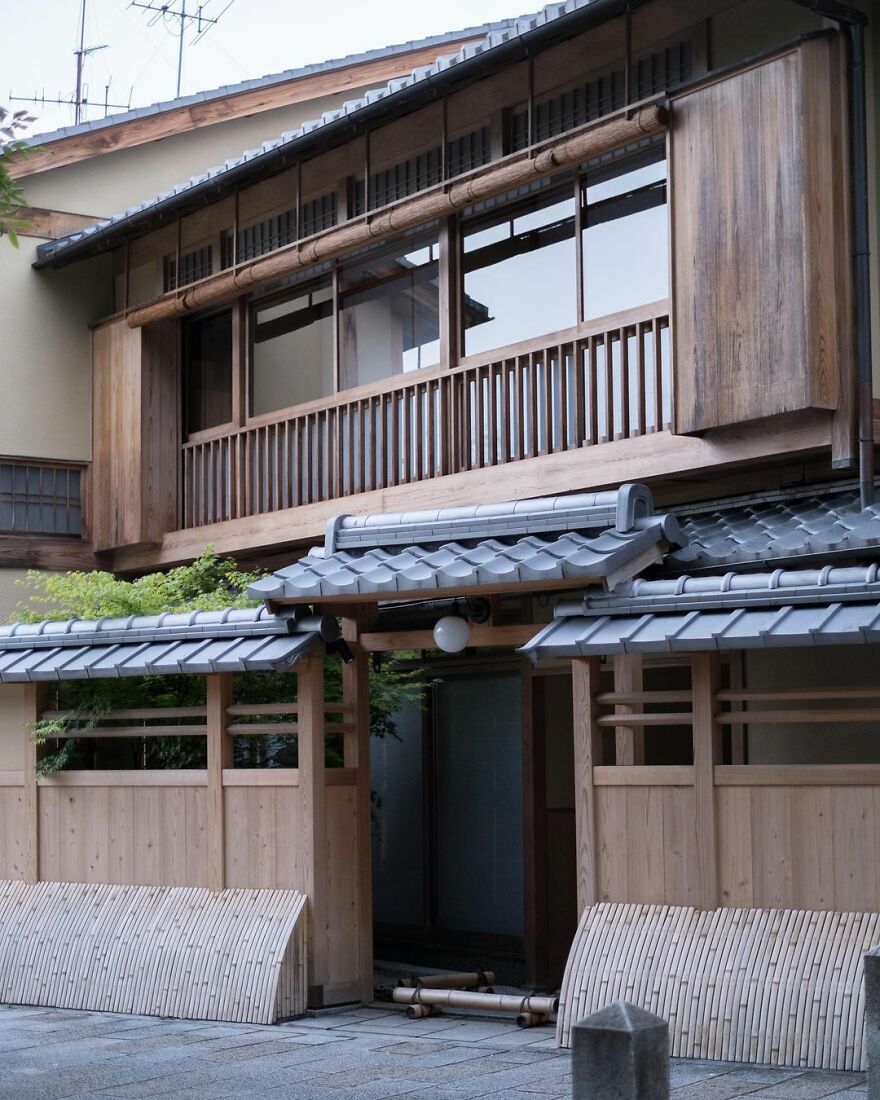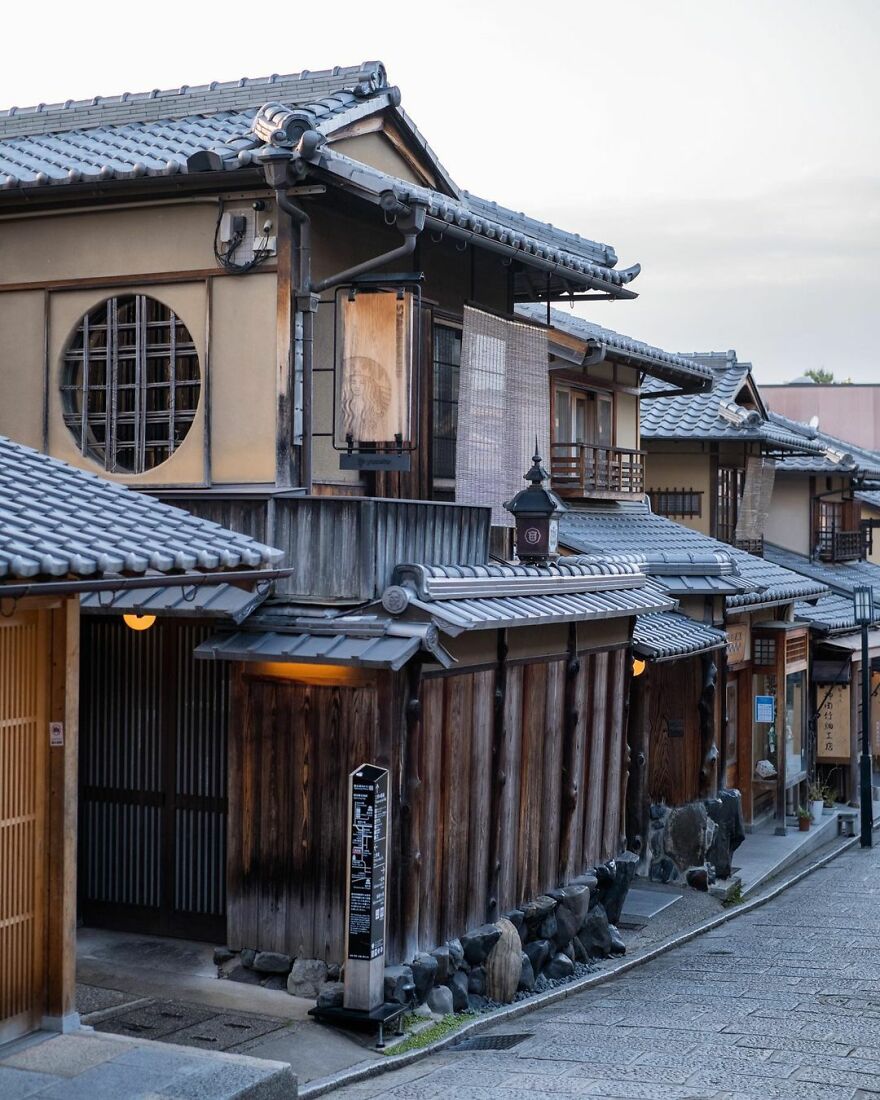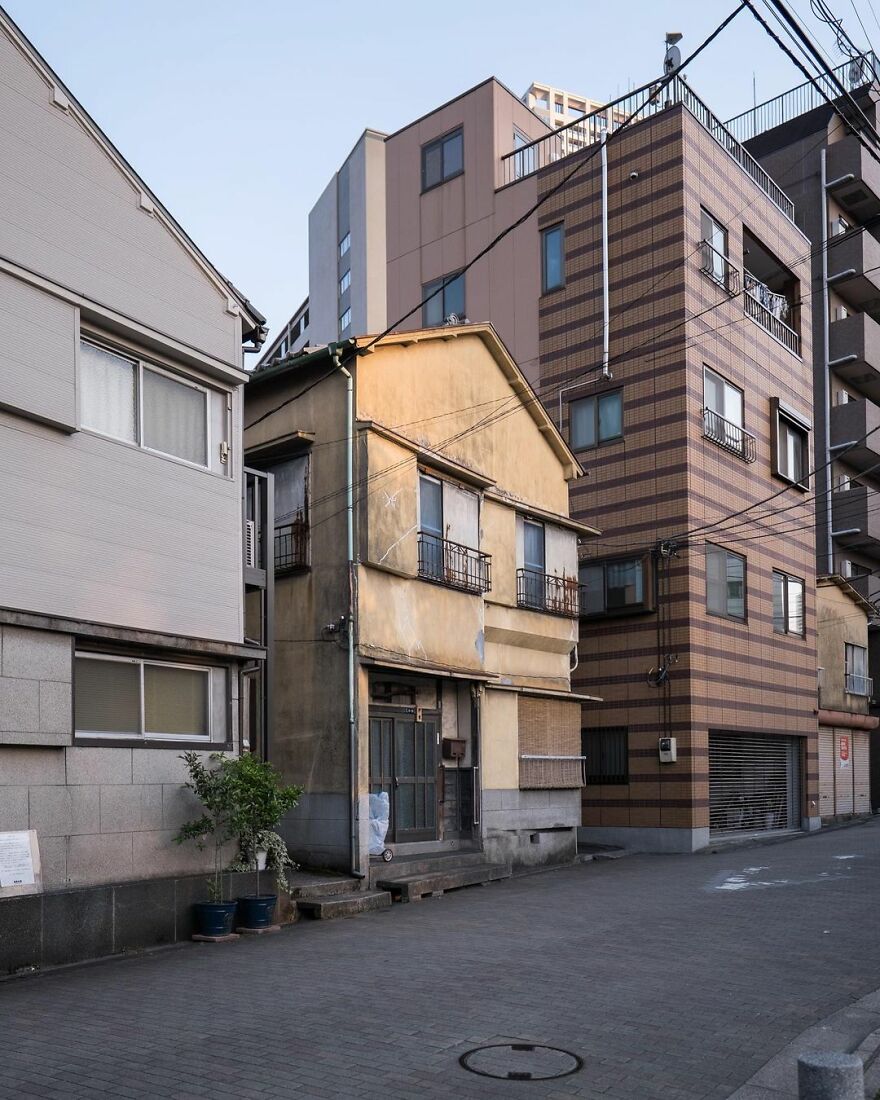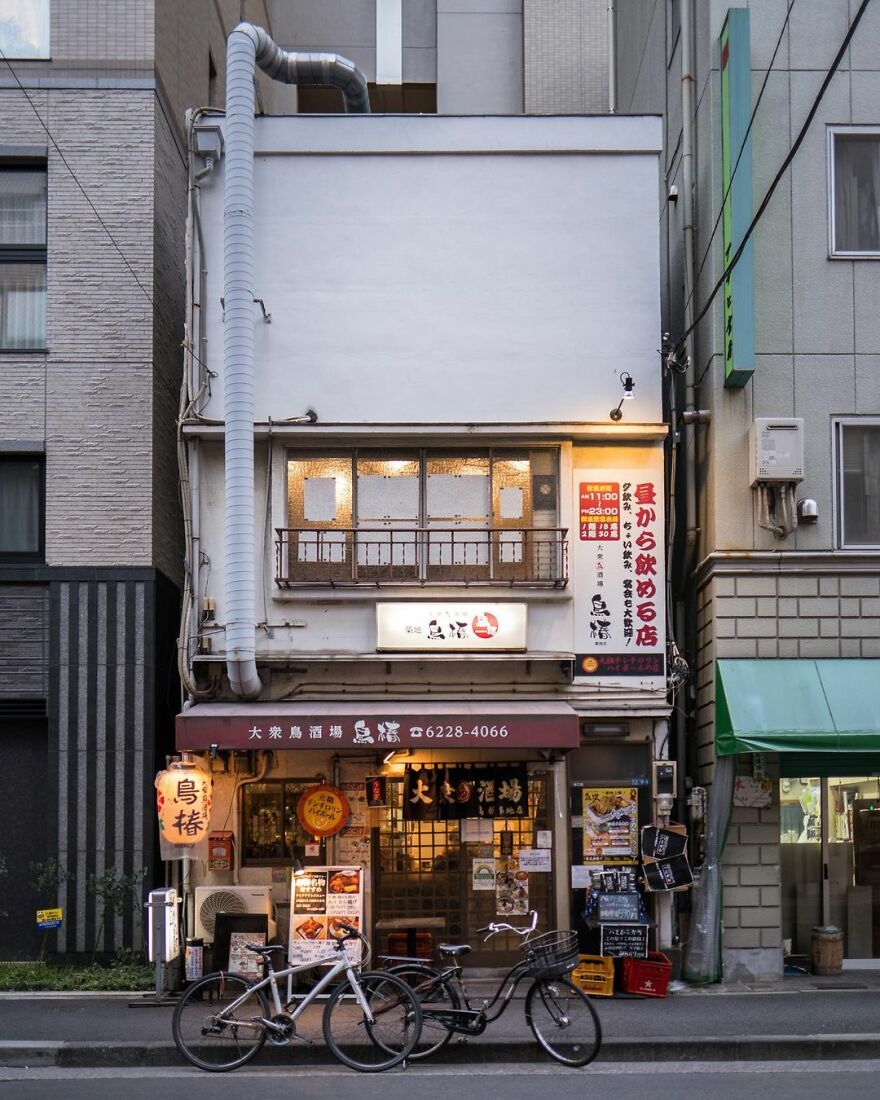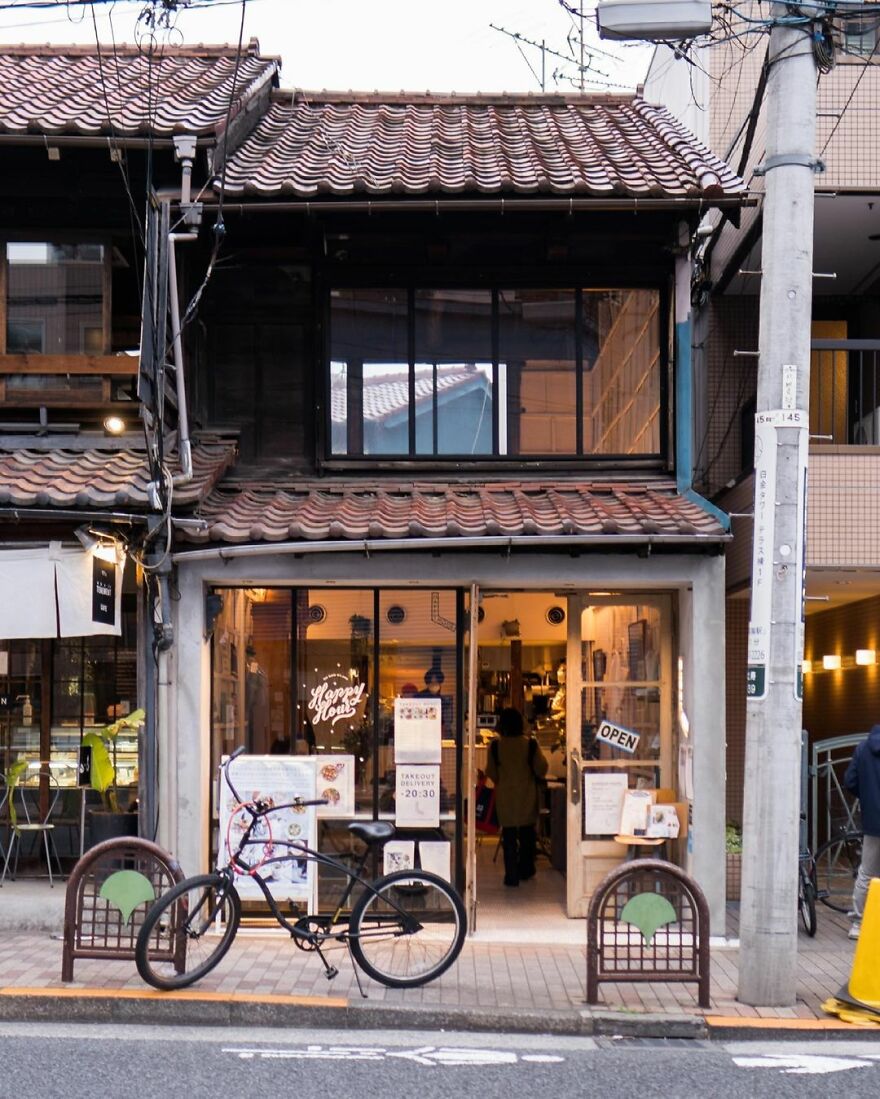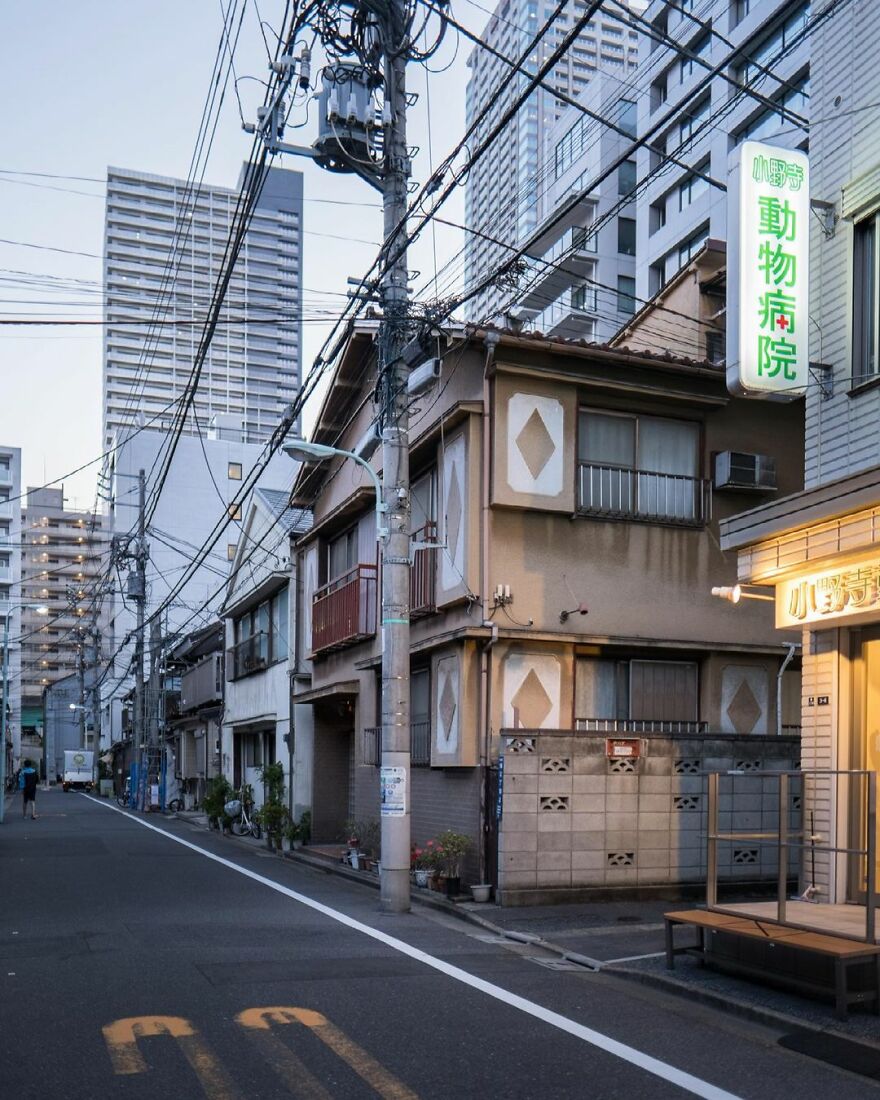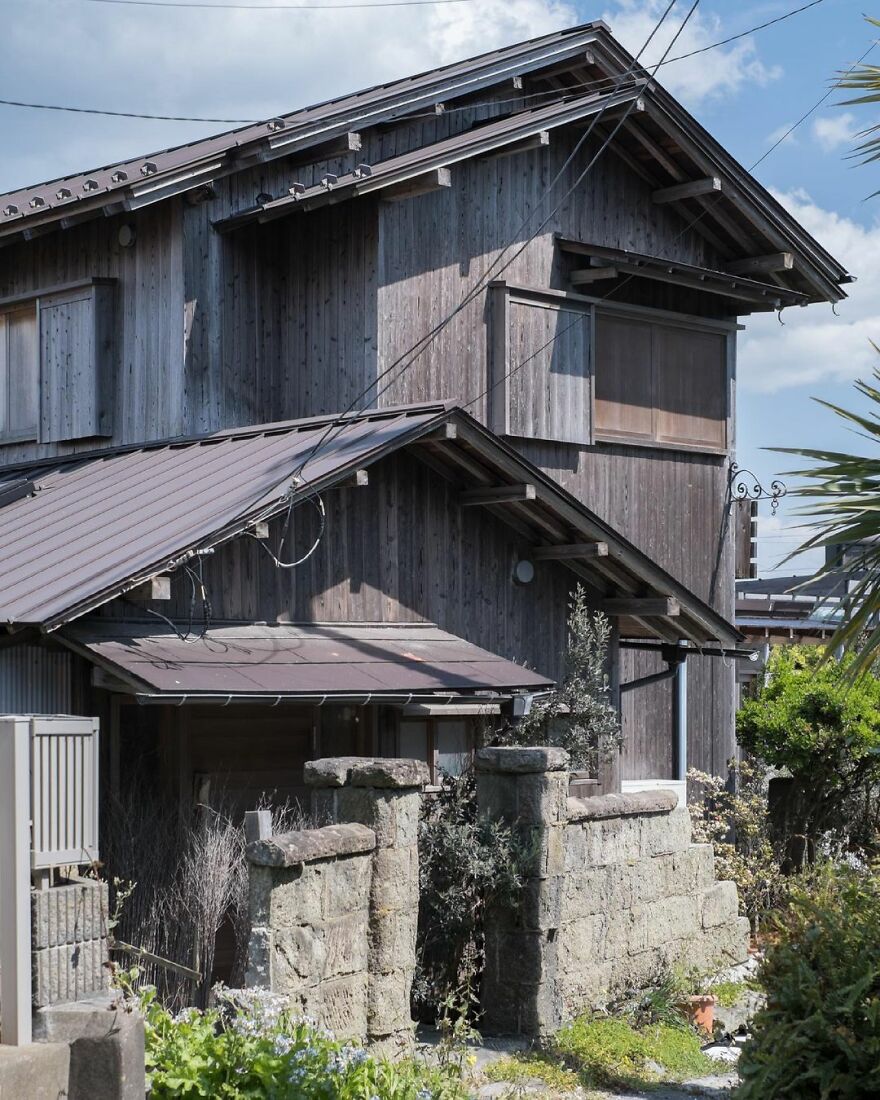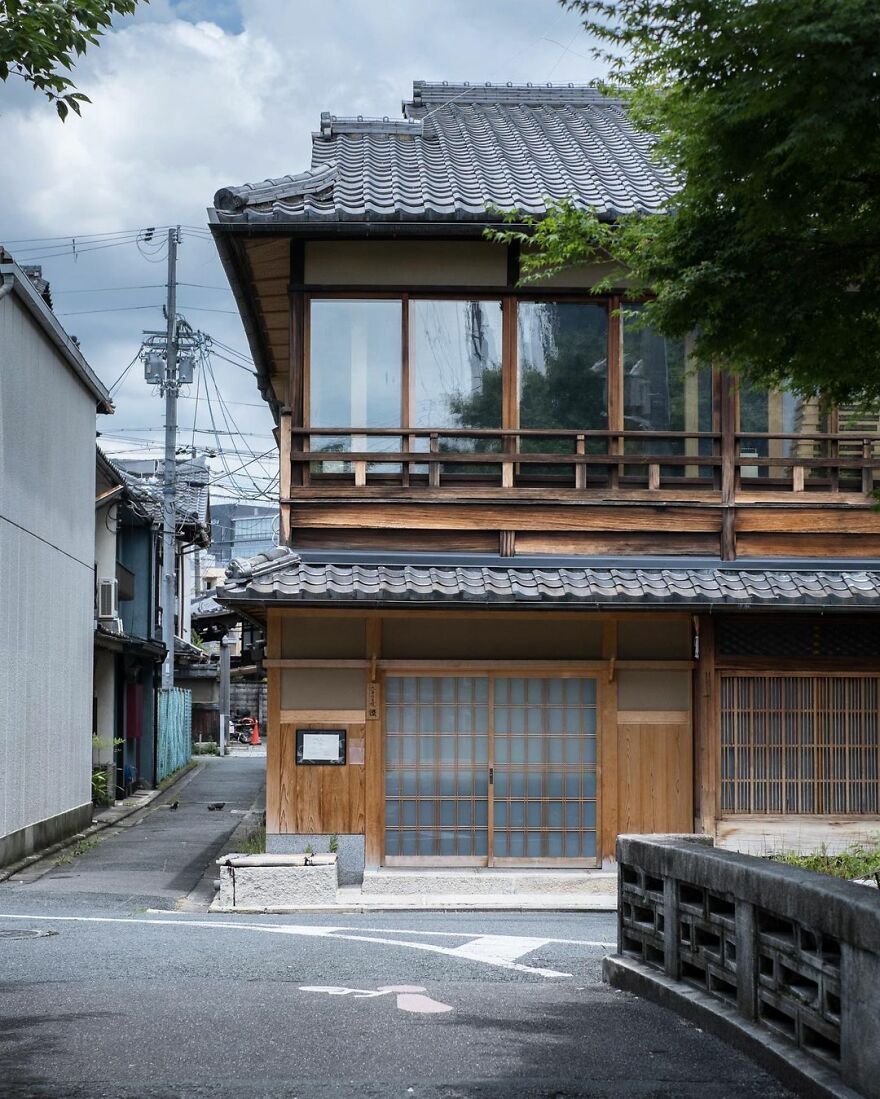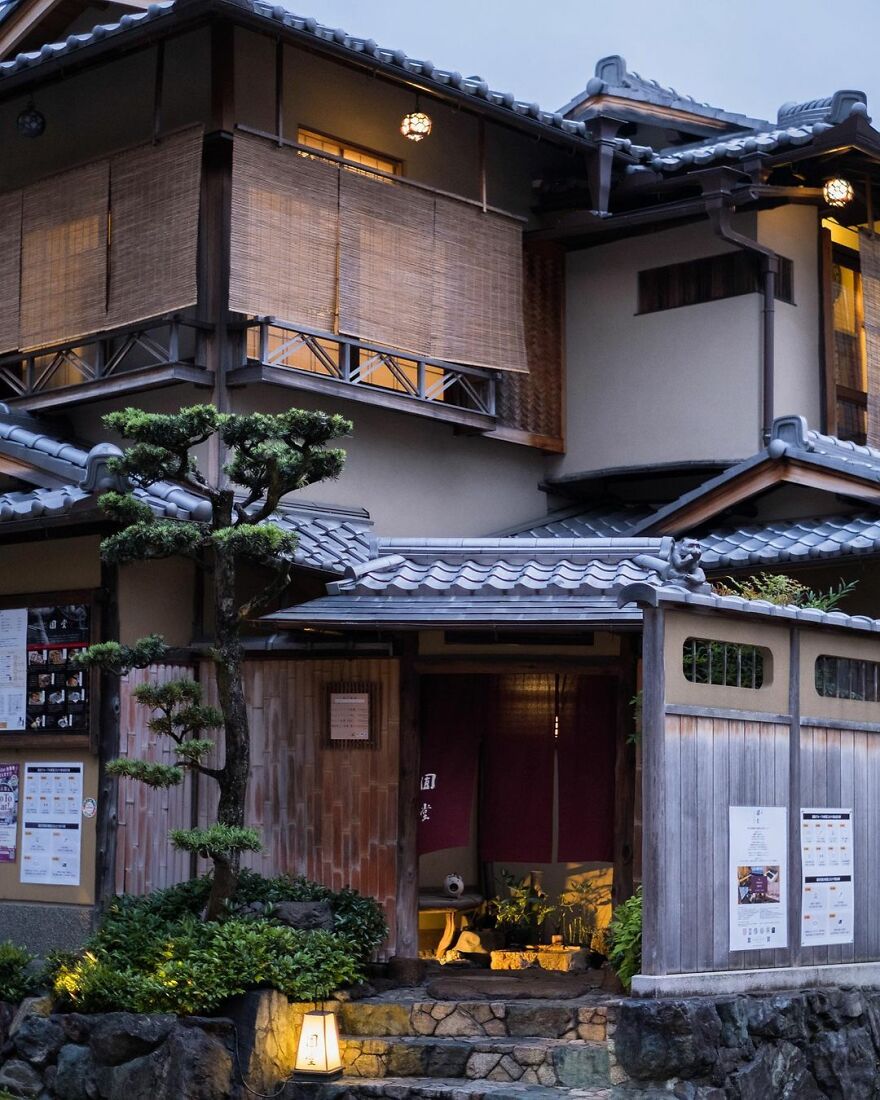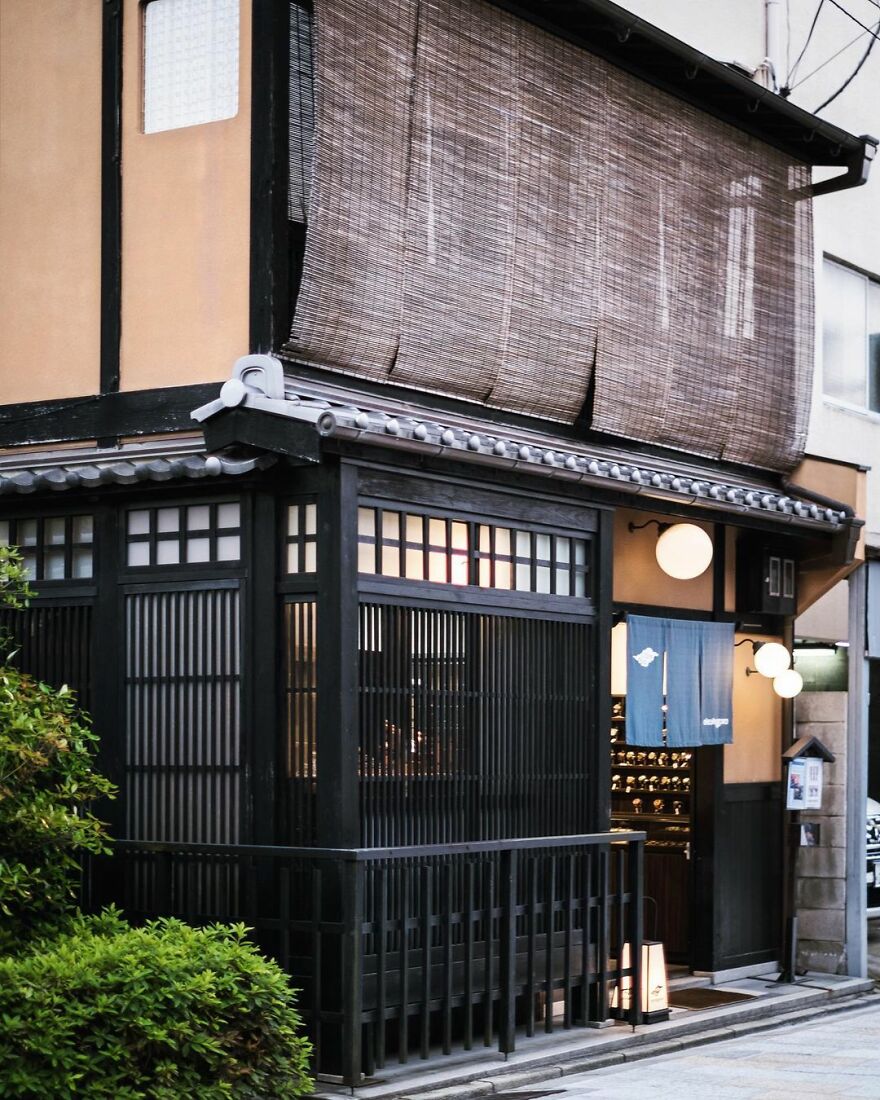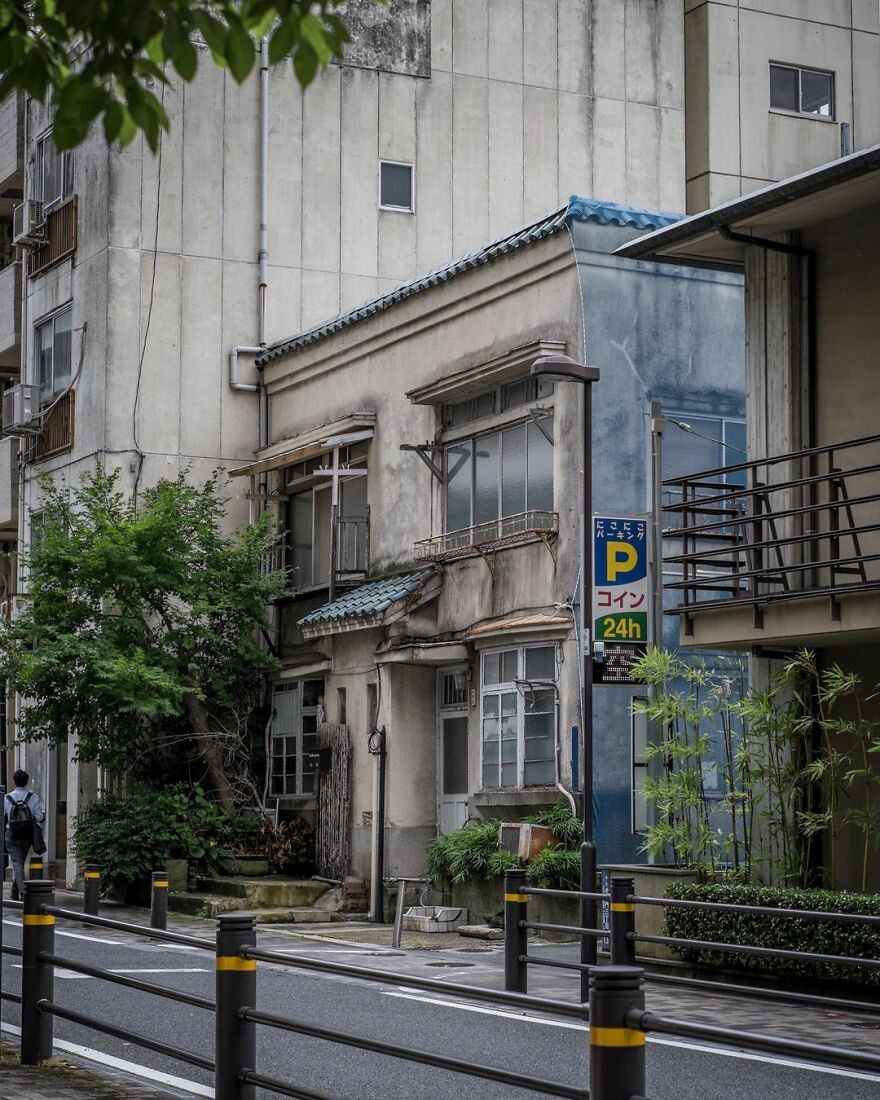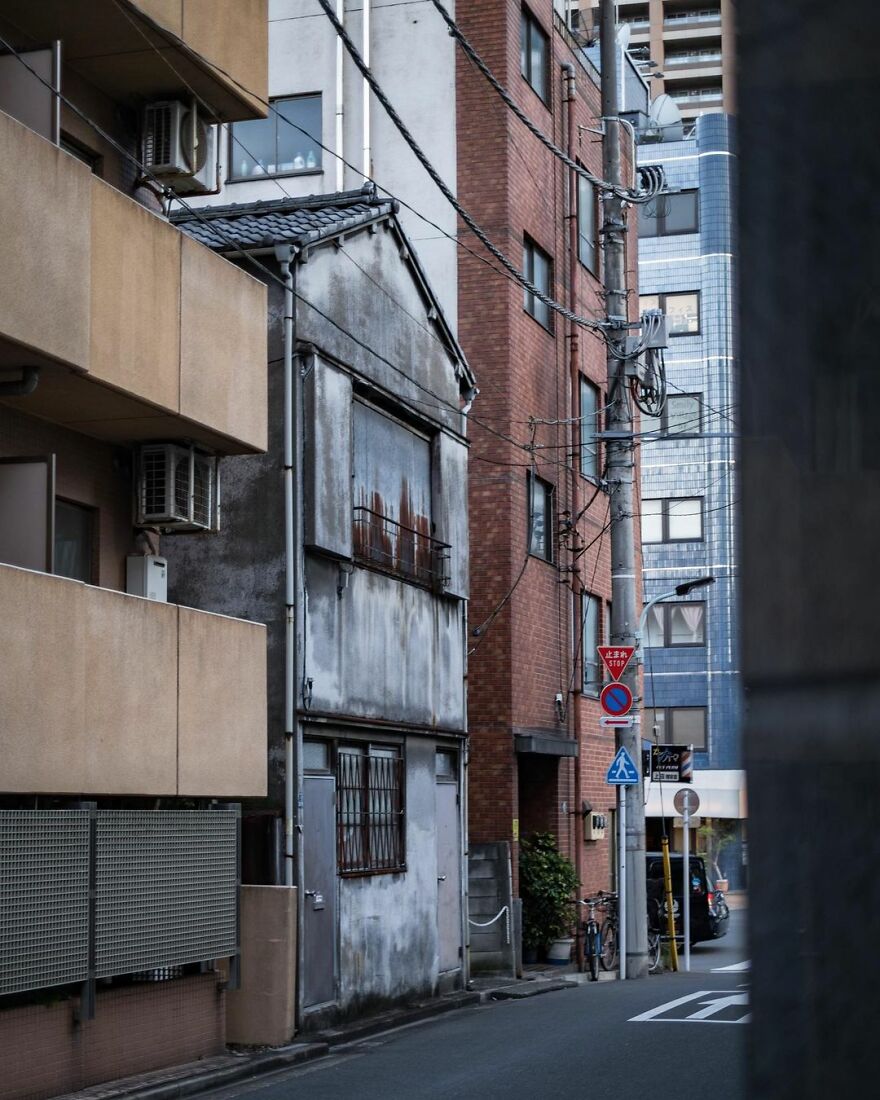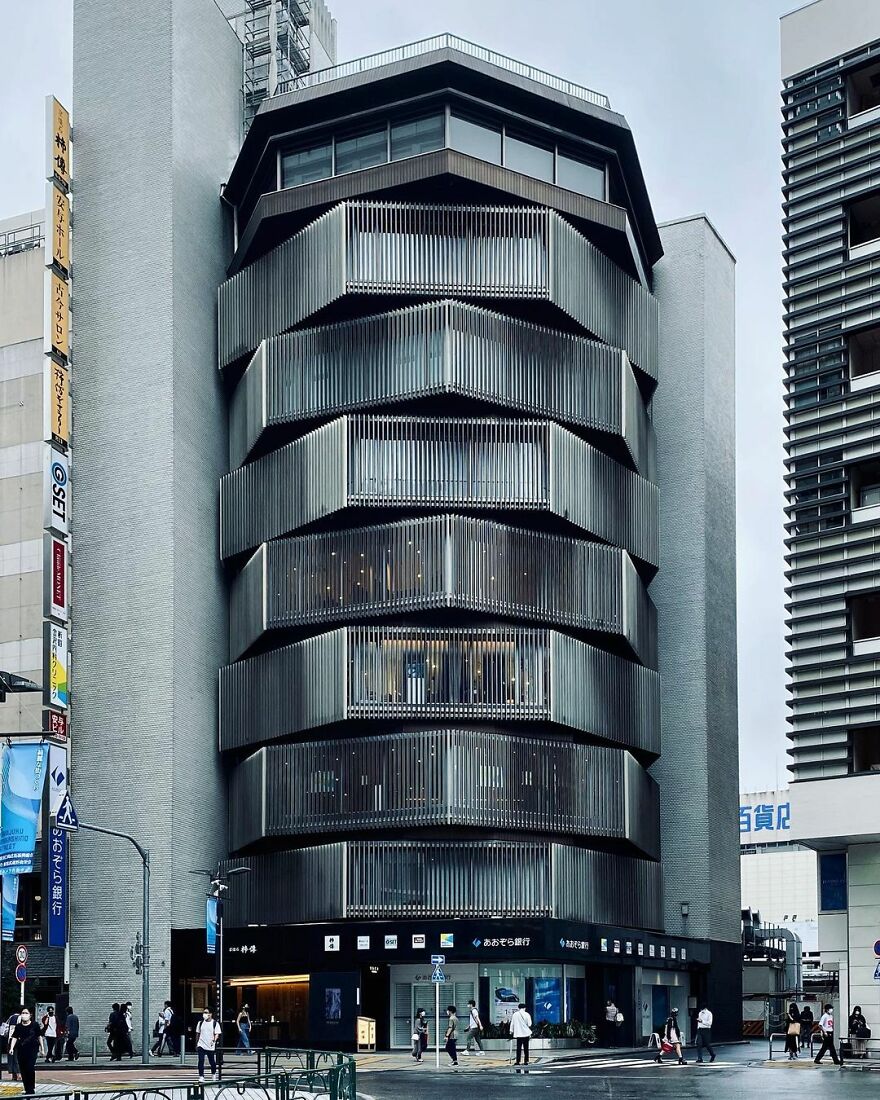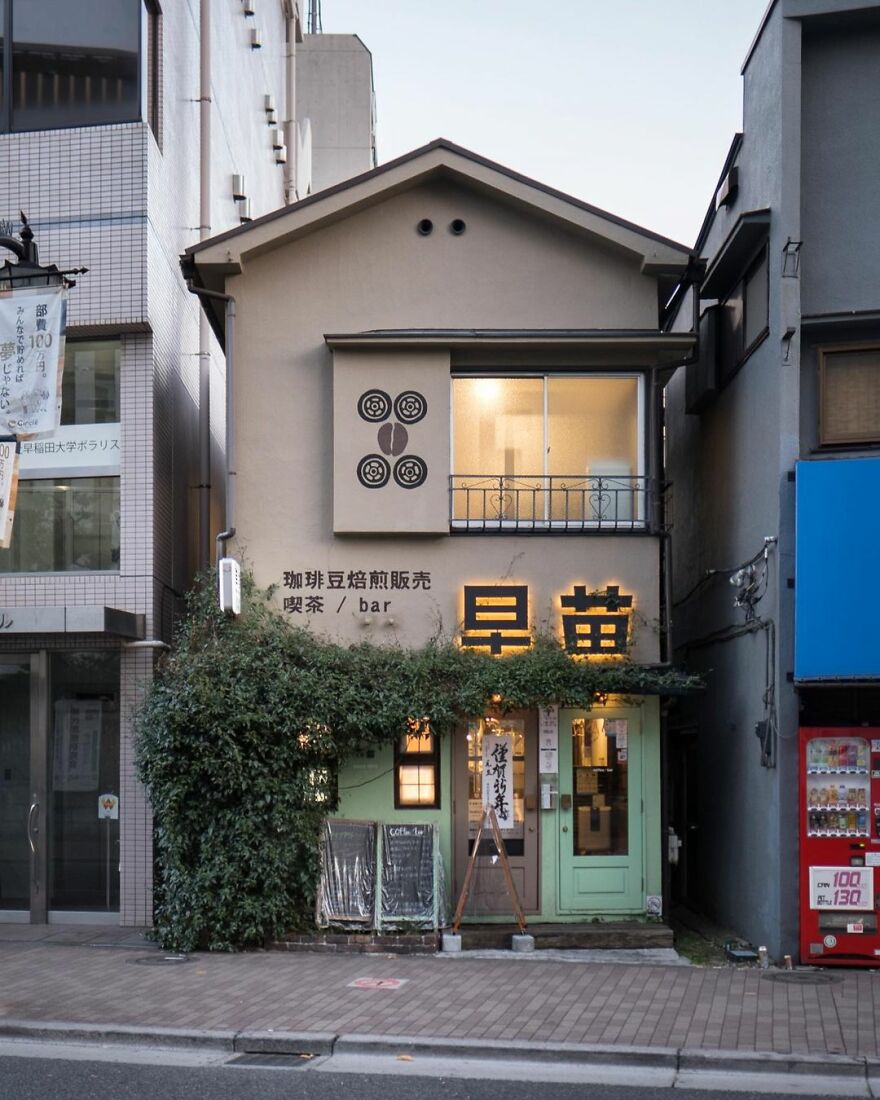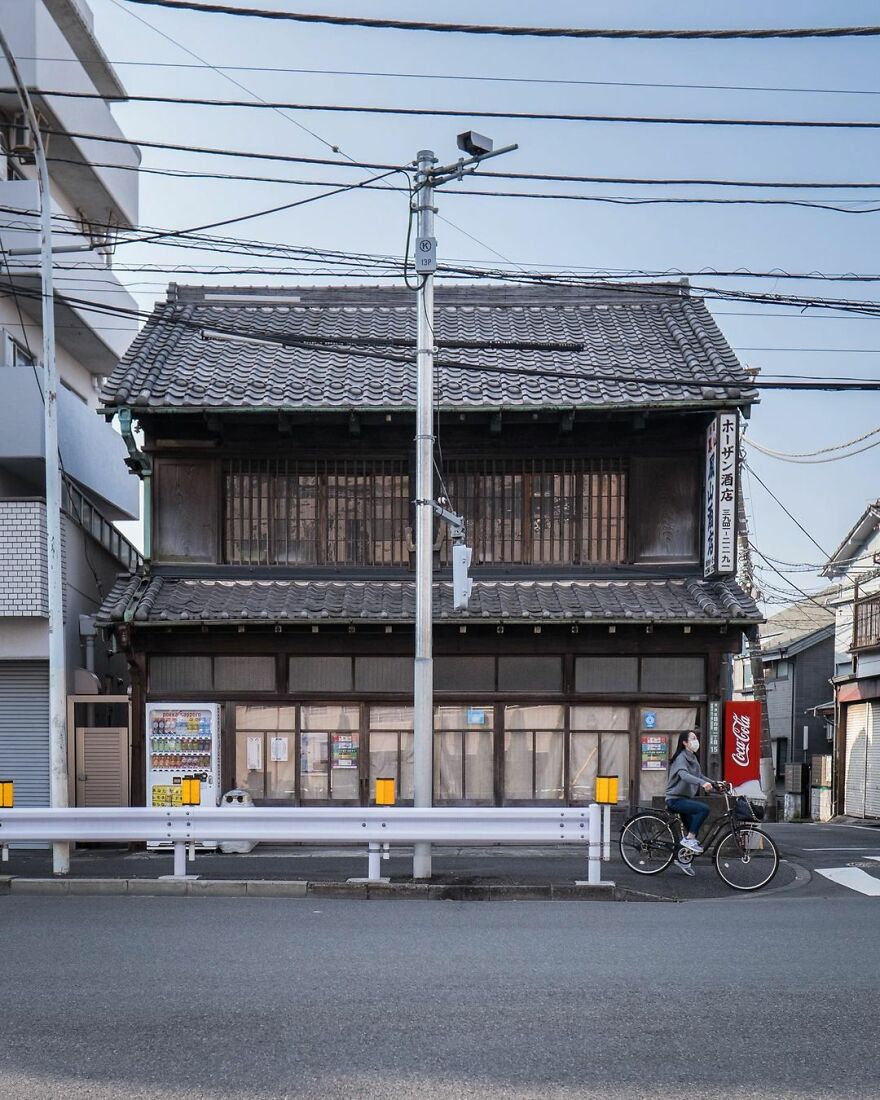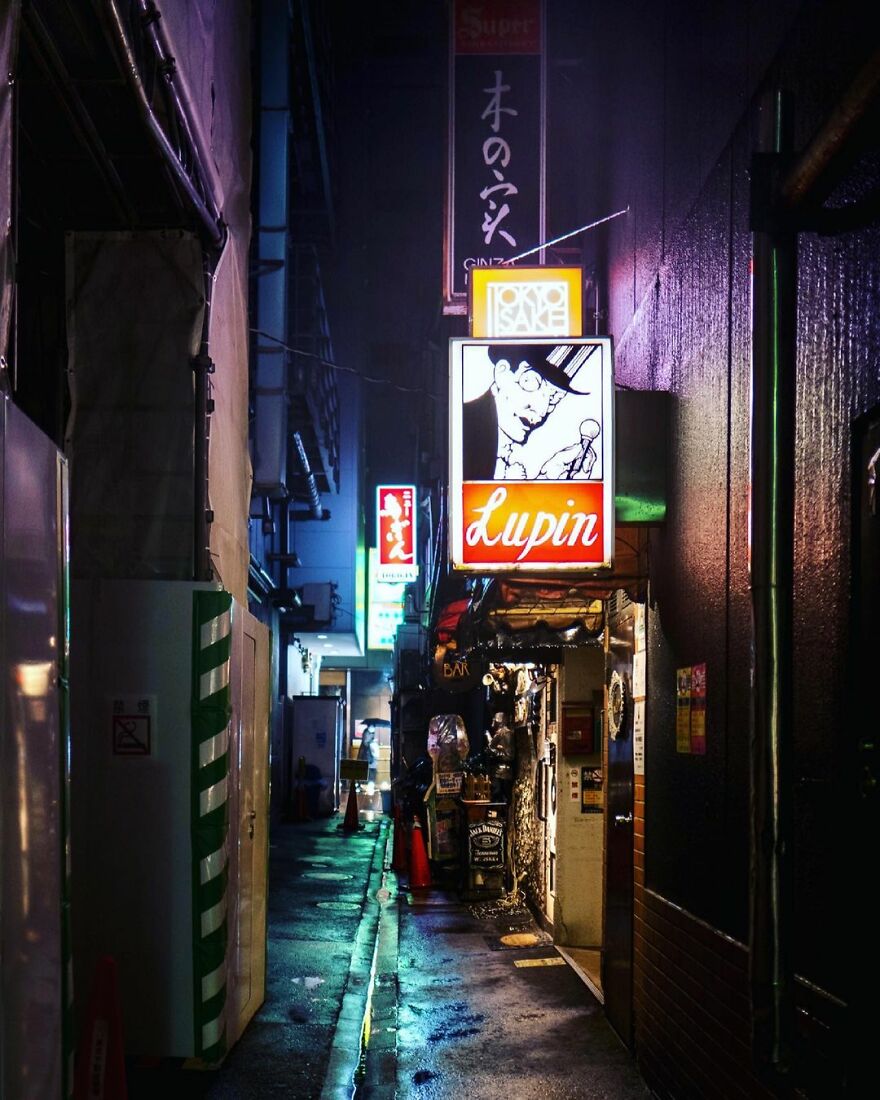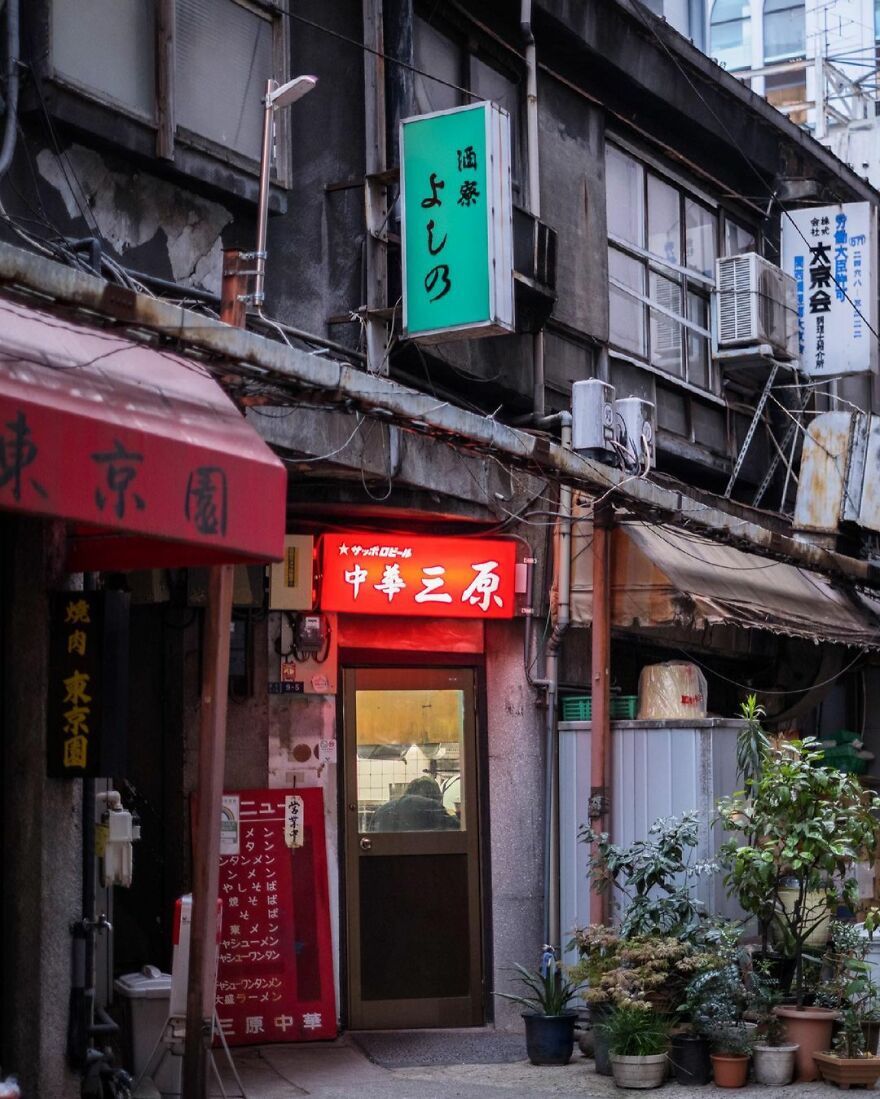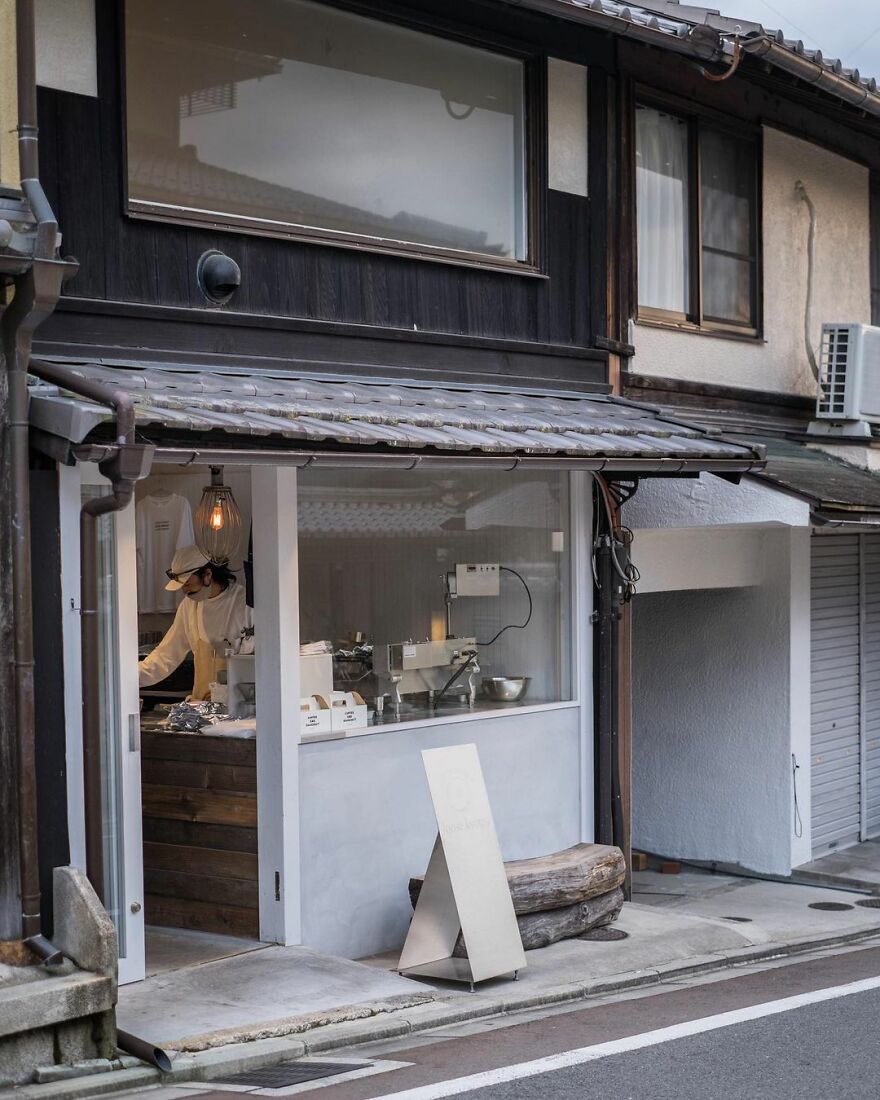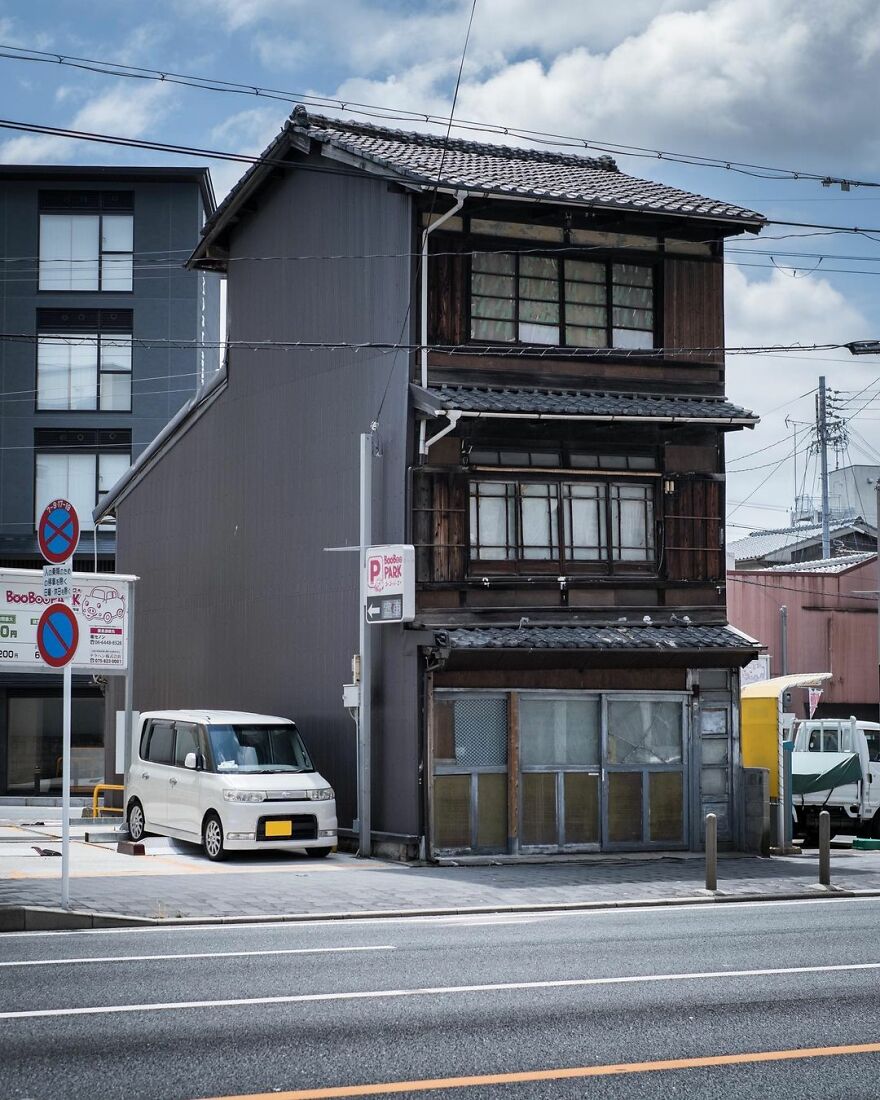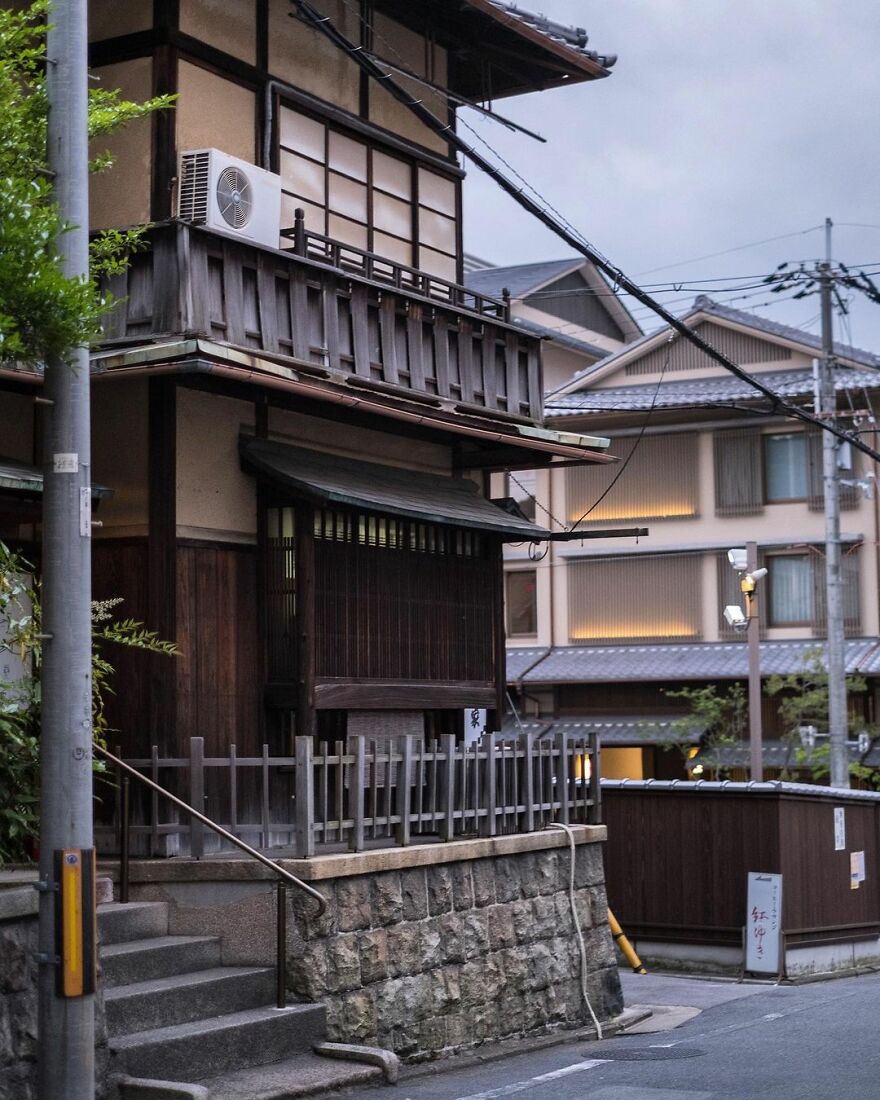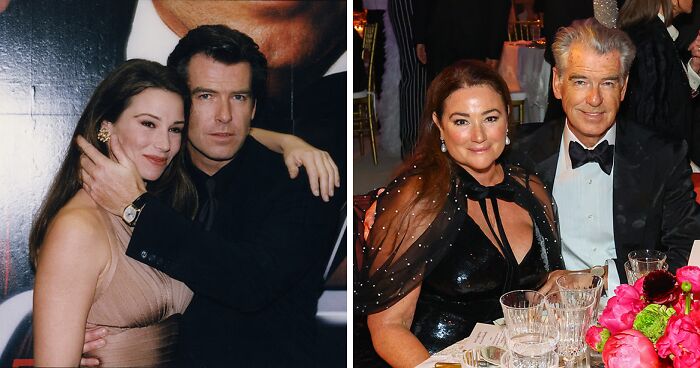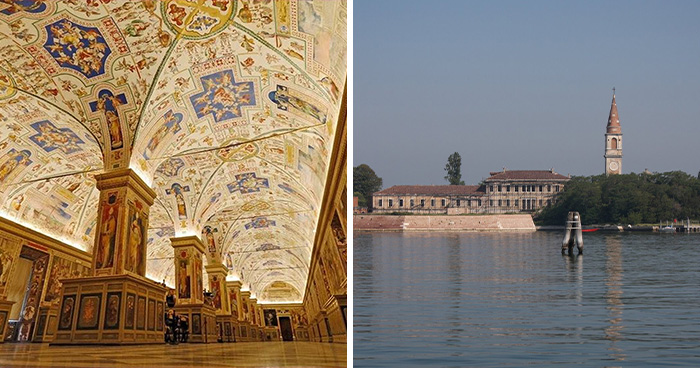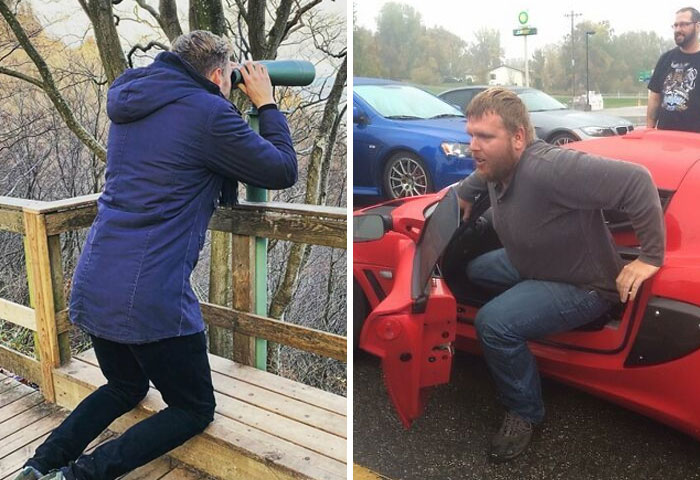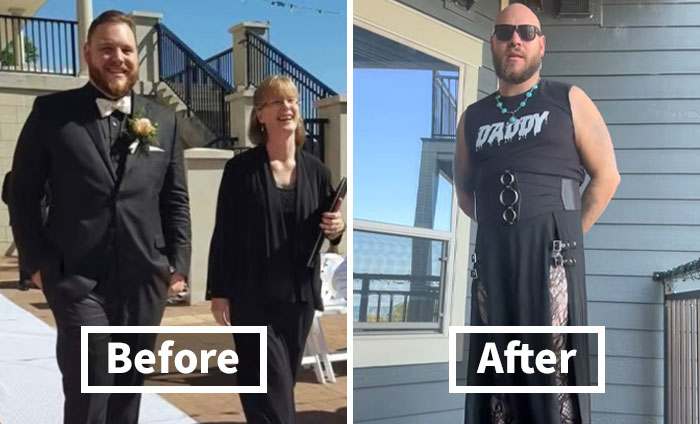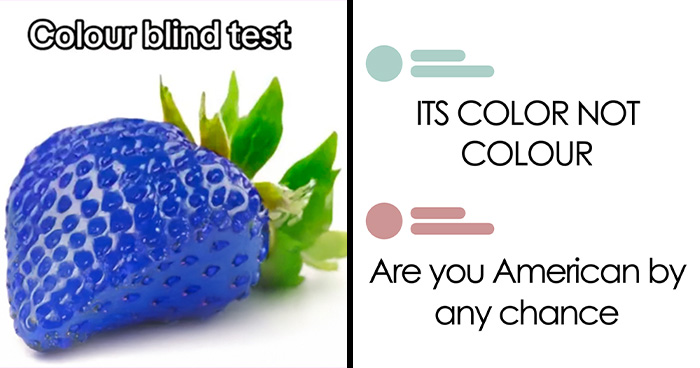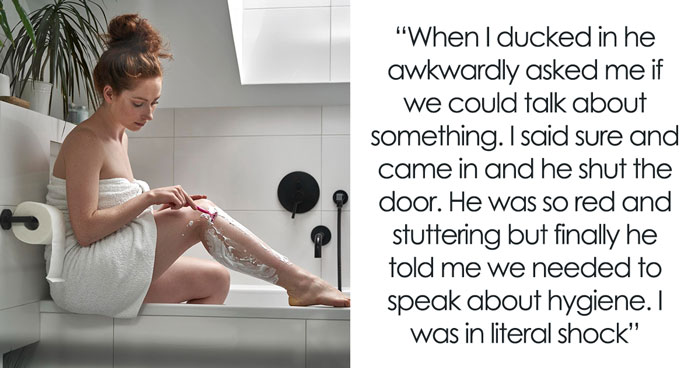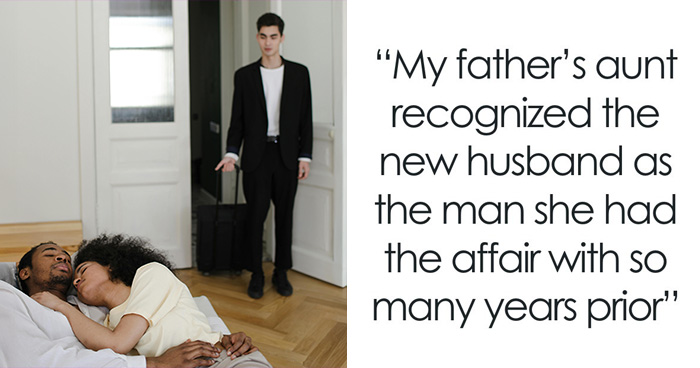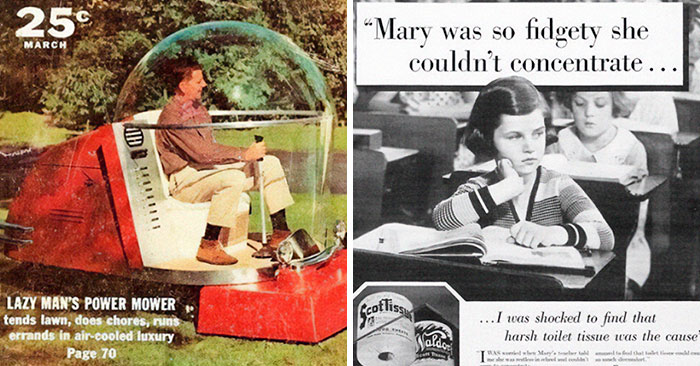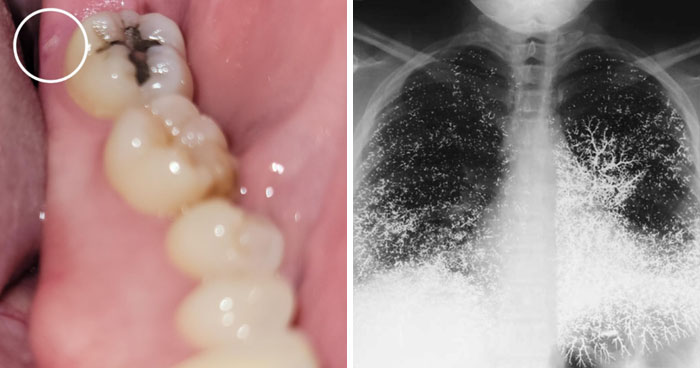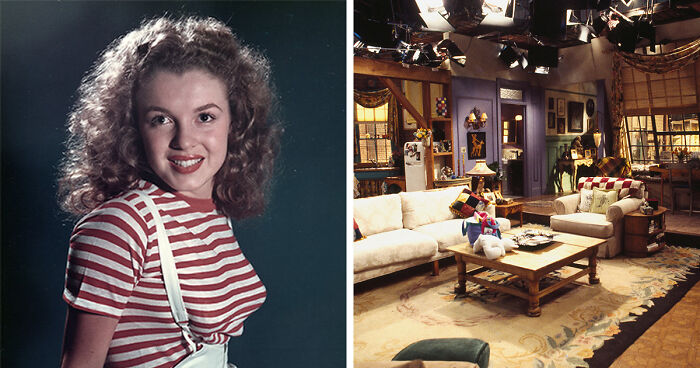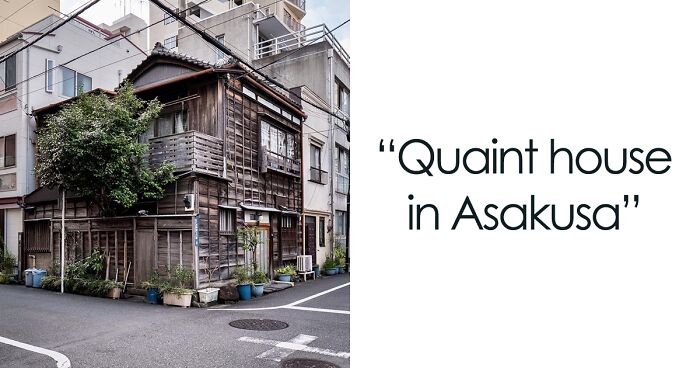
The Balance Between Old And New: Japan Property Central Share What Old Architecture Looks Like In Japan (30 Pics)
Interview With ArtistHistory, although not always correct, is very important to our society. Without it, there would be no traditions to follow today, culture to appreciate, or memories of our ancestors that we can learn so much from.
Instagram account Japan Property Central shares a really important part of history—architecture. Their photographers travel around Japan, capturing the oldest buildings and how they look. How they're being used today. Many of them have been repurposed to be something else, like hotels, shops, or even homes.
The buildings are really beautiful and unique. The way they harmonize with the modern world around them is an amazing sight to see. These buildings are like monuments of history, a portal which transports you to old times.
More info: Instagram | japanpropertycentral.com
This post may include affiliate links.
We got an interview with Zoe. She told us the main goal behind these photos: "To share the interesting buildings and homes in Tokyo and other parts of Japan, and the history and stories behind them. The older homes may be at risk of being demolished and redeveloped, so I want to try and document them while they are still standing. Sometimes I am too late."
"Hinashizaka Slope on the left, and Fujimizaka Slope on the right. Apparently you could see Mt Fuji from here on the early 1900s. Likely blocked nowadays."
"The entrance to the Edo Senke tea ceremony estate in Ueno, Tokyo. The buildings are historic, having been shifted here from a Daimyo’s mansion in the 1860s. Wooden tea houses are relatively easy to dismantle and relocate, and it wasn’t unusual for old buildings or even parts of them to be moved and reused. It still happens today on occasion. When people talk about Japan’s scrap-and-build approach to buildings, they are not referring to the traditional construction methods that last centuries. Alas, the grounds of this estate are privately owned and not open to the public."
Imagine having this little green pocket in your neighborhood. I'm in a hideous area full of commercial buildings & gas stations.
Here's how Zoe got into photographing these buildings: "Out of necessity. I run a real estate brokerage and the property photos we receive from listing agents do not always show the property in the best possible light. Many times there are no photos at all. Many of our buyers are foreigners and expect high-quality photos before they will decide to inspect a home or apartment, especially if they are flying in from overseas. Often I will have to go and take the photos myself. I am still very much a beginner at photography."
"A tatami shop in Tsukiji, Tokyo. Built sometime in the 1920s or 1930s, and still seems to be operating today. The building is a great surviving example of the pre-war shophouses found in Tsukiji and around Tokyo’s other historic merchant districts. If you look at the roof line you can see a line of windows showing a 3rd floor or attic that may have been added at a later date."
"Gion Shirakawa at dusk. This laneway is a cobblestone shortcut near Shirakawa River. If you follow it you’ll end up at Shijo Street."
That is a pleasing photo - just have to ignore the rain/drainage piping!
Zoe shares the difficulties she runs into while capturing the photos: "Trying to get a shot without a car or van blocking the building. I usually wait until there are no pedestrians or cars in the frame. It might only be a few minutes, but other times I have to come back later. Another challenge is that the streets are often very narrow (some streets are just 2 meters wide), so you need a wide-angle lens for some locations."
"Futaba Sushi, Ginza. First opened in 1877. The current building dates from the 1950s. Note the sushi ‘yatai’ cart built into the ground floor, right in the center. Sorry, no photography allowed inside the restaurant."
"Kiyomizu-dera Temple and its hinoki wood stage. Founded in 778. I wonder if this is the quietest it has ever been in its 1200 year history. The main hall and stage were built entirely without the use of nails (or screws) in 1633. The wooden foundation pillars below stand 13 meters tall and are made from 400-year old trees.
The main hall was covered in scaffolding for over three years while the roof was redone, and only just removed in February 2020. It had been 50 years since the bark-thatched roof had been replaced.
Many of the buildings within the temple grounds date from the mid-1600s. There were a few fires up until that point that had destroyed the even older structures."
I went here! There is a staircase that goes into pitch black darkness, you follow a rope or someone in front of you down a dark hallway. Every couple of paces is a lit up picture of a different phase of hell. At the very end is a Buddha for you to contemplate your life and maybe make changes. This dragon is near the entrance. dragon-617...fac8f9.jpg 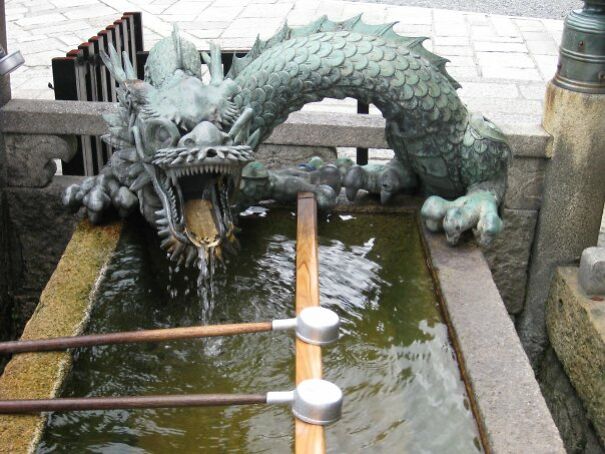
"In my free time, I like to explore different neighborhoods and share some stories about the interesting buildings I find along the way. If I have an afternoon or an evening free, I’ll go for a walk around all the back streets of a neighborhood in search of some interesting buildings. You are almost guaranteed to find a few no matter where you go. Sometimes I will have a particular house in mind, or be in the neighborhood checking out listings for sale and use it as an opportunity to explore a little and take some photos."
"From another time. An old shophouse in the backstreets of Iidabashi."
These are stunning examples of ancient Japanese architecture! It must be a compelling sensation to be in their interiors! Thanks for sharing!
Here is how Zoe describes her style: "Chaotic. The city is just a jumble of power lines, street signs, bicycles, and construction. I would love to take clean and uncluttered photos but I am realizing that it is impossible in Tokyo. I no longer notice all the transformer boxes and power lines anymore."
"Once Upon a Time. A bar in a historic brick storehouse in Yushima, Tokyo. Built sometime in the late 1800s. The bar owner has been renting this space since the mid-1970s. Downstairs has a bar counter and tables, while the 2nd floor has an event space.
Not sure how much longer this historic building will remain standing. The property owner wants to demolish it rather than repair it, with news of its potential future demise first reported back in 2013. Last year there were stories that it would close in 2022."
"An old shophouse alongside the Ikenoue Shopping Street in Tokyo. This would have once had a shop on the ground floor, but has been converted into a private residence some time ago."
"It has always been a personal interest. There’s an assumption that Tokyo is a big metropolis of shiny glass buildings and neon lights, but it’s a very old city with lots of more humble, older, and traditional streets that don’t get featured in the tourist guides. Something is charming about them, especially when they have a very worn patina and are lived-in and cared for," said Zoe about how she came up with the idea to photograph old buildings."
I started putting more effort into my company’s Instagram account about three years ago. I still have a very long list of places to share and neighborhoods to visit. I don’t think I will be stopping any time soon."
"The Ogawa Dorayaki Store alongside Asakusa-dori Avenue. Dorayaki is made from two pancakes or pikelets with red bean paste filling. This little shop was a hold-out, and is now sandwiched between a 13-story office building on all three sides."
"This shophouse was built in 1918 as a hardware store. At a later point it housed a bar and restaurant but has sat vacant for the past few years."
"There’s something about living in a constantly evolving city like Tokyo that is very energizing and motivating. There’s always something to see or somewhere to visit. It’s also a very safe and clean place to live, and it is incredibly easy to get around by train with no need for a car. Some of the architects and building designs are among the best in the world. My favorite ones are the weird and unusual homes often built on tiny plots of land in the middle of the city. You have to be very creative to come up with some of the designs, especially when the land itself might be just 50 square meters in size."
"Café Sakanoshita - a charming place inside a 90-year old renovated kominka house. Closed on Mondays. Unfortunate timing!"
"Tsuruse traditional inn and kaiseki restaurant. Built from Hinoki cypress wood in the 1920s~1930s, but the restaurant has been operating even longer. The outdoor terrace dining deck along Kamo River is the largest of its kind in Japan, seating over 200."
Here is what inspires Zoe: "Being able to continue to connect with all kinds of wonderful people who are also into Japanese architecture, new and old, and who like to explore different neighborhoods. The most unexpected and fun part is seeing sketch artists in other countries create amazing artwork from photos I posted."
"The Philosopher’s Path (or walk). A peaceful path alongside the Biwa Canal. The historic canal was completed in 1890 and the 1.8-kilometer long walking trail was completed in 1968 thanks to efforts by local residents. It was named to honor Nishida Kitarō (1870-1945), said to be Japan’s most influential and significant philosopher of the 20th century. He would walk along this path each day on his way to teach at Kyoto University. He later moved to Kamakura, and his home there has been preserved to this day."
"Tenyasu Tsukudani, a store selling simmered and preserved food since 1838. This shophouse was built in the 1920s. The streets would have once been lined with buildings like this.
This part of Tsukuda has a history going back 400 years, and is where the traditional tsukudani preserved food originated."
The central Tokyo was burned to the ground during WWII. This building must have been built after that..
Zoe gives some advice to photographers and artists out there in the world: "It’s okay if you don’t know what you are doing or don’t have a particular goal with what you are currently doing. Do what makes you happy and gives you the most joy creating. Maybe it will lead you somewhere?"
"Fujiya Ryokan and its ‘kawadoko’ river floor dining set up for the hot summer months. These floating floors first appeared over the Kibune River in the 1910s~1920s and have become a summer tradition ever since. Several restaurants and ryokans along this section of the river set up these tatami dining areas each year.
Fujiya Ryokan has one of the longest histories in the area, having been founded in the 1830s~1840s. "
"The Yasaka Pagoda in Hōkan-ji Temple, Kyoto. First built in 592. It was destroyed in a fire in 1191 that broke out after a dispute between Kiyomizu Temple and Yasaka Shrine and had to be rebuilt. In 1291 it was struck by lightning and rebuilt in 1309. It was lost again to a fire in 1436. The current pagoda dates from 1440, making it 581 years old. The foundation stone for the central pillar of the pagoda is said to be the original one from over 1,400 years ago."
I can't begin to imagine living somewhere with such a long recorded history. The Japanese have so much to be proud of!
The author tells us more about herself and her journey: "I first moved here about 15 years ago, after growing up in a rural part of Australia. I first got involved in the real estate industry in Japan in 2008 and opened my own real estate brokerage company in 2014. I did not speak any Japanese when I first moved here but studied for a long time after I arrived. You need to be fluent to work in real estate here as all of the sellers and agents will only speak Japanese, and all of the documentation and legal explanations are also in the Japanese language only."
"Tea House ‘Go-an’ by Terunobu Fujimori. Part of the Pavilion Tokyo 2021 / Tokyo Tokyo FESTIVAL being held in connection with the 2020 Olympics. Fujimori is known for his creative and often elevated tea house designs that are far from traditional. This one resembles a ‘yagura’ watchtower with a grass-covered base (the same turf used on race tracks) and burnt cedar walls. The ceiling is decorated with crushed cedar pieces. To enter, you must crawl through a small circular door at the rear and climb a ladder to the tea room upstairs. The tea house is a temporary structure and will be disassembled when the exhibit ends on September 5, 2021. Viewing the interior requires advance bookings."
"If you do get the chance to visit Japan in the future, don’t be afraid to skip some of the over-touristy areas and explore some of the more local neighborhoods. Instead of Shibuya Crossing, for example, I would go for a wander to try all of the coffee shops around Yoyogi-Koen, a 15-minute walk north, or head a few stations over to Shimokitazawa for some vintage clothing. If you are into old architecture, there is the Edo-Tokyo Open-Air Architectural Museum in Tokyo and the Meiji-mura museum in Nagoya (highly recommended!). Otherwise, you can still see a few old buildings around Tokyo’s former merchant districts like Tsukiji and Nihonbashi."
"This group of three shophouses in Nihonbashi was listed for sale a little over a month ago for ¥149 million (US$1.35 million), and appears to have already sold, if the removal of all of the online listings is any indication. That means demolition is likely looming.
The terraces date from the 1920s or 1930s and are on Chuo City’s list of early 20th century modern architecture. Sadly being on that list, or having any type of official heritage recognition, doesn’t provide any legal protection to prevent these historic buildings from being demolished. A few from the list have been torn down in recent years, and more will follow. They are a wonderful example of kanban-kenchiku (#看板建築), or billboard style architecture.
The terraces sit on 92 sqm of commercially zoned land, and some suggested redevelopment plans for a 13-story block of 17 units with a potential gross yield of 8% have been provided. That’s a hugely impressive yield and a very low price for land like this. There’s a good reason, too - the land is leasehold. It’s the old, and almost perpetually renewable leasehold type, and the landowner is a major real estate company, so there is some stability with that type of landlord.
The majority of land in Tokyo and across Japan is freehold, but occasionally you might encounter a leasehold property. It’s really important that you fully understand the costs, pros and cons, and legal entitlements and obligations that come with leasehold properties, as they can easily be a source of disputes and troubles for the inexperienced."
"The former home of actor Denjiro Okochi, famous for starring in many samurai-themed movies. His two-hectare estate sits on the hillside just above the Arashiyama bamboo path and has sweeping views over Kyoto City. His main residence pictured above is called Daijokaku. It was built by Sukiya-zukuri master Kaichiro Usui and was completed in 1941.
The grounds are open to the public as the Okochi Sanso Garden, with an admission fee of ¥1,000 per person."
"The offices of a prune company near Shibuya Station. Designed by Yuzo Nagata on behalf of Takenaka Corporation and built in 1985. The facade is clad in small granite tiles. Nagata founded his own architectural practice that same year. His works are often statement pieces with detailed tiled facades. Several of his designs are large private residences, including one in Omotesando."
"The Toranomon Osaka-ya Sunaba Soba Restaurant. The current building was completed just before the 1923 Kanto Earthquake, although the restaurant itself has been operating since 1872. It was registered as a Tangible Cultural Property in 2011."
"The entrance to the Ro-an Teahouse in Shōsei-en Garden. The gate leads to a tea garden and represents the delineation of the serenity of the tea ceremony and the chaos of the world outside. This tea house was rebuilt in 1957. The garden and its structures were destroyed twice by fires, once in 1858 and again in the 1864 riot."
"The former Mitsui Family Shimogamo Villa. Built in 1925, although part of the home dates from the 1880s, having been detached and relocated here from their other, larger villa near Sanjo Street (since demolished). The European-influenced part of the house was the newer portion built in 1925. Despite the grandeur, this home was built as a rest-stop for when they visited their ancestral shrine nearby. The property was transferred to the national government in 1949, and from 1951 to 2007 it was used as the official residence of the president of the Kyoto Family Court."
"The merchant house of Nakashima Shokai. Built in 1928. The decorative sheet copper facade is a wonderful example of billboard architecture (kanban-kenchiku)."
"Seikoro Ryokan, Kyoto. Established in 1831 as a traditional inn. The current buildings date from 1901 and 1921."
"A traditional setting in Tokyo’s Kanda district. An early postwar house now swamped by office buildings. Miraculously the sun is still able to shine down on the narrow laneway."
The architects behind Japan Property Central demonstrate an incredible ability to preserve history by highlighting old buildings that have stood the test of time. Similarly, the intersection of history and modernity can also be experienced in Tokyo, where the city's vibrant culture is perfectly captured through Hiro Goto's photography.
These two perspectives offer a profound understanding of how tradition and modern design can coexist beautifully, as seen in the blend of old and new throughout the city.
"A traditional pre-war (?) house in Shibuya’s Oyamacho neighborhood. Several of these streets were subdivided into residential blocks in the 1930s, shortly after the nearby Yoyogi-Uehara train station opened. Despite this year’s pandemic, the recently announced Standard Land Prices (基準地価) for a residential site just along the street increased by 1.74% this year. The same site saw values jump by 18~24% in the previous 2006 and 2007 mini-bubble. Over the past seven years, annual growth has been a more sensible 2~3%. Values are still sitting at around a third of the highs seen during the absurd asset bubble of the late 1980s."
"Unagi Kiyokawa is a high-end eel restaurant located down a quiet side alley in Nihonbashi, not far from the Tokyo Stock Exchange. Founded in 1874, the same pot of ‘tare’ sauce has been developing its flavor for 147-years and counting. One special item on the menu is Unagi Cola containing eel extract.
The traditional wooden building dates from 1927, having been rebuilt following the 1923 earthquake. The first floor has the kitchen and dining, with tatami floors and private dining rooms on the second floor. It was registered as a Tangible Cultural Property in 2018.
There’s a tradition to eat eel on the midsummer day of the ox, which falls sometime between late July and early August, depending on the year (this year it is July 28). This is said to help fight off the fatigue of the hot summer days."
"Sportswear store Columbia opened a shop in this 100-year old machiya alongside Rokkaku Street in September 2019. The traditional Kyo-machiya had previously been used as a private residence."
"Gojo Kaikan. Built in 1917 as a kaburenjo theatre (a place where maiko and geisha practice and perform dances). Each geisha district had its own theatre, and this was Gojo’s. The 3-story wooden building has a total floor area of almost 800 m2 (8,600 sq.ft). It served as a kenban (geisha call-office), and had the offices of the local teahouse and geisha agency associations. The second floor had a large performance hall, while the third floor had practice rooms. Out of use and falling into disrepair, the building went up for public bidding in 2018 to find a new owner. It was sold to a Tokyo-based realtor who plans to restore the building, but these plans appear to have been put on hold due to the pandemic. Other bidders for the property planned to demolish it and replace it with a block of apartments."
"The former Echigoya Ryunosuke izakaya restaurant in Shimbashi. Opened some around or before 2013 but has recently closed permanently."
"House of Ki No Bi is the store of a local distillery and a place for gin enthusiasts to sample their wares. The 100+ year old machiya was originally built for a lumber merchant. It was restored by the distillery using local craftsmen and traditional techniques, keeping as much of the original detail as possible. Furniture was provided by a local maker, and textiles were sourced from Hosoo. Wallpaper was provided by Kira Kiracho, a 400-year old manufacturer of paper."
"A former ochaya tea house in Gojo Rakuen, Kyoto. This one has its own front courtyard garden on one side."
"A beautiful shophouse alongside the old Nikko-Kaido Road in Kitasenju, Tokyo. This road is one of the original Five Routes that connected Edo (old Tokyo) with outer provinces from the 1600s. The 140-kilometer (87 mile) journey from Nihonbashi in Tokyo to Nikko might take 4~6 days, with weary travelers taking breaks at the various post-stations along the way. The Senju district in Tokyo’s Adachi ward was the first post-station after departing from Nihonbashi. It flourished with rest houses, shops and brothels."
"An old house sitting under the glow of Tokyo Tower. The pair might have been built around the same time. This house sits in a row of several homes of a similar vintage. They may be the last few of that era left as the 8-hectare Toranomon-Azabudai redevelopment project has wiped out several blocks of low-set homes. Five years ago a similar house just along from this one was reported to have sold for ¥2,095,000/m2 based on the land size. Land values have increased by 35~40% since then. Sorry, this one is not for sale."
"A former ochaya teahouse in the Gojo Rakuen district of Kyoto. Beautifully preserved with its old wooden lattice windows on the ground floor and sliding glass windows on the second story. The curved ornamental roof above the entrance was also a characteristic feature on the larger teahouses in this neighborhood. As the older generation moves on, these historic buildings are often sold to real estate companies or developers, only to be demolished and replaced with car parking lots or apartment buildings. I hope we can enjoy them a little longer."
"Shimbashi Street, Gion. Developed as a teahouse district in the early 1700s, and that legacy continues today. Much of this neighborhood is a Preservation District for Groups of Traditional Buildings, with Shimbashi one of the more significant of those streets. Traditional teahouses with screens on the second floors and dark lattice windows on the ground floors line both sides of the stone-paved road. You can thank the strong preservation efforts by local residents who vehemently opposed plans for a 3-story building along this street back in 1973. Three years later it would be selected as one of the Preservation Districts under the 1950 Law for the Protection of Cultural Properties. Teahouses built from the late 1800s to early 1920s have been meticulously preserved. The stone pavers weren’t always there. They were recycled from the former Kyoto Tram tracks after the city teams ended their service in the late 1970s. Maybe one of these days the power cables will be buried underground like they have done in Hanamikoji Street."
"The machiya townhouse on the right was built in 1914. It’s a little different from the others (a) for having survived the devastating 1923 earthquake that sent firestorms spreading throughout the city, and (b) for having the traditional shophouse exterior upstairs while showing the newest trend (at the time) of a flat billboard-style facade on the ground floor."
"I don’t know how this tiny house came to be, but it’s halfway down a flight of stairs in Tokyo’s Bancho neighborhood. Nowadays you wouldn’t receive construction approval to build on land like this unless it had proper road frontage, but there was a time when anything goes."
"Fujiki Ningyocho. A restaurant specializing in tonkatsu (fried pork cutlets)."
"The old Sakai Residence in Tsukiji is always worth a walk-by. It was built in 1948 to house the staff of a nearby fishmonger. Housing was in a severe shortage in Tokyo following the fire bombings in WWII, and the employees had lost their own homes. This wasn’t your typical post-war cheaply-built house. It was described by the Chuo City homepage as being quite elaborate with decorative transom, shoji screens, and fine zelkova wood exterior. Better than some construction today!"
"Ryokan Taisenkaku sits right along the street leading into Hase-dera Temple in Kamakura. It was built in 1927 but has been operated by the same family since the late 1800s. Luckily it has remained in largely original condition. Shared bathroom."
"Kyoto Jügen Restaurant. Located in the 100-year-old villa that was owned by the Mitsui family."
"The Sugari ramen shop along Rokkaku Street. This one has no signboard and no noren shop curtain hanging outside so you could easily miss it. It’s about a 1-minute walk east of the Blue Bottle Kyoto Rokkaku shop. It opened in May 2021. Place your order and pay at the machines downstairs (they’re cashless), and bring your ticket to the upstairs dining counter. There’s a beautiful view of the white Kura storehouse and a tsubo-niwa courtyard garden to admire as you leave."
"Granpie. This store first opened in the basement of Kansatsu Hashimoto’s historic villa near Ginkaku-Ji in 1971 selling folk art and furniture imported from Spain. They opened their second shop two years later in Jingumae, Tokyo. Now they have six shops nationwide, selling various imported garments and interior goods. This one happens to be in a traditional machiya shophouse with mushiko-mado slatted windows on the second story."
"Onrin-dō Hall, containing a Buddhist altar. Inside it contains 44 sliding doors painted by woodblock artist Munakata Shikō in 1958. The hall itself was rebuilt in 1957, after the previous one was destroyed by fire in the late 1800s."
"A store selling Buddhist monk robes and altars. This machiya is designated by Kyoto City as a building with historic design. Buildings with this designation may be eligible for up to ¥4 million (US$36,000) in financial assistance towards facade repairs and exterior maintenance. Relocations or changes to the exterior require the city’s permission. There are 109 buildings with this designation in Kyoto (a small number considering there are tens of thousands of machiya), the majority of which are in Kamigyo ward to the west of the Kyoto Imperial Palace."
"This machiya converted into an overnight rental is listed for sale for ¥150 million (US$1.37 million) as of August 2021. The house is 98 sqm (1,054 sq.ft), including some unregistered extensions, and sits on 82 sqm of land. To be sold vacant.
Note: Hotel operating licenses are attached to the operator, not the property, and are not automatically transferred to the buyer.
If you plan to buy an existing guesthouse or ryokan in Japan, you will need to go through the license registration process again (an exception may be when you are acquiring a company with the licenses, which involves a different set of procedures)."
"An old house in the quiet backstreets in Nishiazabu. This one has a front yard AND and backyard. Sorry, not for sale!"
"Hekkelun (Heckeln?) Coffee, Toranomon. It has been open for 50 years and is famous for its crème caramel. Highly rated on Google with 4.3 out of 5 stars and 280 reviews. This is your traditional ‘kissaten’ old school coffee shop."
"Italian restaurant Arbol in Kagurazaka. Tucked down one of Kagurazaka’s most famous cobblestone alleys called Hyogo Yokocho. The restaurant has its own rooftop garden providing fresh vegetables. Much of the historic and traditional Kagurazaka district has local bylaws that stipulate signage color, placement, materials, awnings, lighting etc to keep everything in harmony."
"The Namiki Yabu-soba restaurant in Asakusa. First opened in 1912. This particular neighborhood was originally named Asakusa-Namiki-Machi, which is where the restaurant’s name came from. The address was changed to Kaminarimon in the 1930s. It is highly regarded as one of the top three yabu-soba restaurants in Tokyo, the others being Kanda Yabu-soba and Ikenohata Yabu-soba. The first restaurant burnt down during WWII air raids, and was rebuilt in 1950. This current building was rebuilt in 2011 almost to the exact specifications as the former one."
"The Bank. One of the coolest and coziest bars in Kamakura. Built in 1927 as the Yuigahama Branch of Kamakura Bank. In 2000 it was converted into a bar by Van Jacket art director Kaoru Watanabe. After Watanabe’s passing in 2015, long-time friend Masamichi Katayama and his interior design firm Wonderwall took over operations, reopening in 2016. Inside, the original marble bank counter is now the bar counter, while the upstairs has a lounge space with artwork by Tomoo Gokita."
"This old house in Shirokane went up for sale in February for ¥198 million (approx. US$1.8 million). It sits on 172 sqm of land (158 sqm after the road setback). In this particular case, the land is leasehold under the old, renewable system. Most land in Tokyo and across Japan is freehold, but sometimes there are lots that are leasehold. The landowner might be a nearby temple, old landowner, or even a developer. Given the age of this house, a buyer would usually tear it down and build something new."
"Hakujitsudo (白日堂), Kamakura. This shophouse was built sometime around 1940 as a workshop and residence of a Kamakura-Bori lacquerware dealer. The facade is a blend of castle and temple styles mixed with a more modern glass show window with Teppei-Seki (andesite) stonework. It’s considered a valuable surviving example of Kamakura’s lacquerware shops. The same builder did a similar lacquerware shop a few streets away called Sanshodo just a few years prior to this one."
"This house in Kamakura was built in the late 1920s for a lumber merchant. Like many of the grand holiday villas built in the seaside city in those days, it included several western-style elements such as stained-glass and a hinged front door (rather than the traditional sliding door). It’s currently used as the Ishiwatari photography studio and is available for events and exhibitions. Sorry, it’s not for sale."
"Beautiful lattice-work on this machiya townhouse just behind Kiyomizu-Gojo Station in Kyoto. Sorry, it’s not for sale."
"The Hata-ke Residence. This was the shophouse of a pharmacy that had been operating since 1700. The previous building was destroyed by a fire that broke out during a riot in 1864. The current building dates from 1869. It’s a style of machiya called omoteya-tsukuri (表屋造り) where the shop takes up the street-side portion, with the residence at the rear. The two are separated by an internal courtyard."
"The steps of Sannenzaka (or Sanneizaka) in Kyoto. This hillside street has been around since the 800s. Ordinarily it is one of the most crowded tourist spots in the city. It’s lined with shops selling souvenirs, ceramics, and some high-end traditional restaurants. In 1976 this area was designated as a Preservation District for Groups of Traditional Buildings, only a year after that new category of heritage preservation was introduced. A total of 8.2-hectares in this neighborhood now falls under this preservation guideline."
"Shiraume Ryokan and Restaurant. Accessed via a small bridge over Shirakawa stream in Gion, Kyoto. Two 100-year old plum trees sit on either side of the bridge. The ryokan’s history dates back to the late 1800s when it was an ochaya teahouse for maiko to live, study, train and work."
"Alongside Sannenzaka Path in Kyoto. The shophouse in the center is Ninen-zaka Marun, a traditional confectionery store."
"Renkon-ya Izakaya restaurant in Kyoto. Operating for over 60 years. The old machiya townhouse is easily over 100 years old. One gourmet site suggests it might date from the late 1800s."
"Unknown Kyoto. A co-working space, restaurant, and hostel occupying two restored townhouses and teahouses in the Gojo Rakuen neighborhood. The project was funded with a crowdfunding campaign that raised over ¥40 million (US$363,000) for the renovations. Full restorations of historic buildings don’t come cheap."
"The Hachimaki tempura restaurant in Jimbocho, Tokyo. Its origins date back to a small ‘yatai’ food cart operated by the founder in 1931. A permanent restaurant opened in this spot in the 1940s and managed to escape any damage from the WWII air raids. It became immensely popular with Japan’s literary masters - after all, it is in Jimbocho Booktown. Currently managed by the 3rd generation of the founder."
"This gorgeous 1930s building will open this month as a shared office space. The heritage-listed Hori Building was built in 1932 for Hori Locks & Builders’ Hardware. It was designed by Masatsugu Kobayashi and his brother. The Hori company occupied the building up until recently, with their showroom on the first two floors and office above. The top floor originally had a private residence with a grand fireplace. Construction giant Takenaka Corporation has leased the building and carried out an earthquake retrofit and careful renovation. There will be 20 office spaces made available for lease with sizes ranging from 12 ~ 42 sqm (129 ~ 452 sq. ft). Monthly rents appear to range from around ¥209,000 ~ ¥796,400 (US$1,900 ~ $7,200)."
"The Sugawara-ya Restaurant in a former shophouse in Tsukishima, Tokyo. Opened last October."
"The Hiramatsu Kyoto. This hotel opened last year. The old machiya townhouses were reconstructed as part of the hotel development."
"A classic car and a classic machiya in Higashiyama, Kyoto. These homes were often built before cars were invented, but some of them have converted their front rooms into garages."
"Another Renault. This one is outside the Ryokan Hana-ya traditional inn. This inn was built over 100 years ago as the shophouse of a dry goods dealer. It was converted into a ryokan in 1949. One of the floats from the famed Gion Matsuri festival passes directly in front of the building each year. During this pandemic, they’re only accepting two groups of up to two people at a time, with each pair having their own floor and own hand basin."
"This was the Hard Rock Cafe until it permanently closed in March, after opening in July 2019. The high privacy wall is a new addition but is somewhat similar to the old fence that stood until 2016. The previous tenant installed a low bamboo fence and beautiful traditional Japanese garden visible to passers by."
"Can you spot the Starbucks? This one alongside Ninenzaka Street opened in 2017. The building is a 100+ year old machiya that has retained its original ‘daibei’ fence wall. Inside, the coffee shop has tatami floors and courtyard gardens. Starbucks is far from the first international brand to utilize a traditional building for their store. There are many others in Kyoto, making for some unique dining and shopping experiences."
"This little yellow charmer was on the market earlier this year for ¥100 million (US$900,000). Appears to have sold. The land is just 42 sqm (452 sq.ft) after the road setback (a requirement if you were to rebuild). These old houses on Tsukishima Island in Tokyo Bay have been seeing a bit of demand lately, some selling within days or weeks, others taking a couple of months. Often bought to be demolished and rebuilt. Not all of the houses in this neighborhood can be legally rebuilt, however."
"Happy Hour restaurant in Shirokane. The interior of the old shophouse has been stripped back to its skeleton with vaulted ceilings and bright and airy space. This is the sister restaurant of Burger Mania and DAY & NIGHT, and opened in early 2020."
"A few years ago this 70~80-year-old house was given a full restoration and converted into a vegan restaurant complete with a dining deck overlooking the ocean. It even made a few appearances on a popular TV drama. Unfortunately, it closed in late 2019. Sorry, it’s not for sale."
"This is a former ochaya teahouse across the street from the Takase River in Gojo Rakuen. It sat vacant for many years before being renovated into a high-end kaiseki restaurant called “San” in 2018. You can find some interior photos on their account @washoku_san"
"This old machiya alongside Gion’s teahouse-lined Shimbashi Street houses the dedegumo watch store."
"A pair of decorative terraces in Toranomon, Tokyo. Pre war? Post war? There’s a small enclave of old wooden houses left in this part of Toranomon, but given all of the redevelopment going on I’m sure developers are knocking on their doors daily."
"An old, boarded up house in Higashiazabu, Tokyo. Awaiting eventual redevelopment. It might look humble, but the land could be worth somewhere in the mid ¥100 million range (around US$1.5 million, give it take), and would be especially valuable if it was joined with the neighboring lot that fronts into a major street."
"Yasuyo Building, Shinjuku. Japanese modernism at its finest. Designed by Shindo Akashi and built in 1968. It was built to honor Yasuda Yoichi, a wealthy businessman with a long history on the eastern side of Shinjuku Station.
Kyo Kaiseki Kakiden, a traditional restaurant with a history dating back 200~300 years, occupies floors 6, 8, and 9. The interiors were designed by Yoshirō Taniguchi and have been remarkably preserved.
If you’re lucky you might find an office floor for rent (not currently, unfortunately)."
"The Waseda Sanae cafe/bar. It first opened as a mahjong parlor in 1950. The upstairs parlor was still in use until 2019."
"An alley in the back streets of Ginza. Bar Lupin has been open since 1928 and is regularly patronized by numerous literary greats over the past century. With the onset of WWII in 1941, a widespread social movement saw the use of English words and English or western-style store names essentially banned, causing the store owner to change its name temporarily to Pantei. In 1944 it was shuttered by the government due to the severity of the war. Although the building itself narrowly avoided destruction, a WWII bomb blast from a neighboring building caused significant damage to the bar. A ban on alcohol sales in 1946 led to the bar being converted into a coffee shop until the ban was lifted in 1949. The old, war-torn building was demolished in 1972 and replaced with a new one, although the interiors and ash bar counter were carefully preserved and reassembled in the new building."
"A hidden part of Ginza. This old tenement of restaurants is tucked down a narrow alleyway just behind Higashi-Ginza Station. The Mihara Chinese restaurant behind that door has been in business since 1963-1964 and has a loyal following."
"A 3-story machiya alongside Kawaramachi Street. Haven’t been able to dig up any information on this one, but 3-floor machiya is a little unusual. This one has a bit of a lean-to it."
Chinese-Japanese here. I was mainly raised in Beijing but the few years of my childhood I got to spend in Japan (Sendai and later Tokyo) was magical. I love the photos here - really captures the magic.
Traditional buildings are made from wood and cob and not necessarily to last through centuries but to shelter and not kill their inhabitants in earthquakes or typhoons. Once damaged, they are demolished, then rebuilt.
Load More Replies...Chinese-Japanese here. I was mainly raised in Beijing but the few years of my childhood I got to spend in Japan (Sendai and later Tokyo) was magical. I love the photos here - really captures the magic.
Traditional buildings are made from wood and cob and not necessarily to last through centuries but to shelter and not kill their inhabitants in earthquakes or typhoons. Once damaged, they are demolished, then rebuilt.
Load More Replies...
 Dark Mode
Dark Mode 

 No fees, cancel anytime
No fees, cancel anytime 



